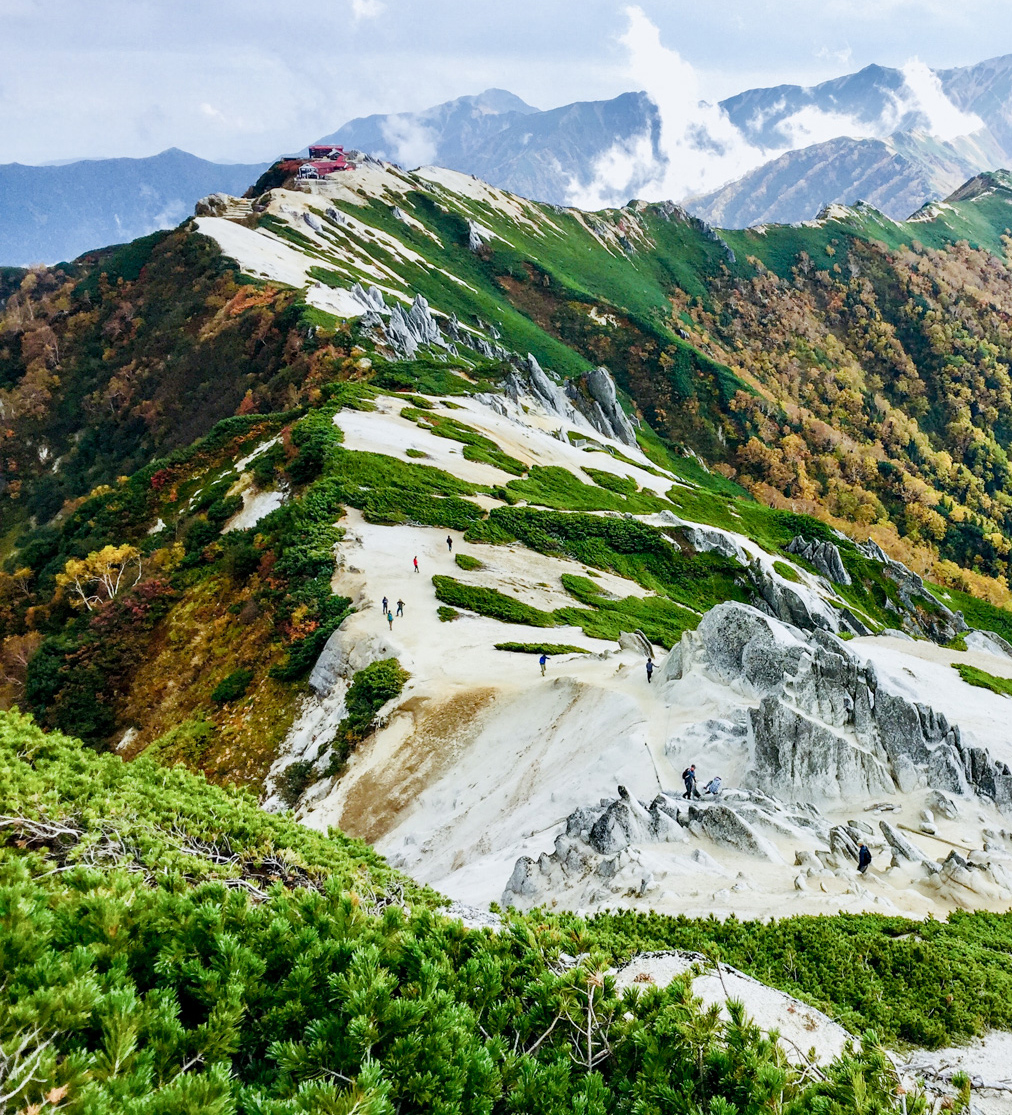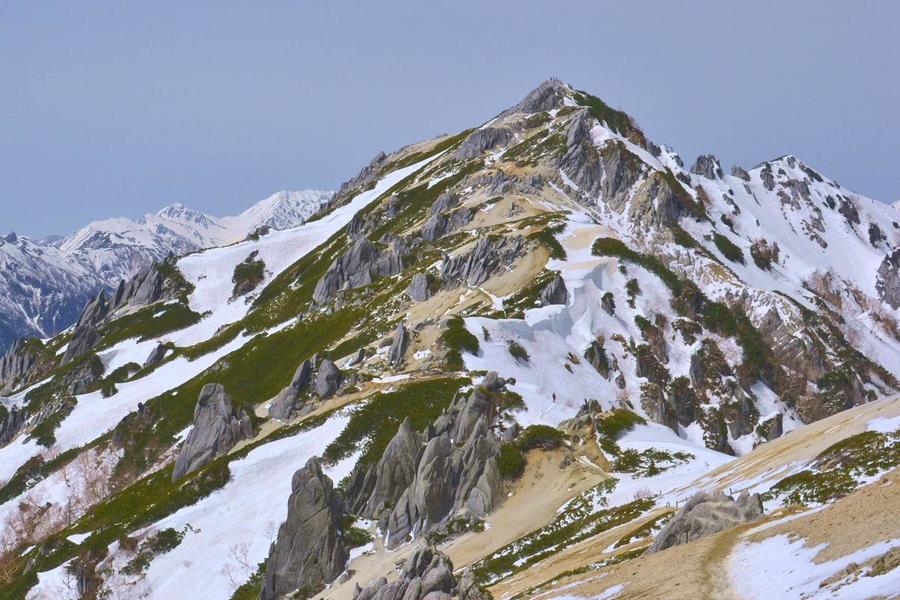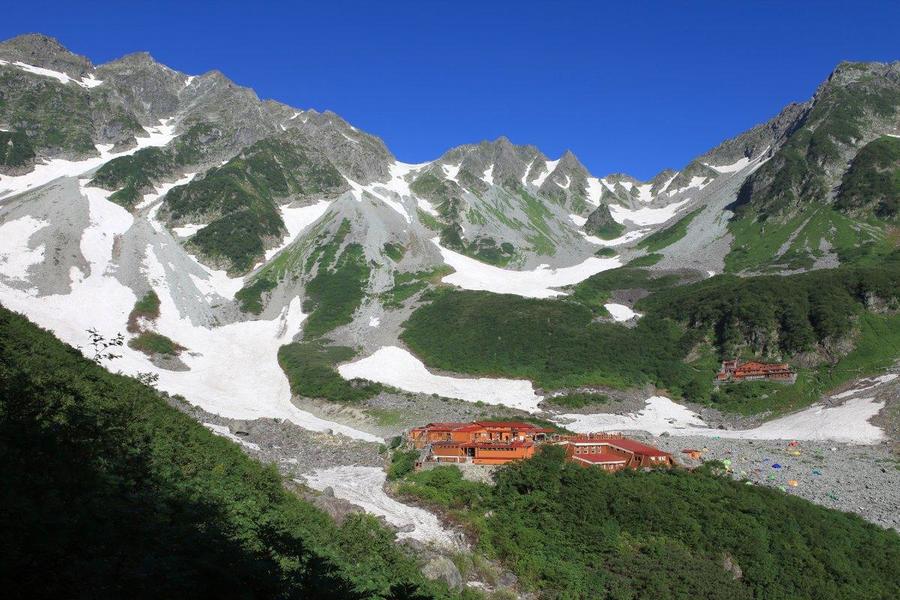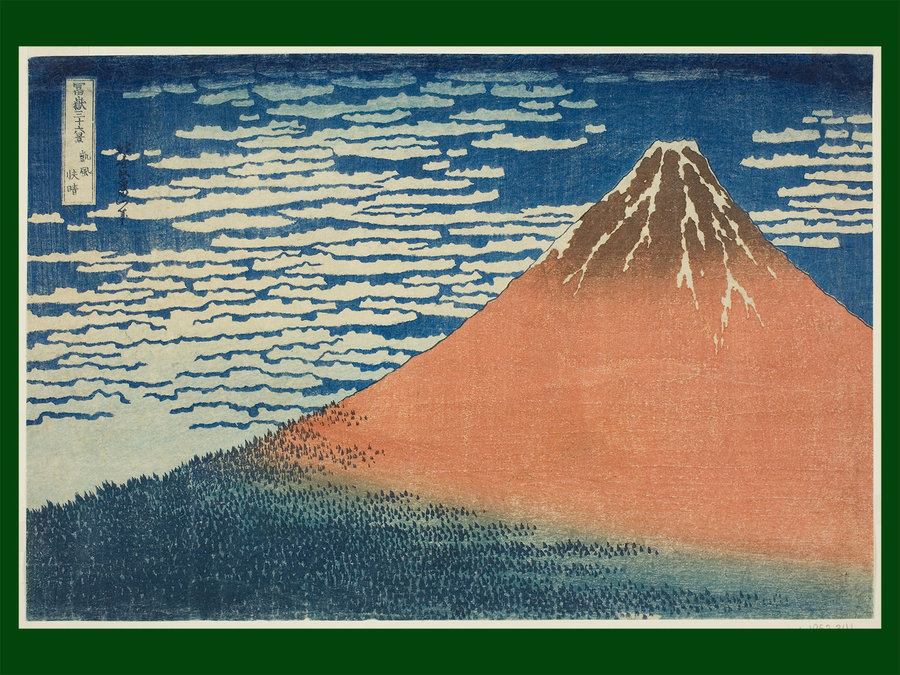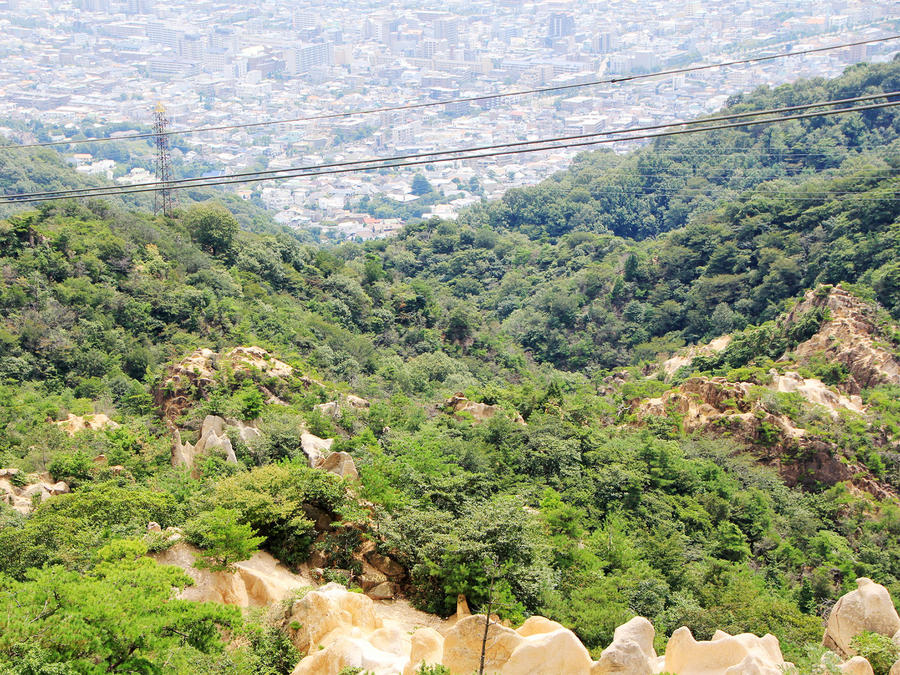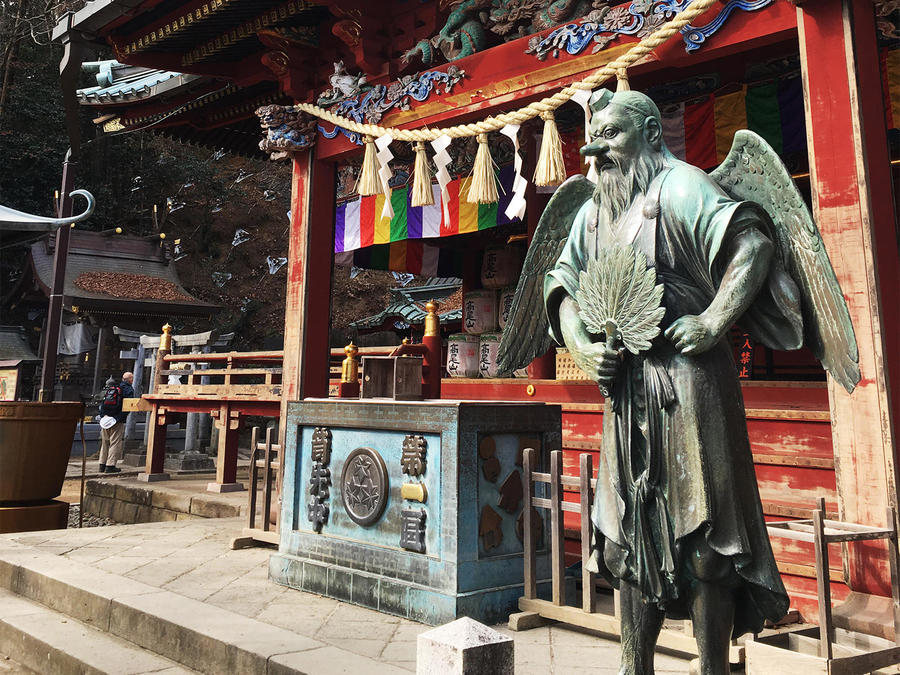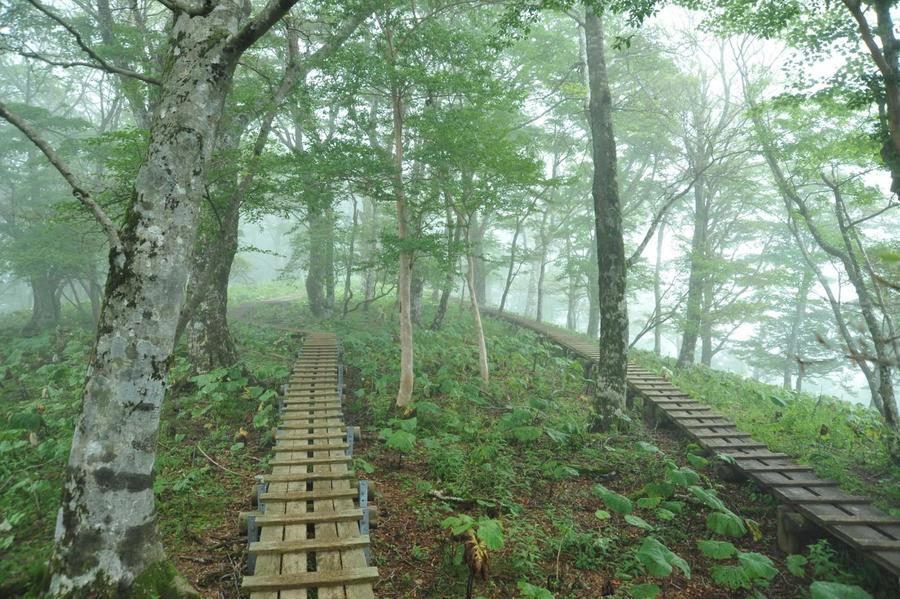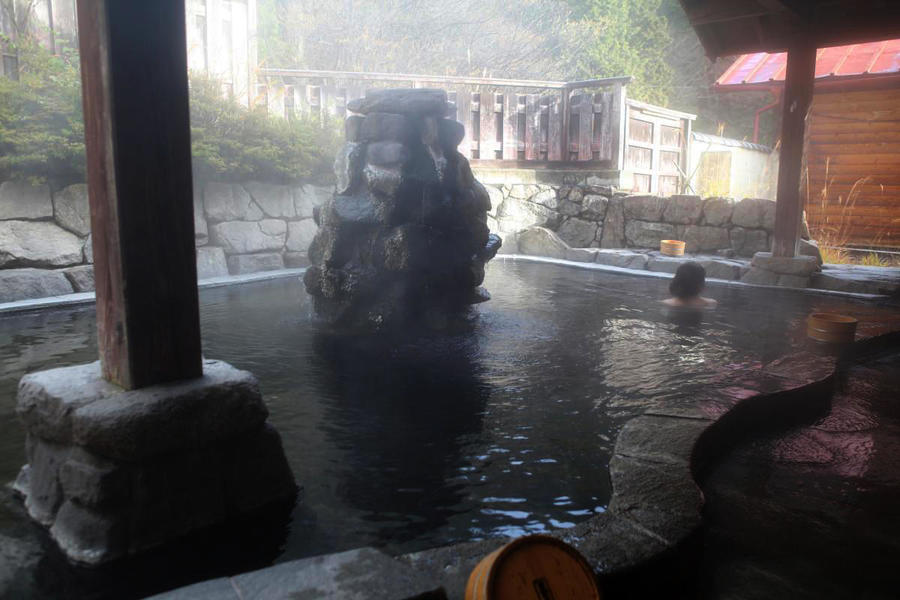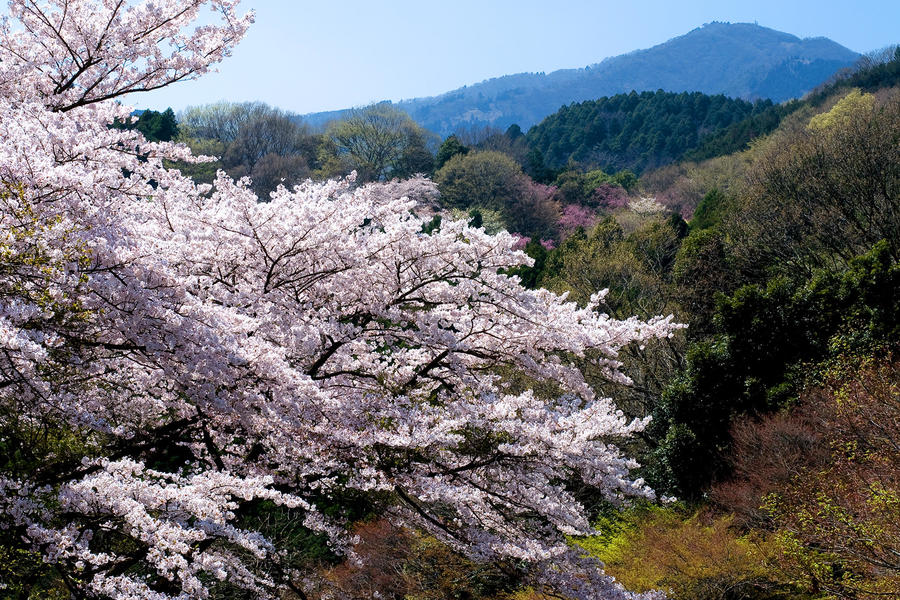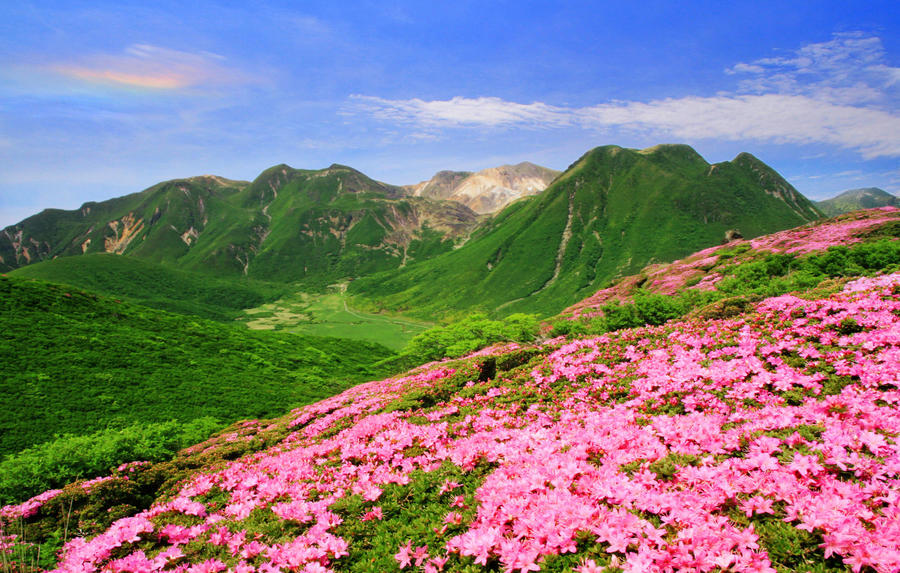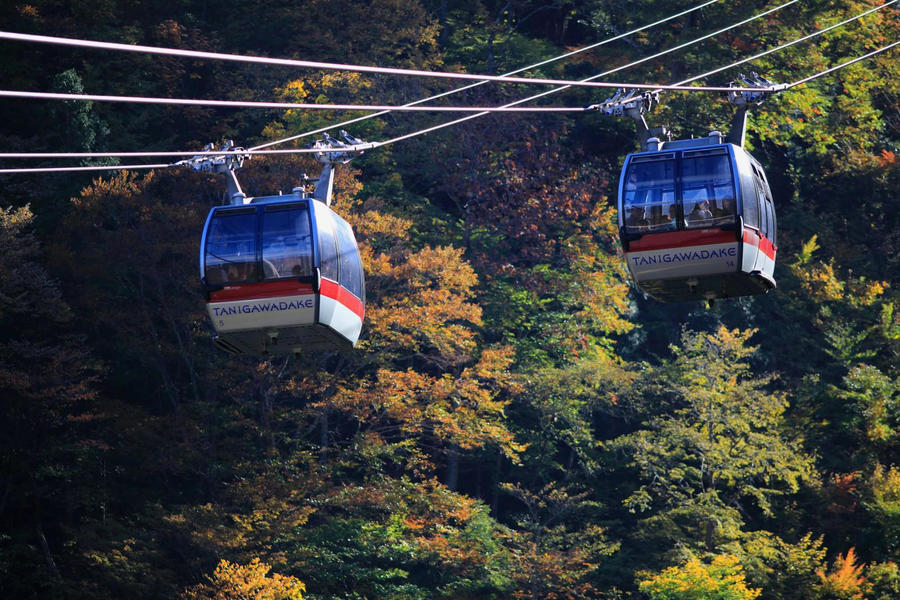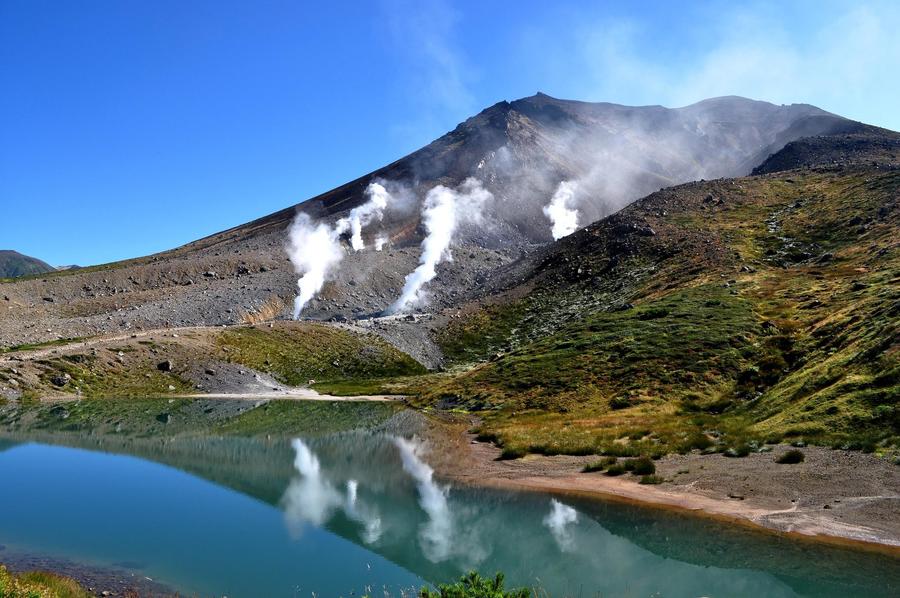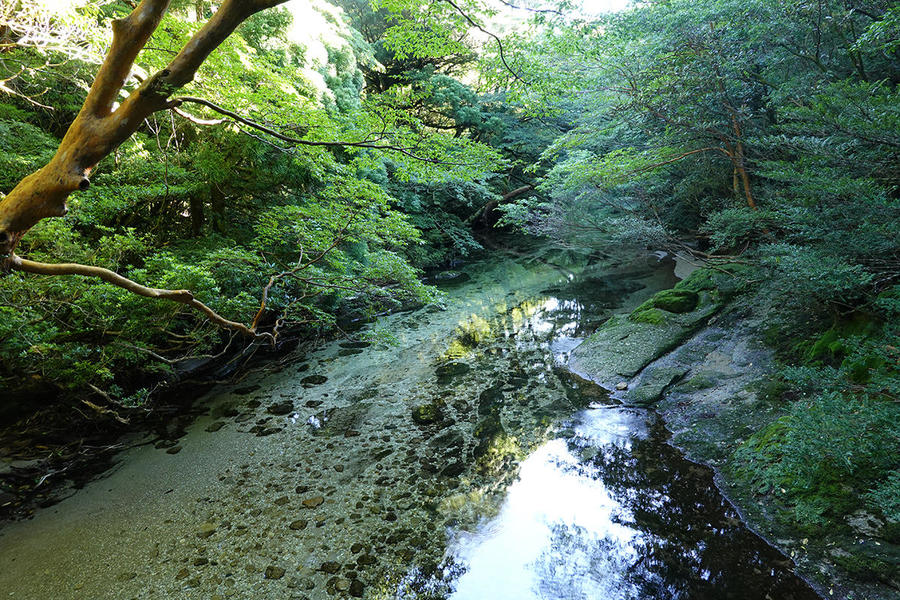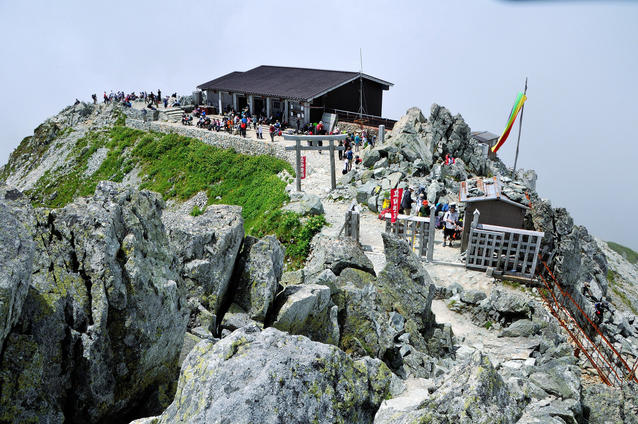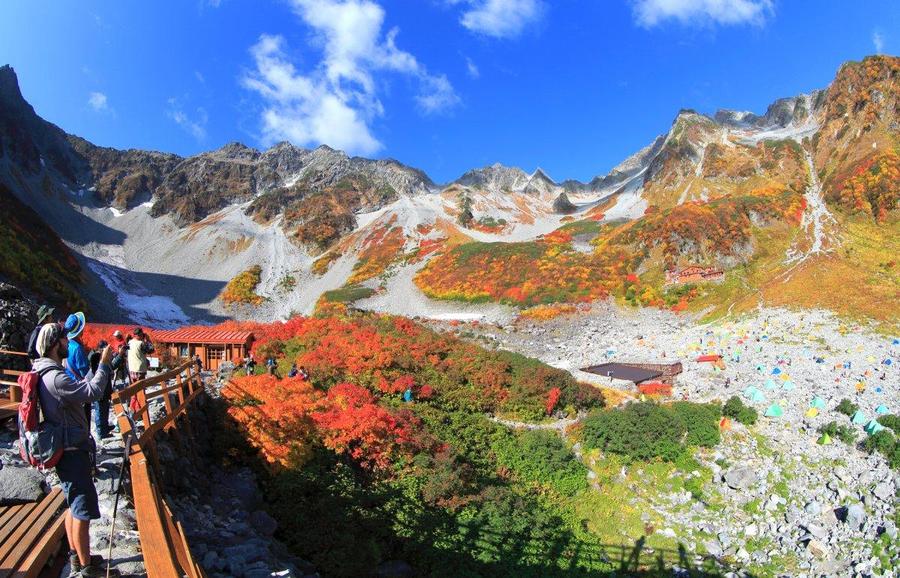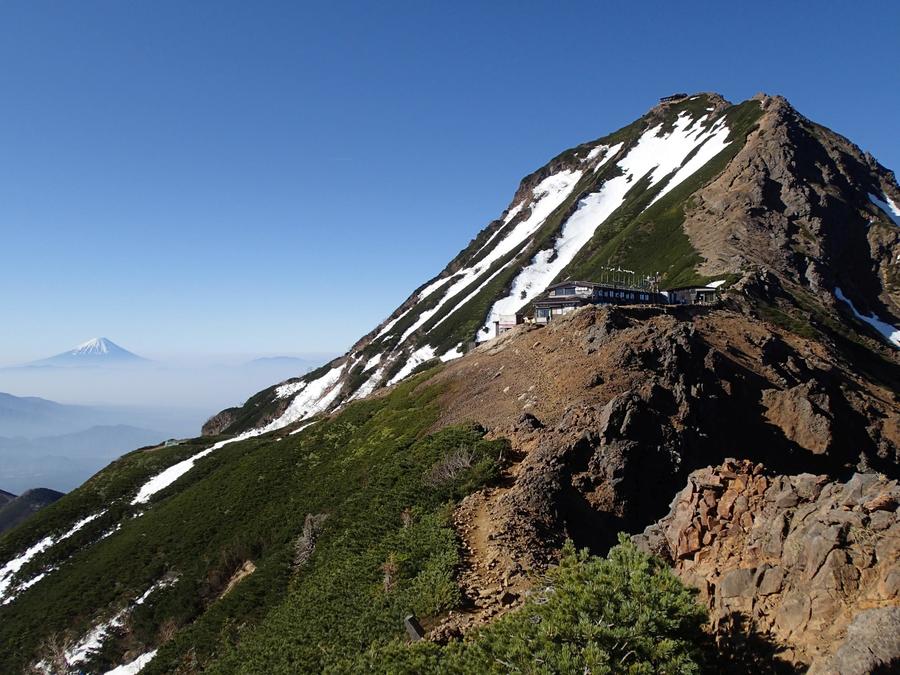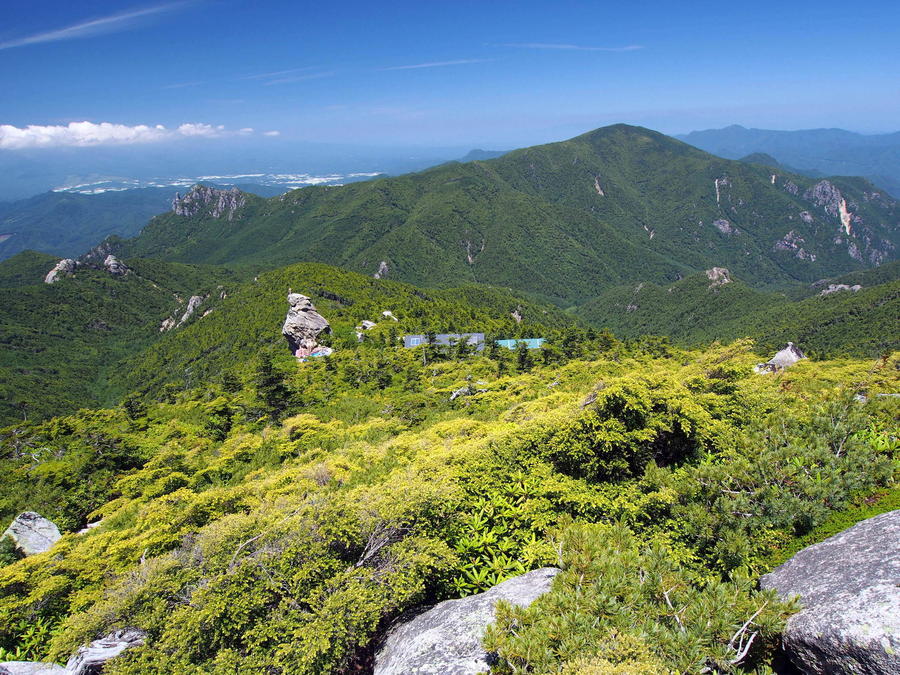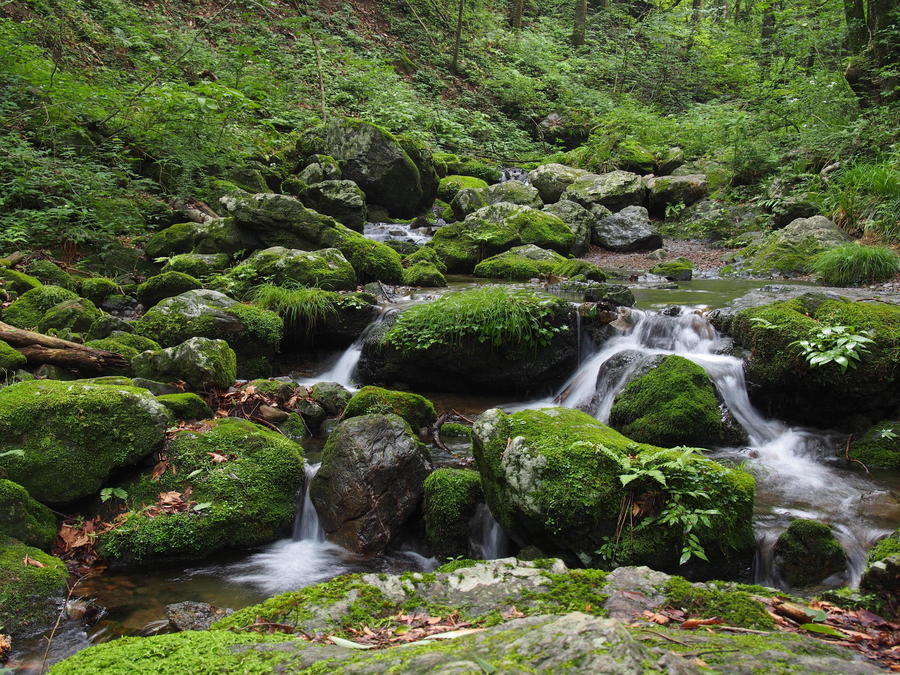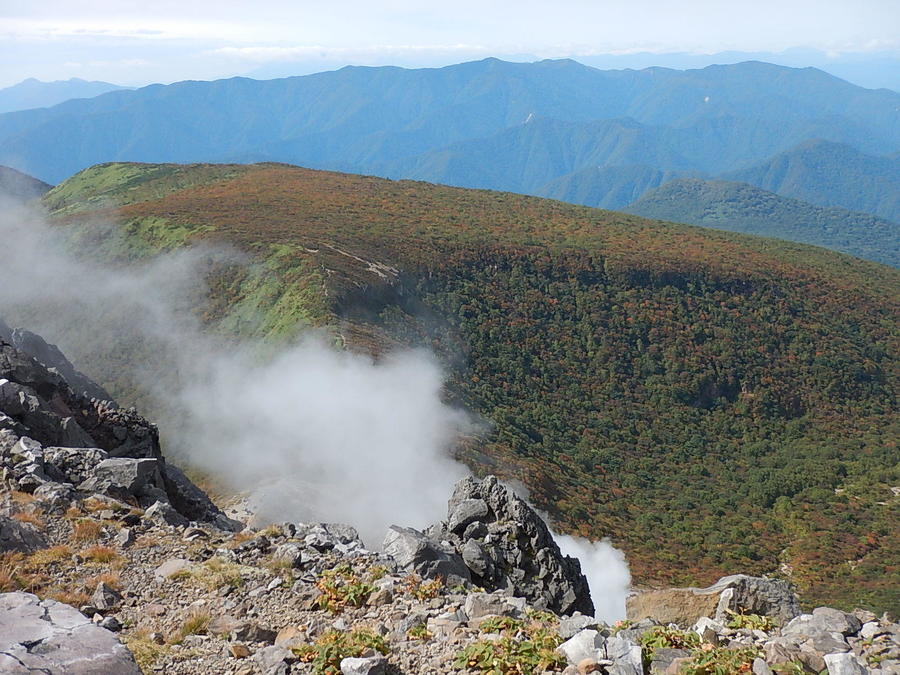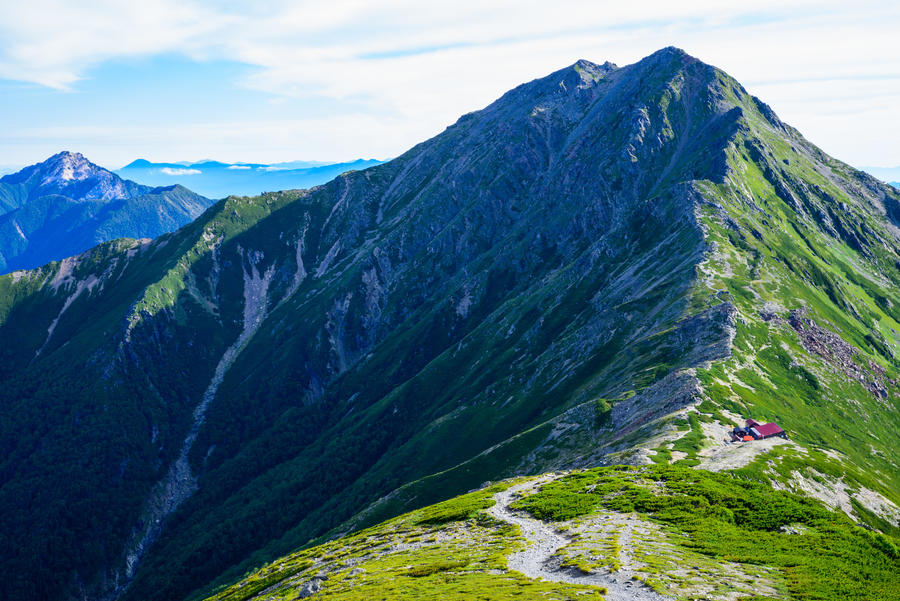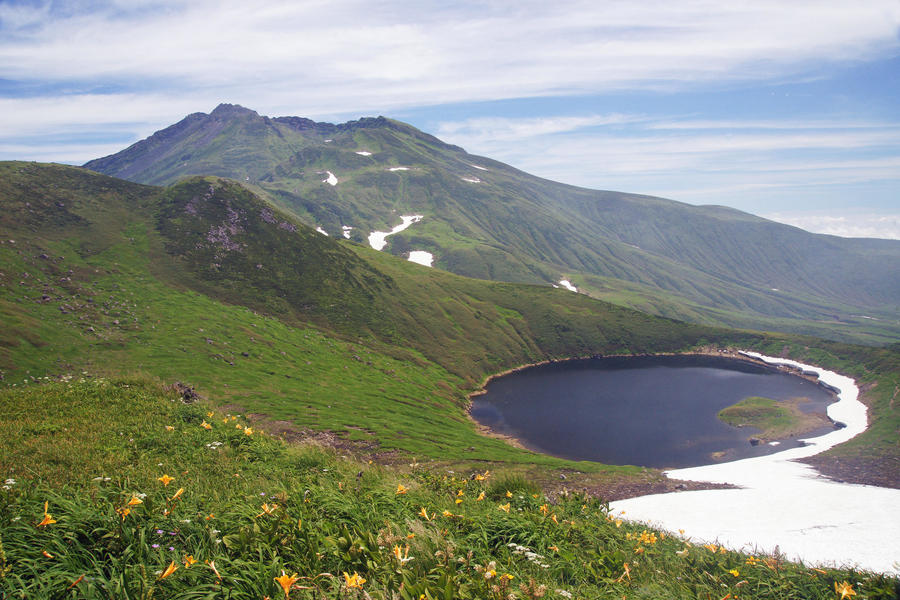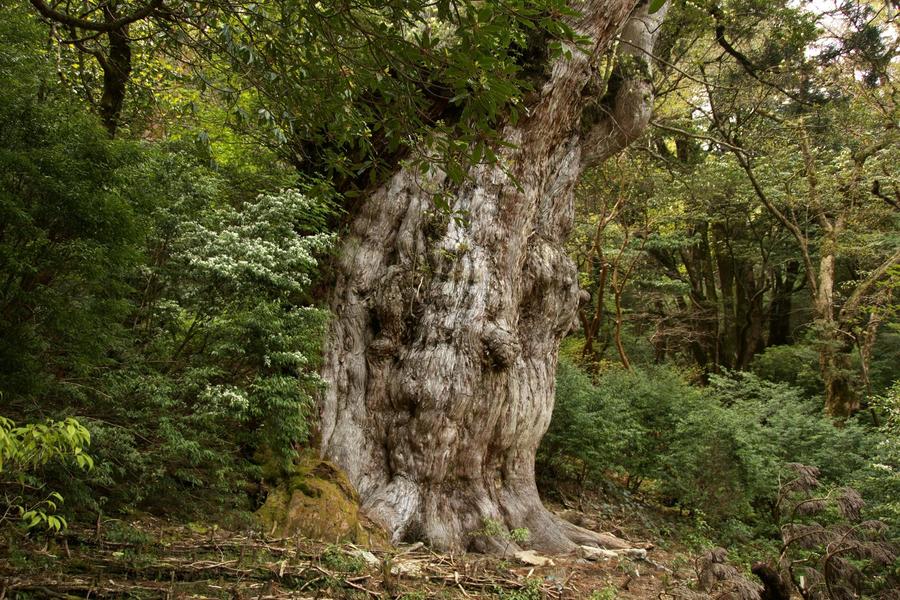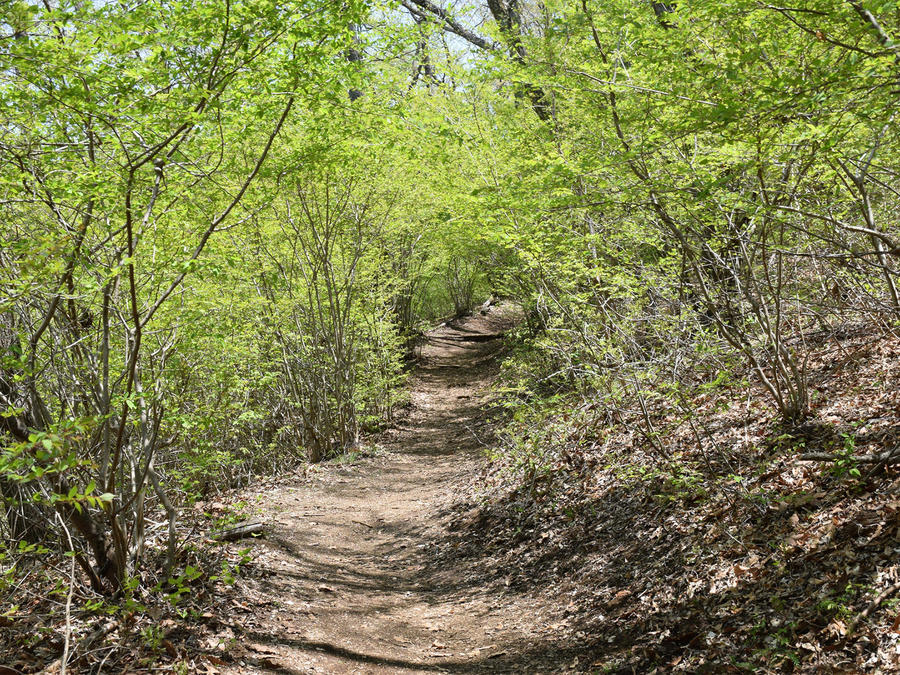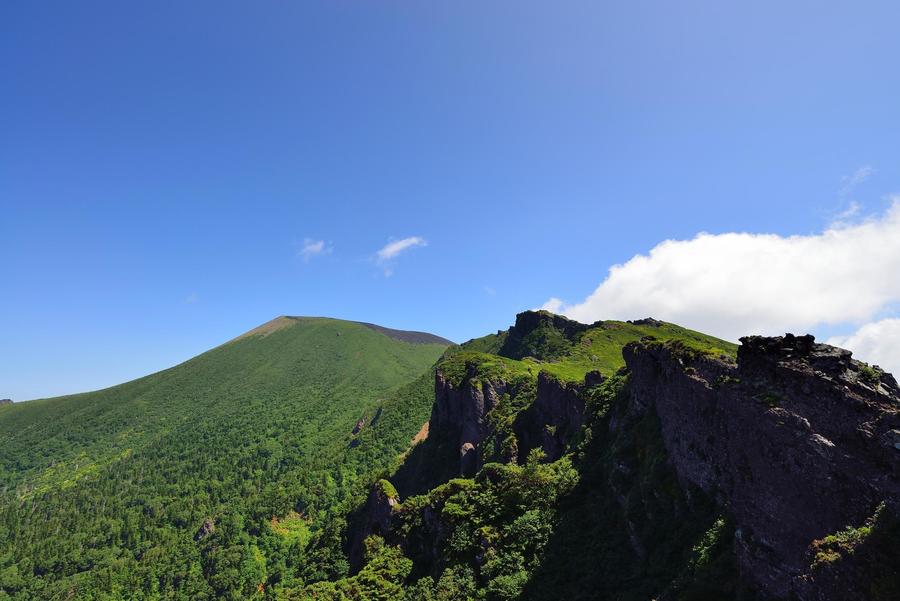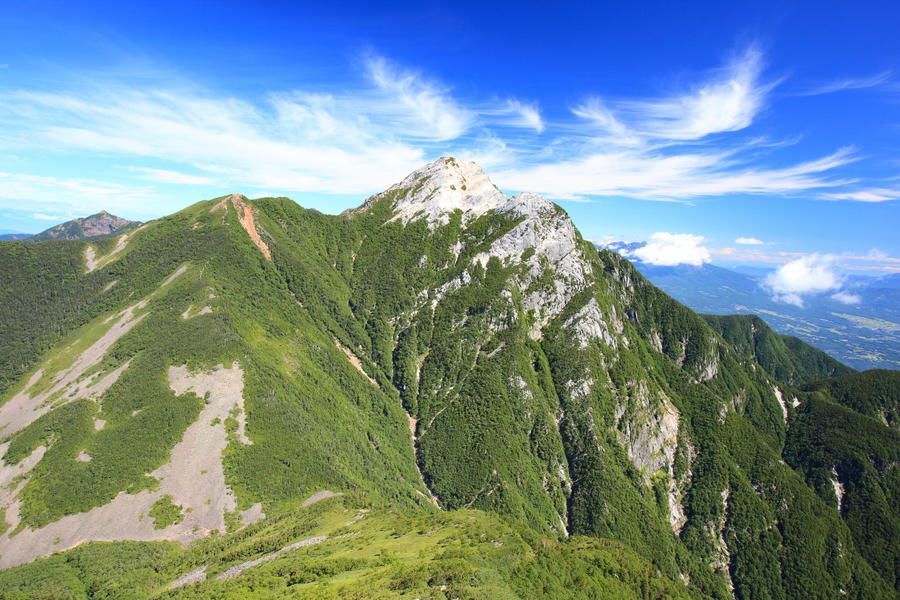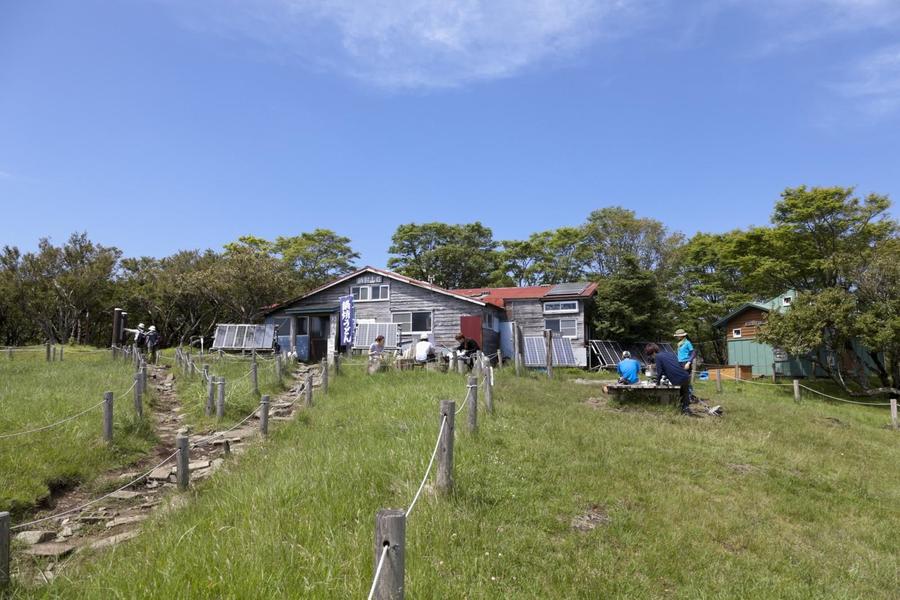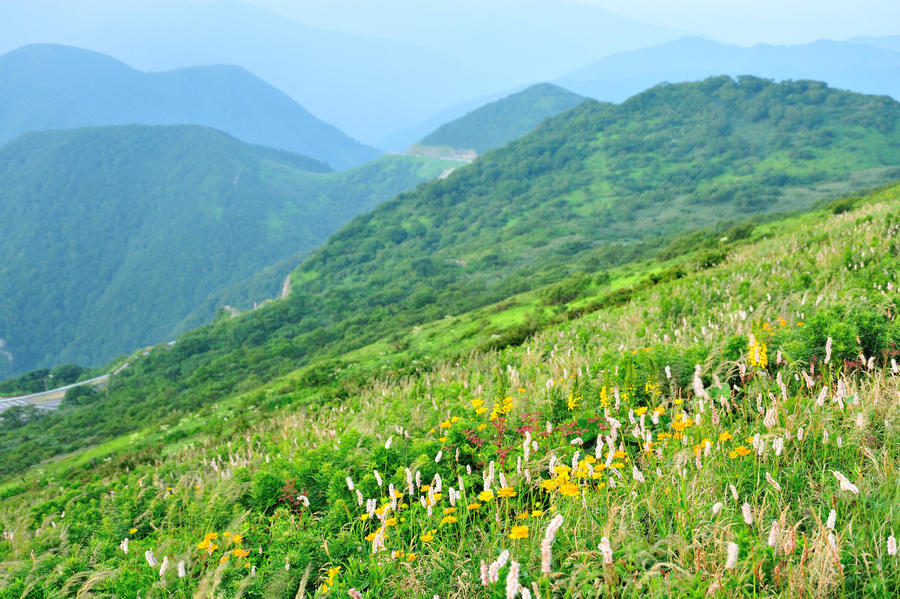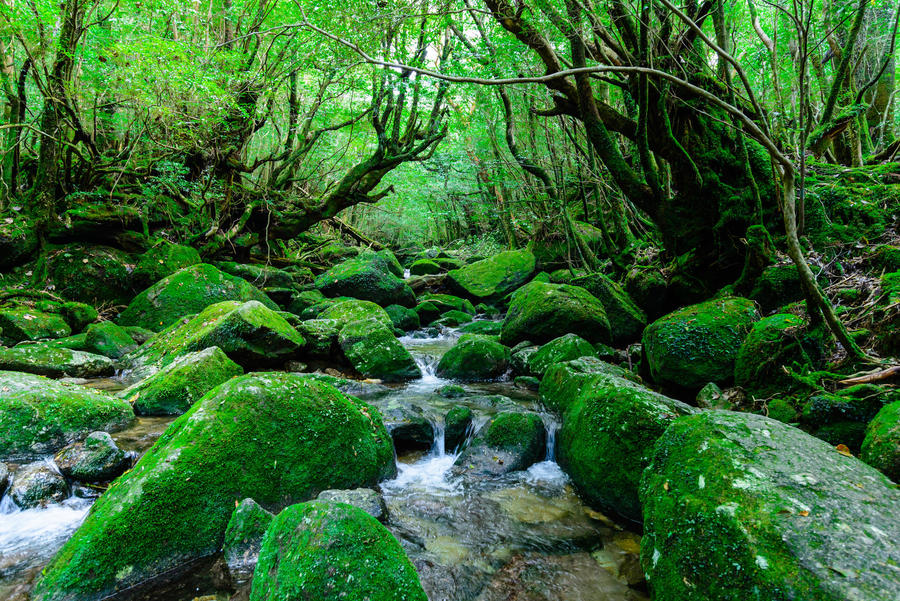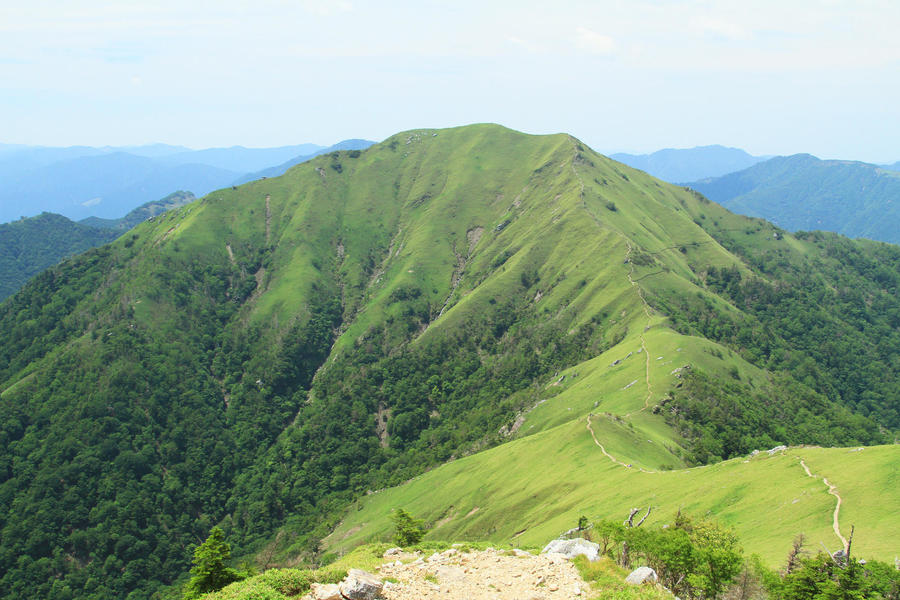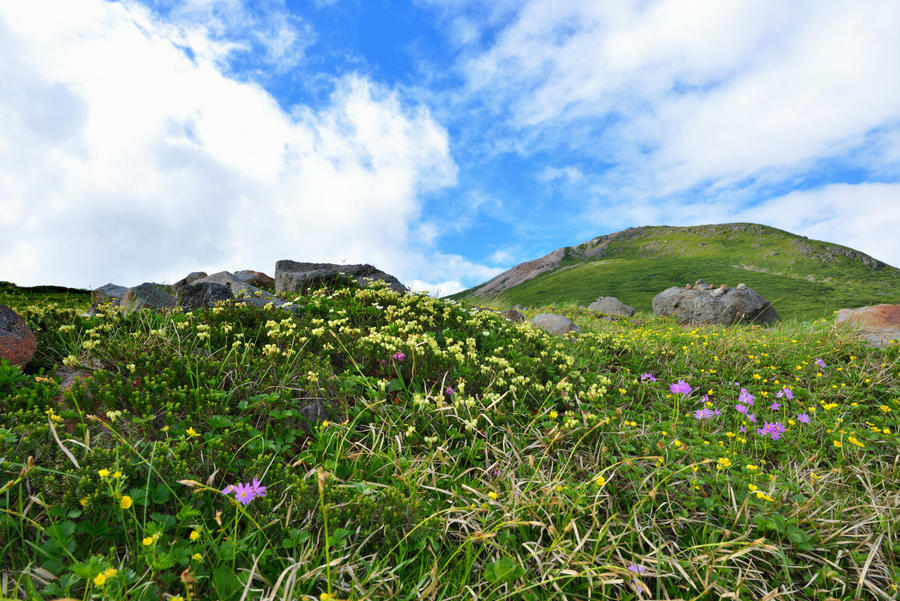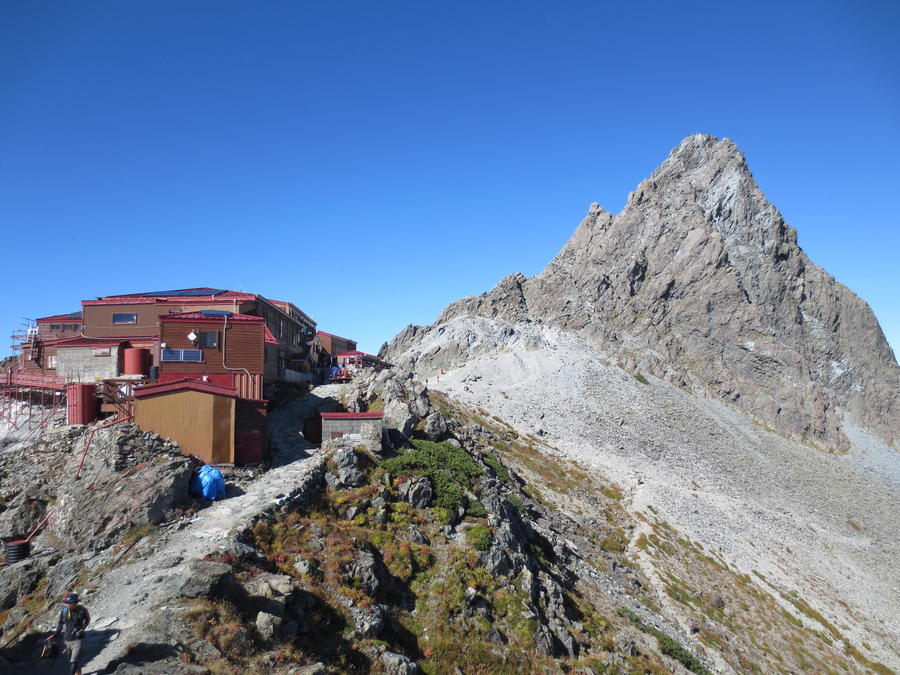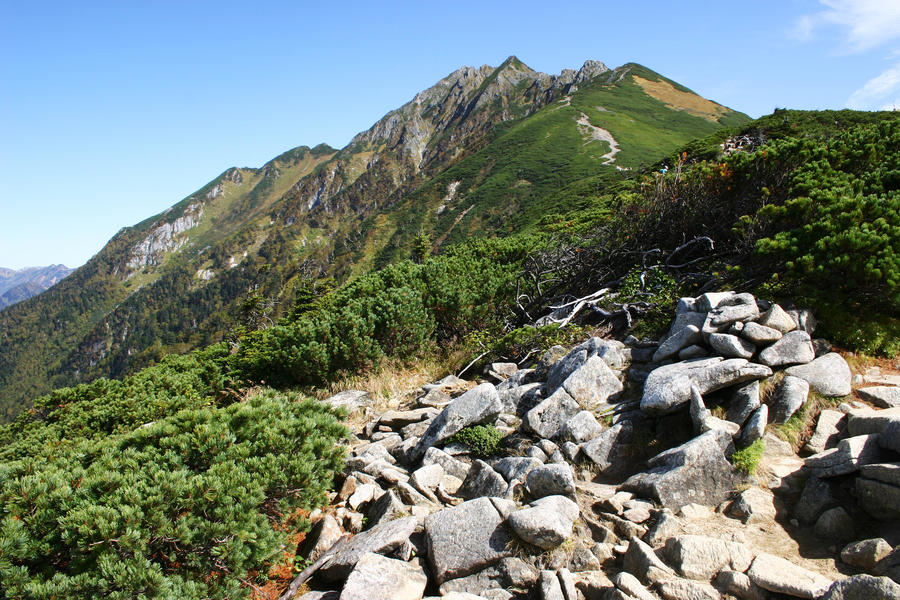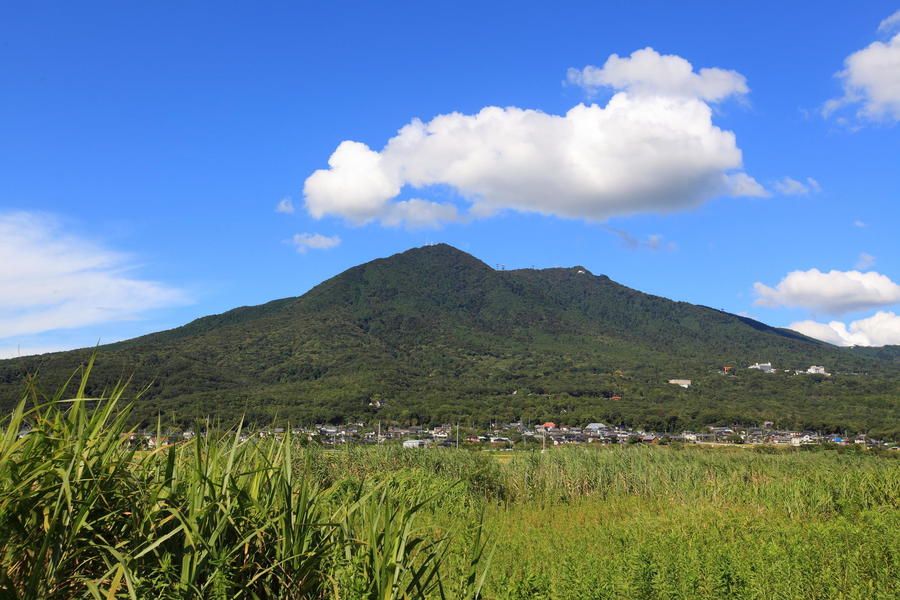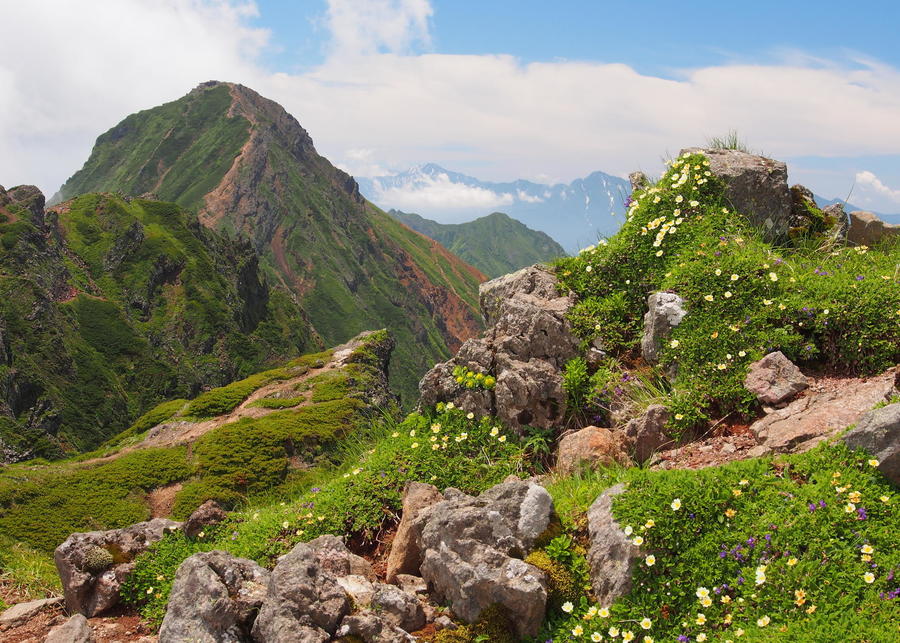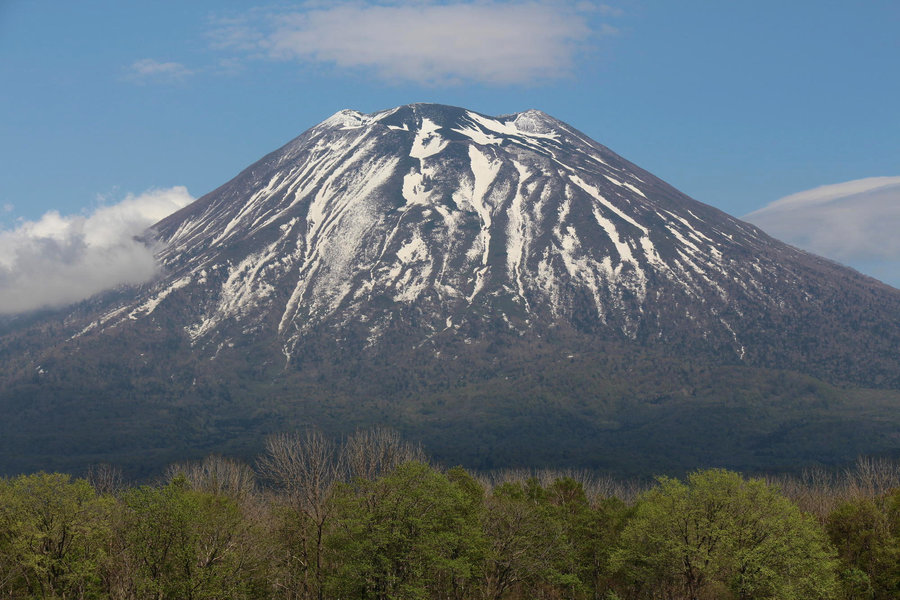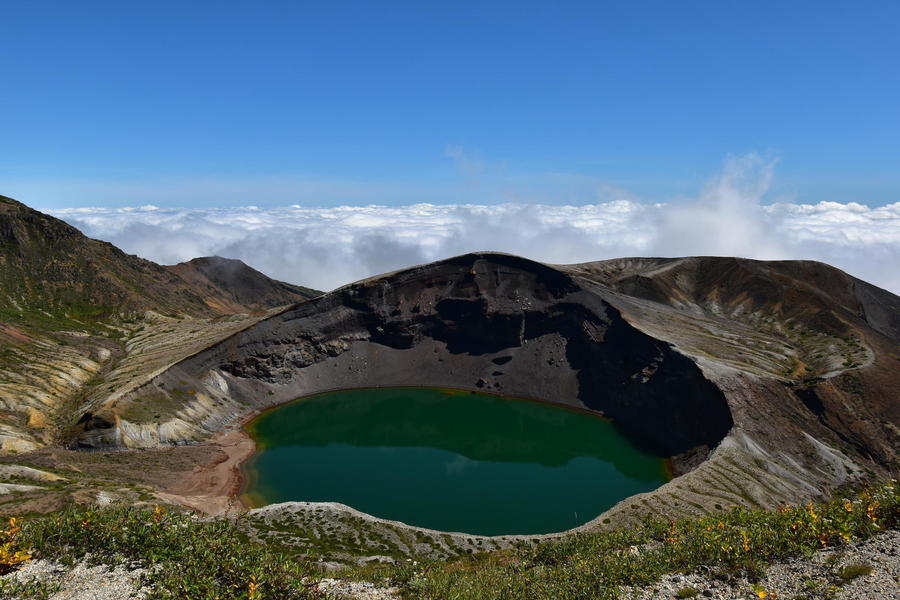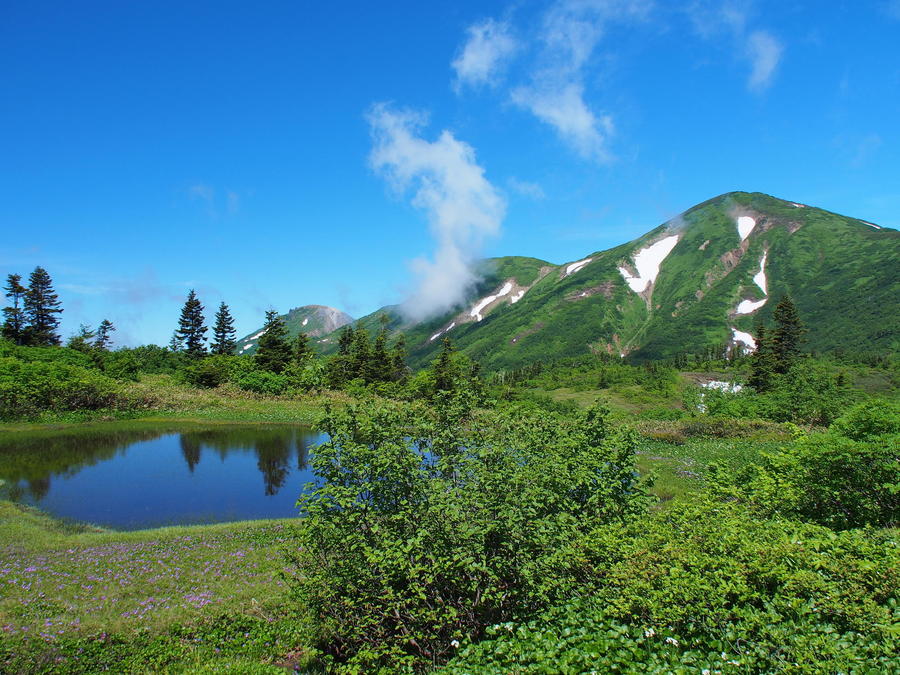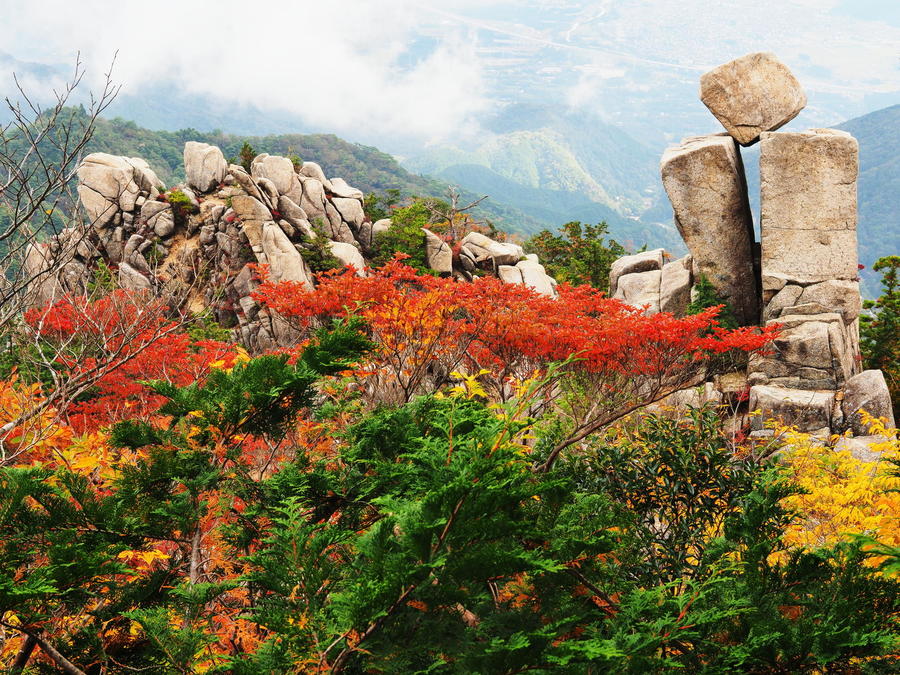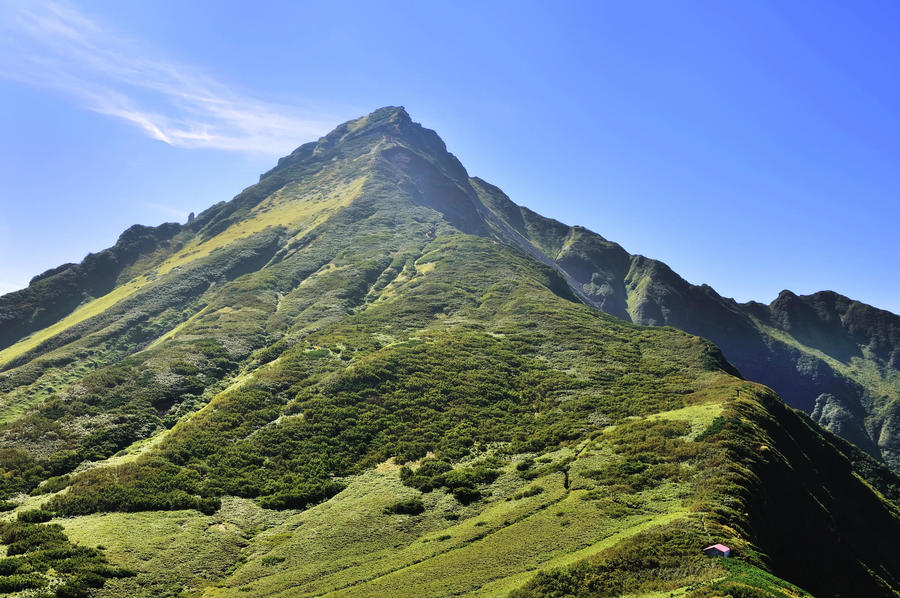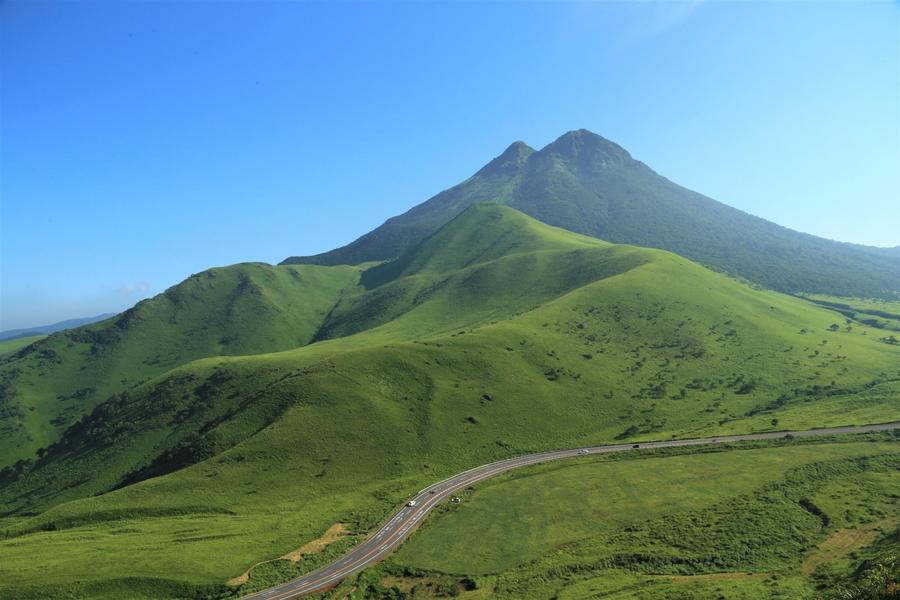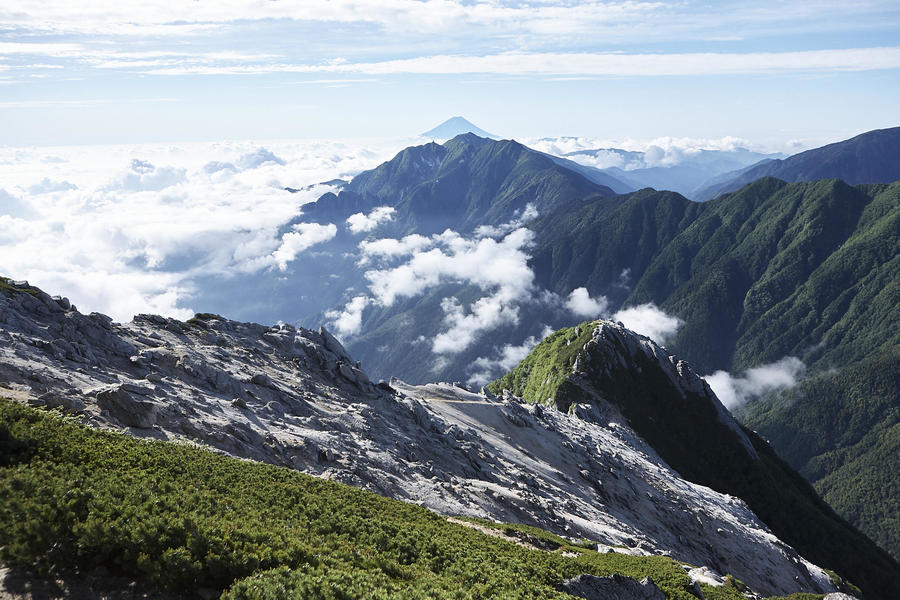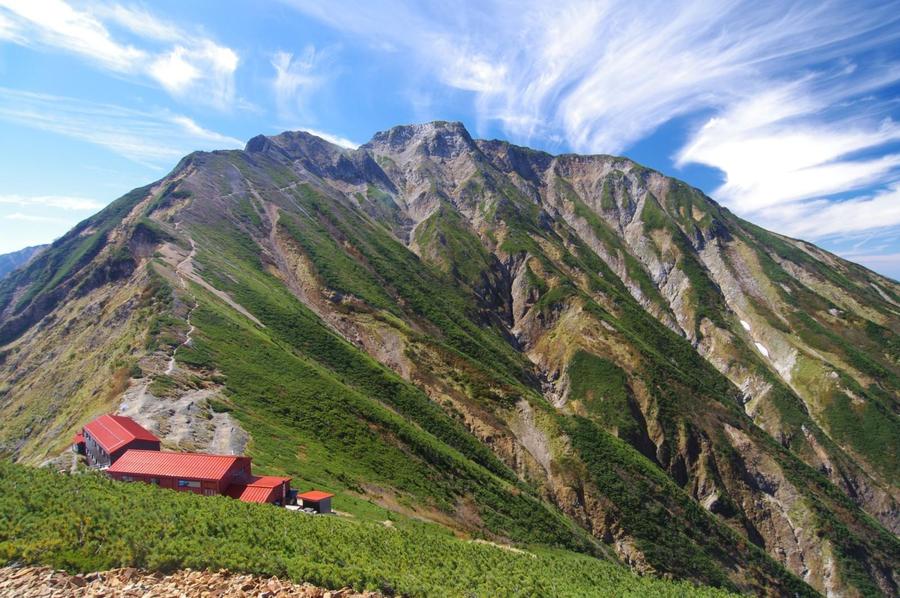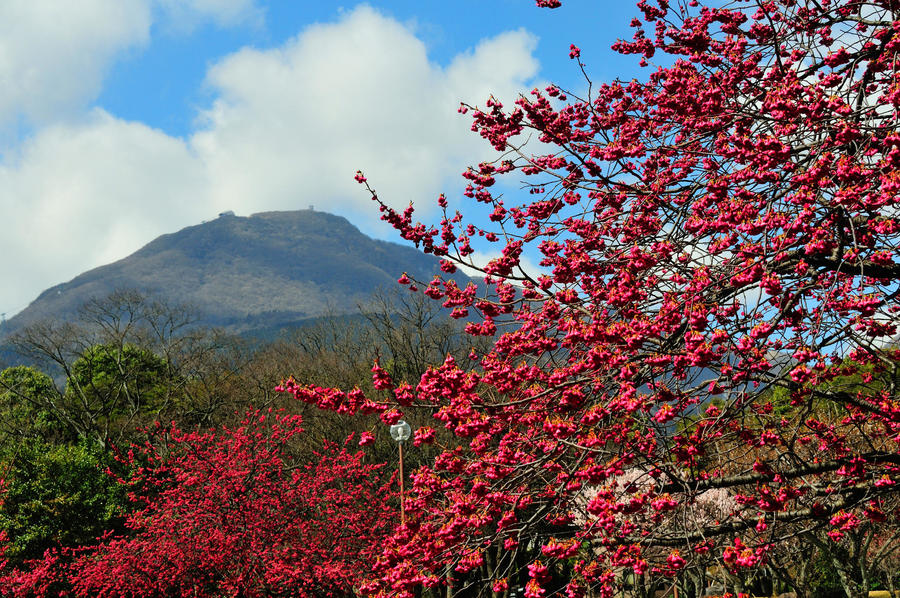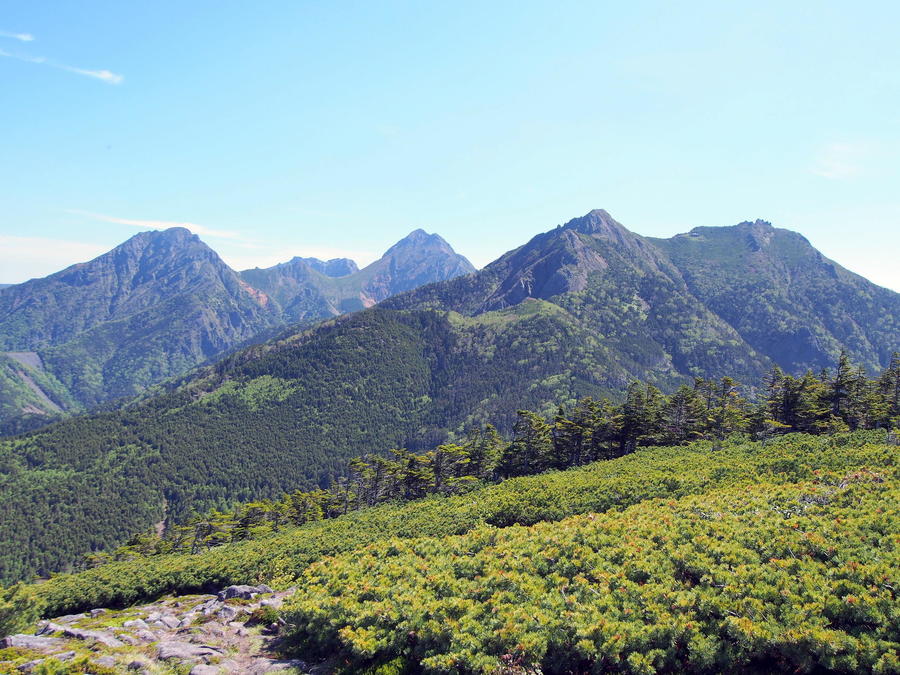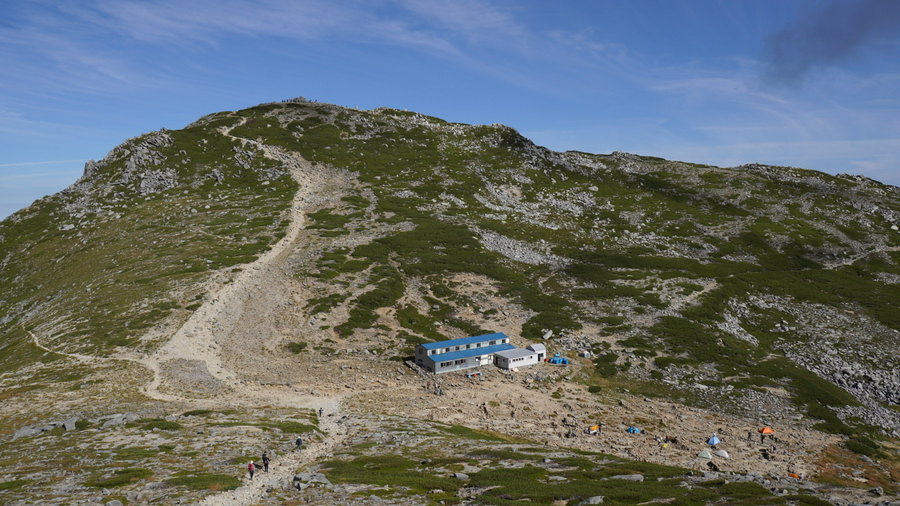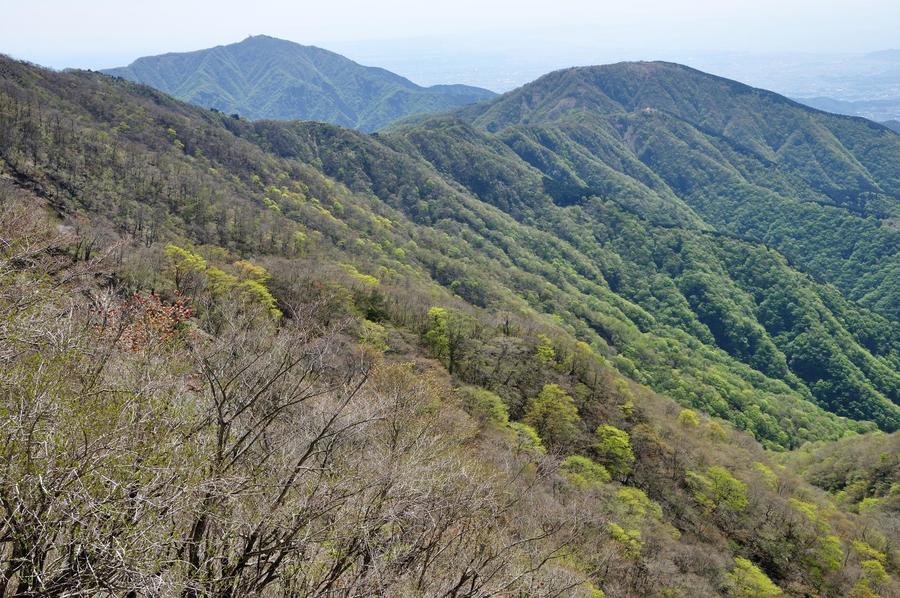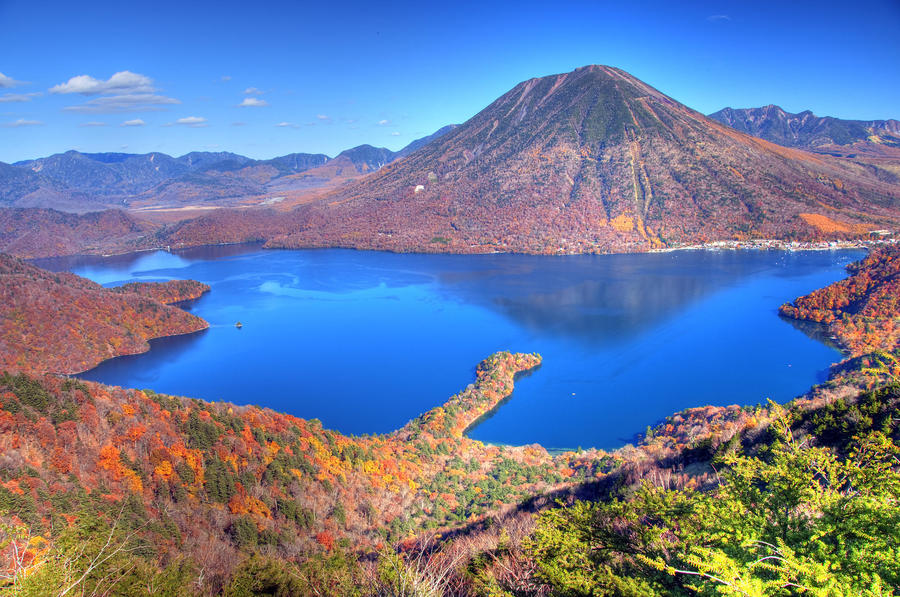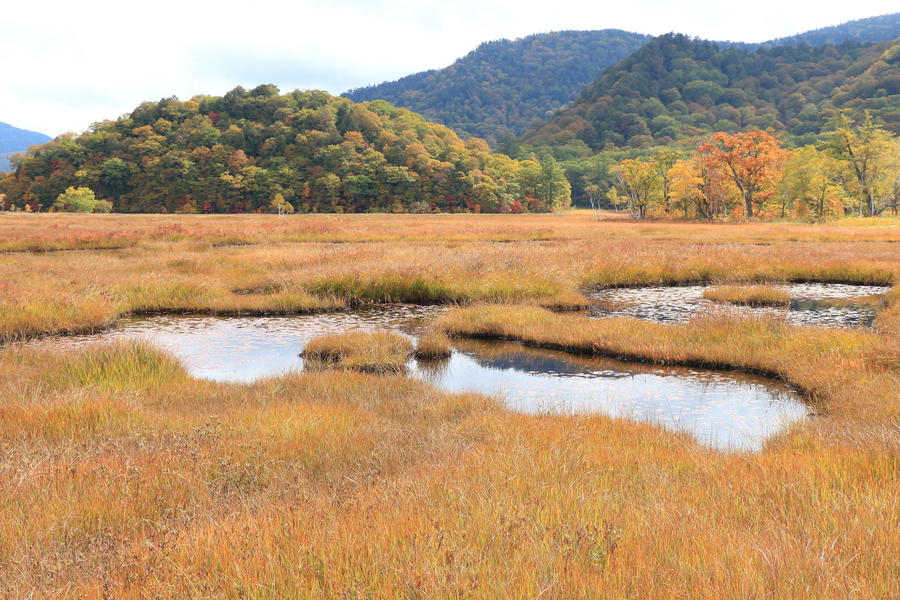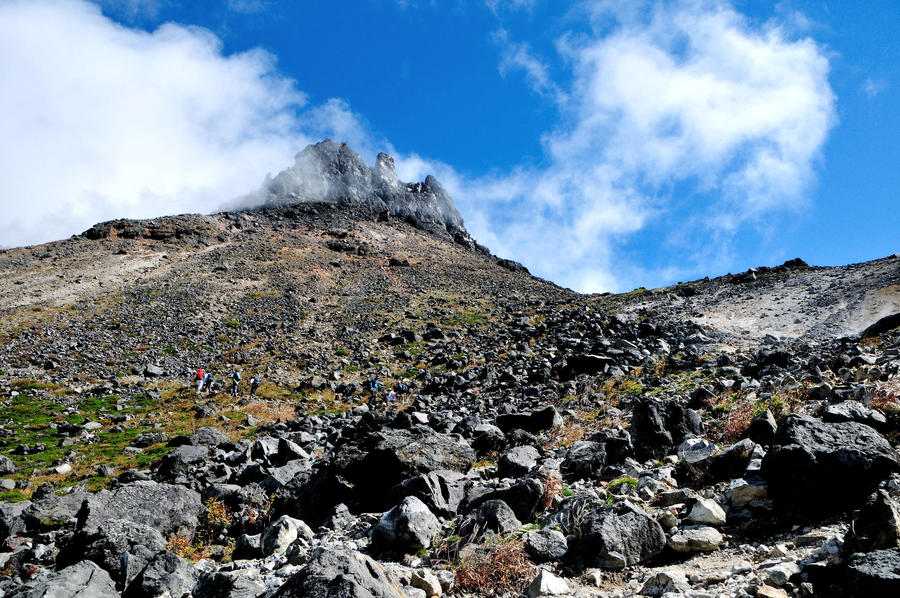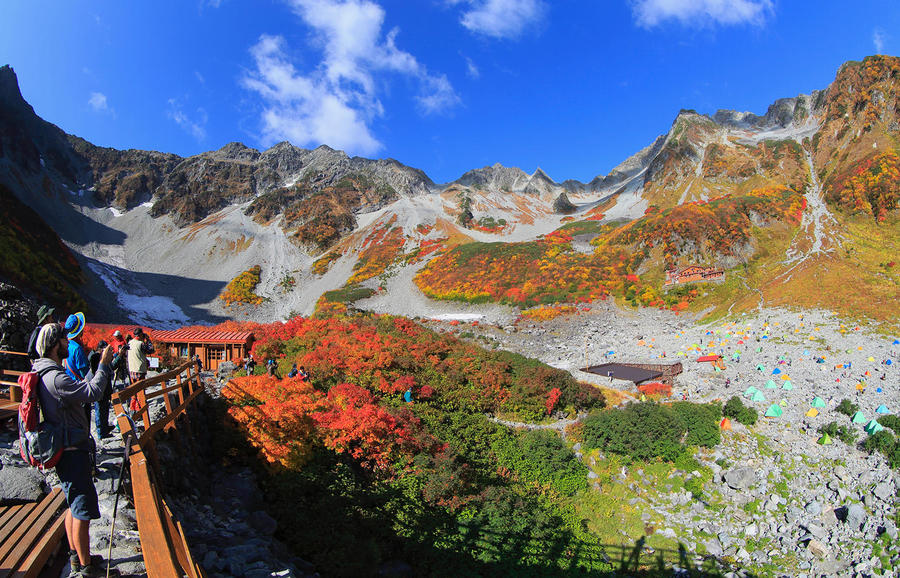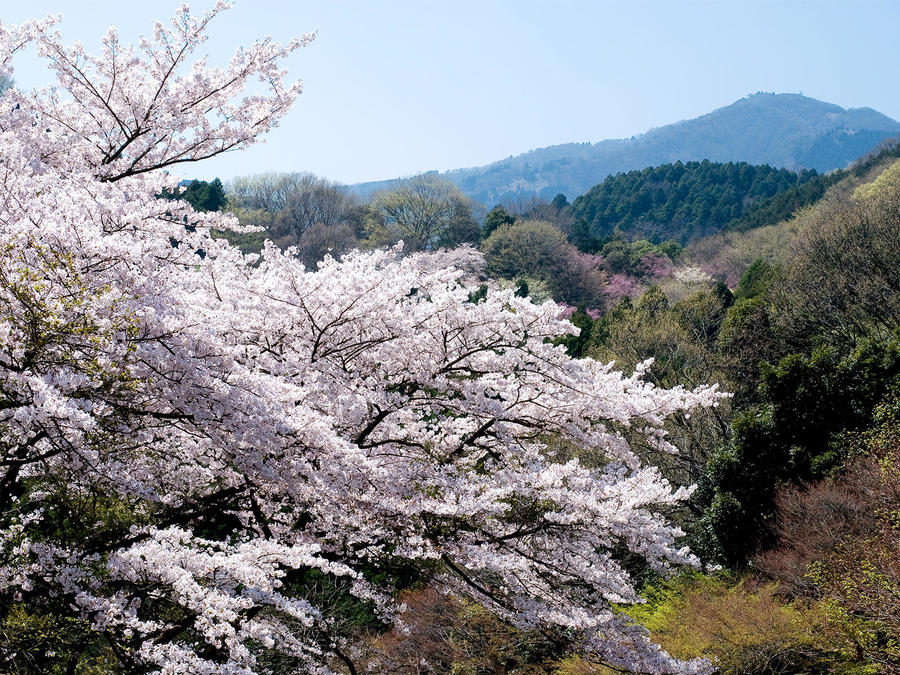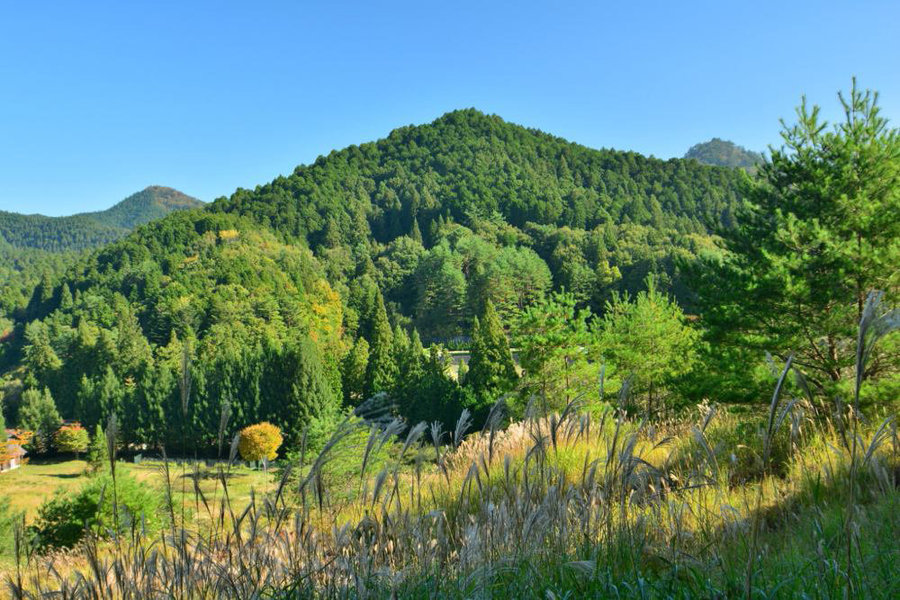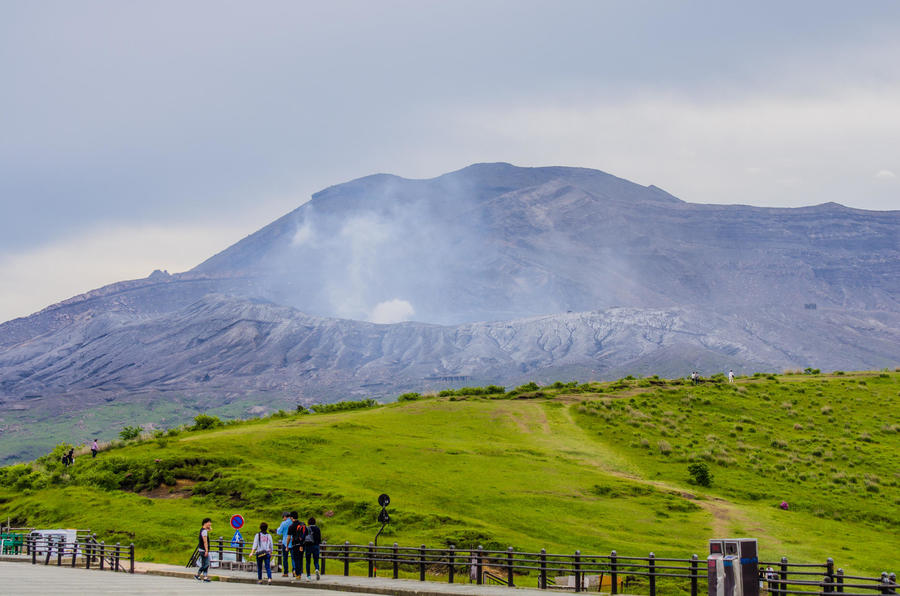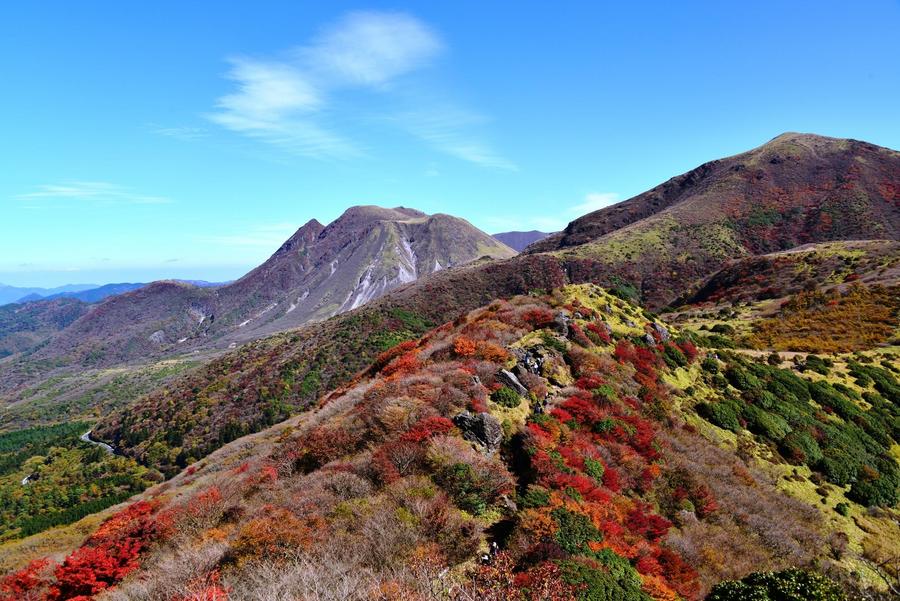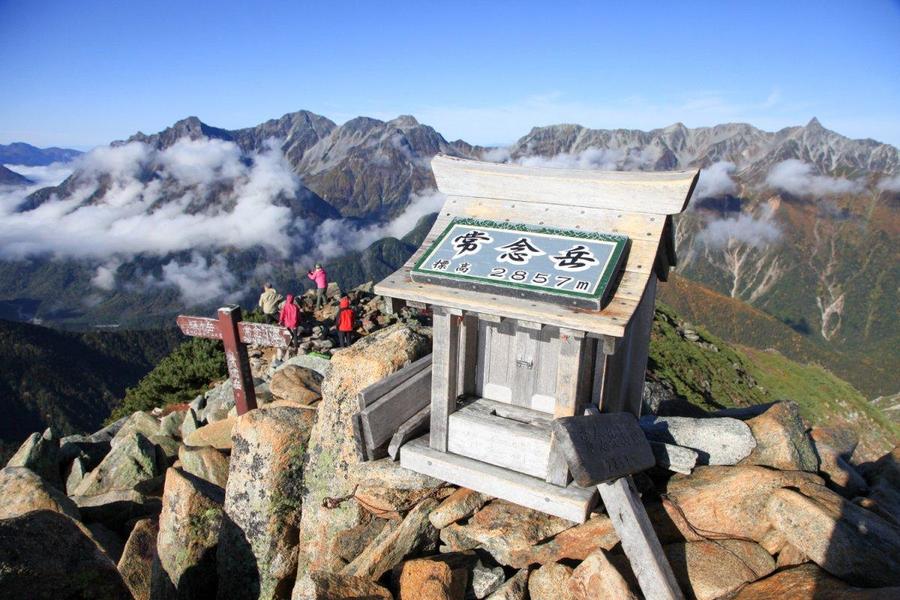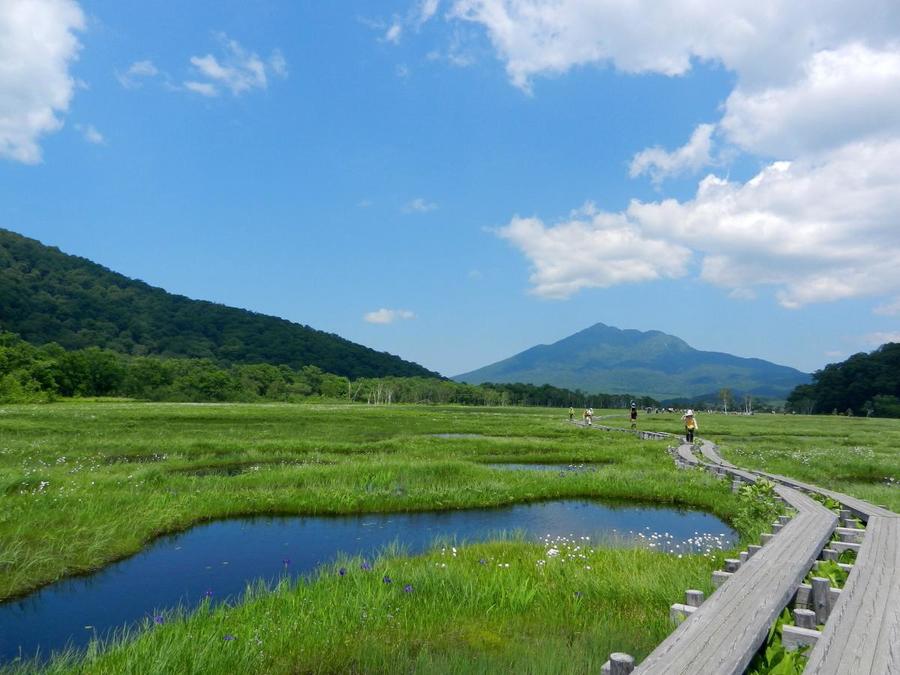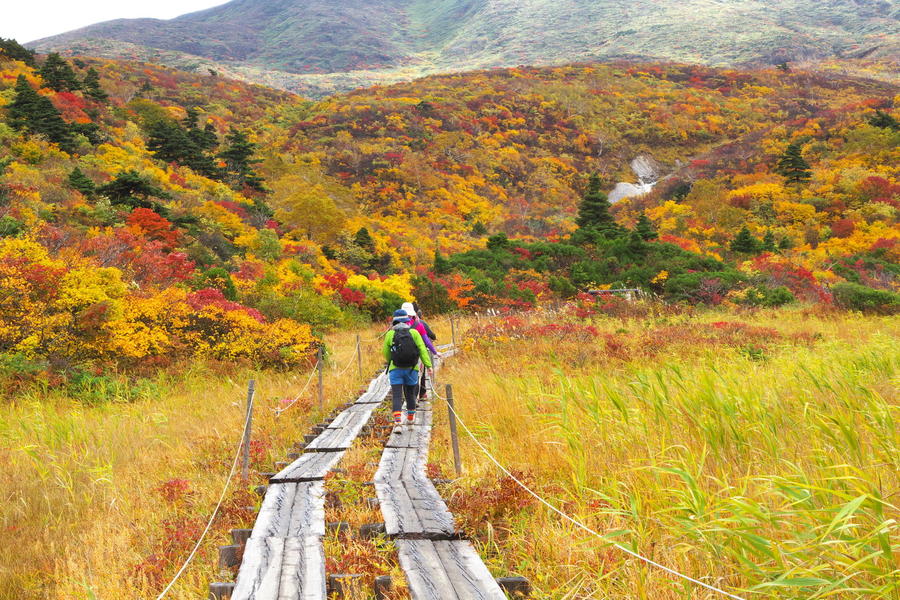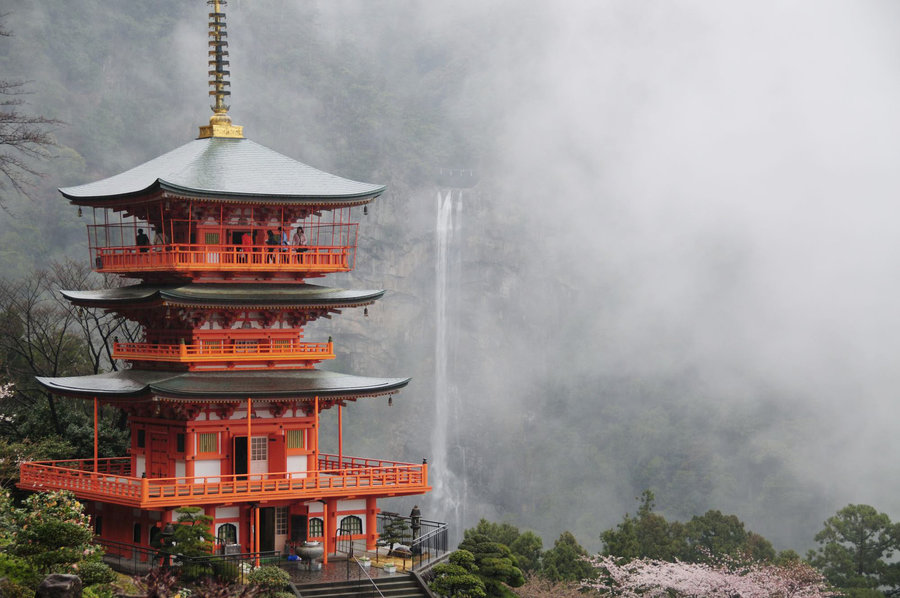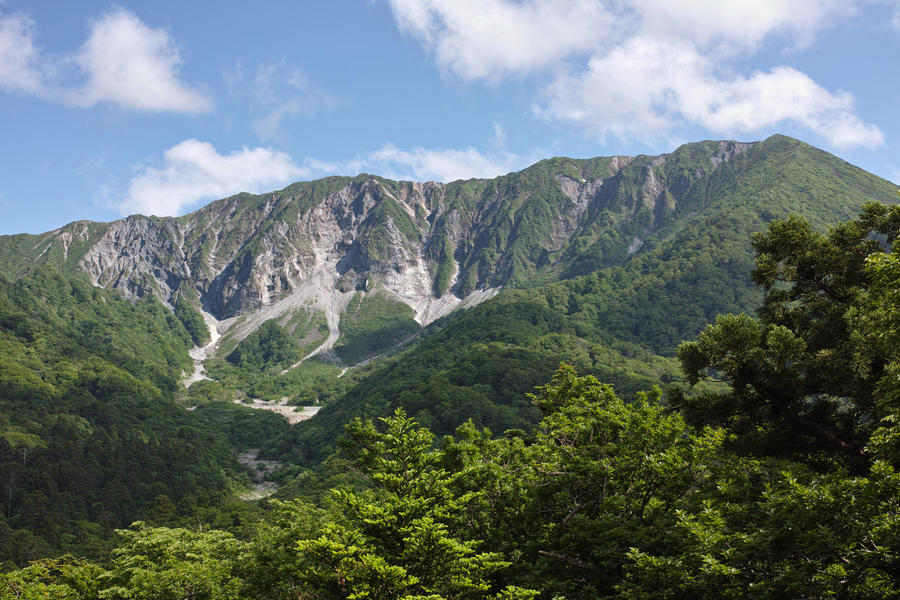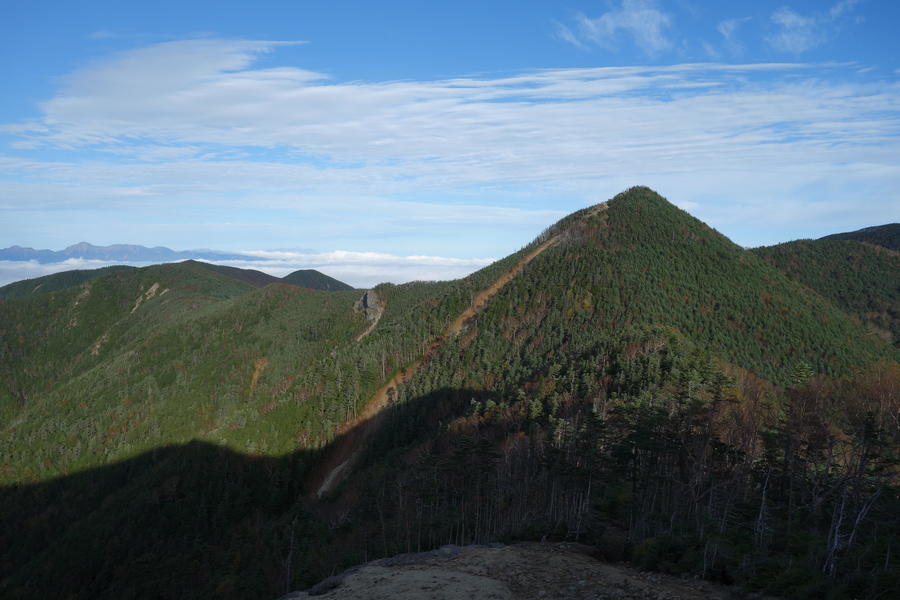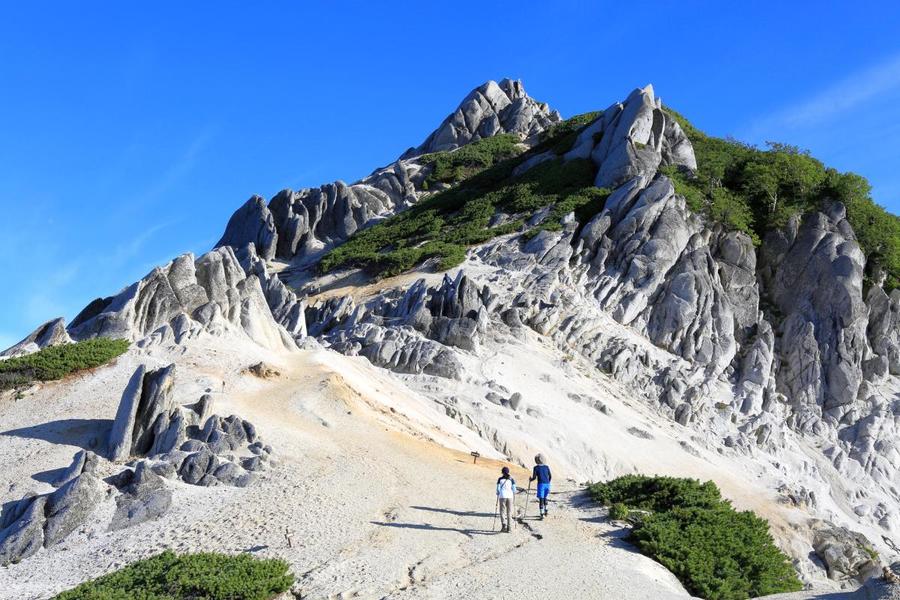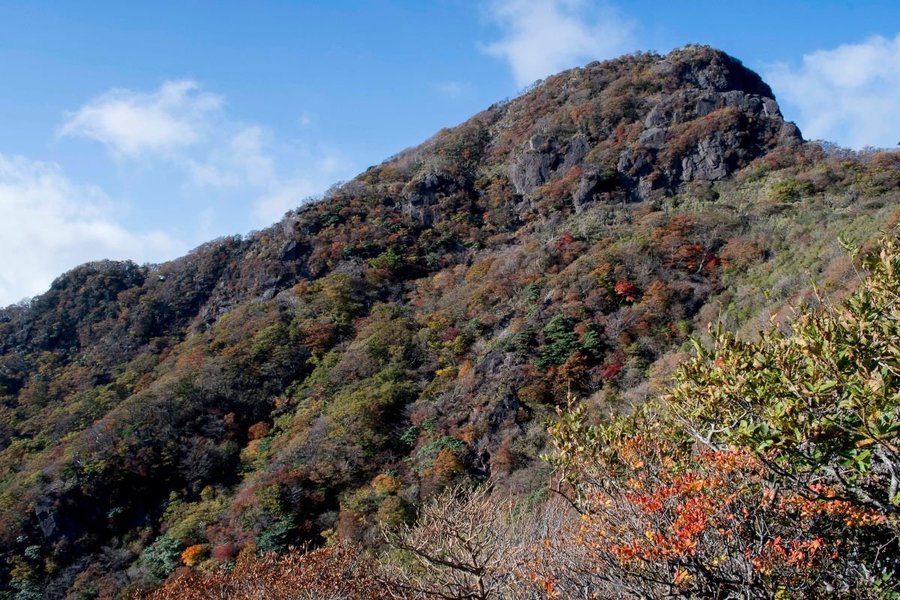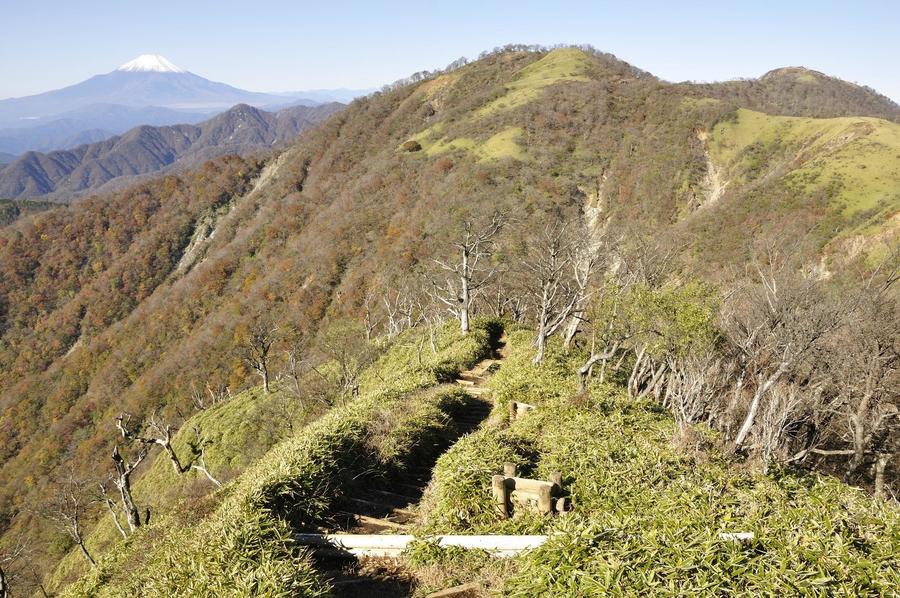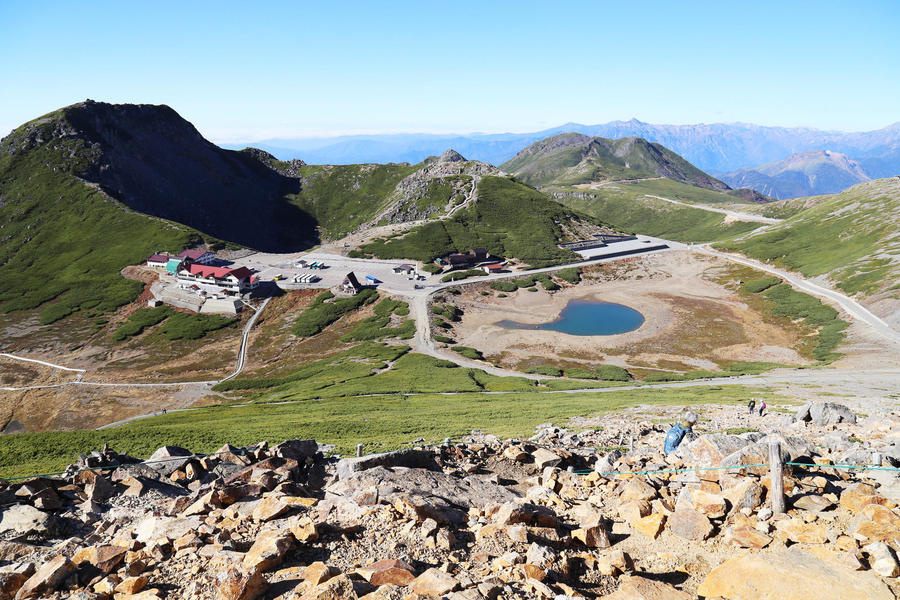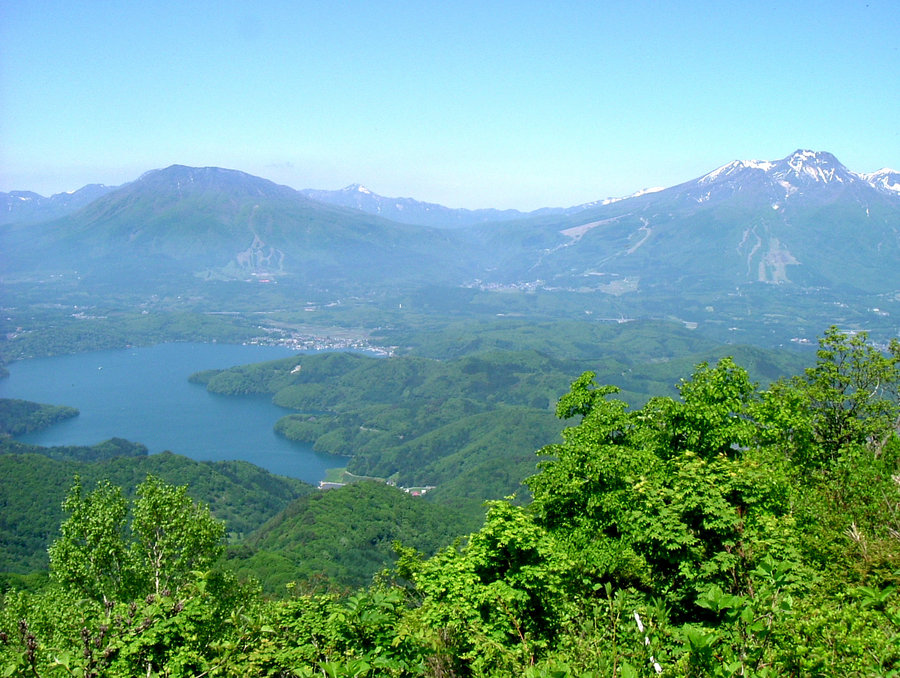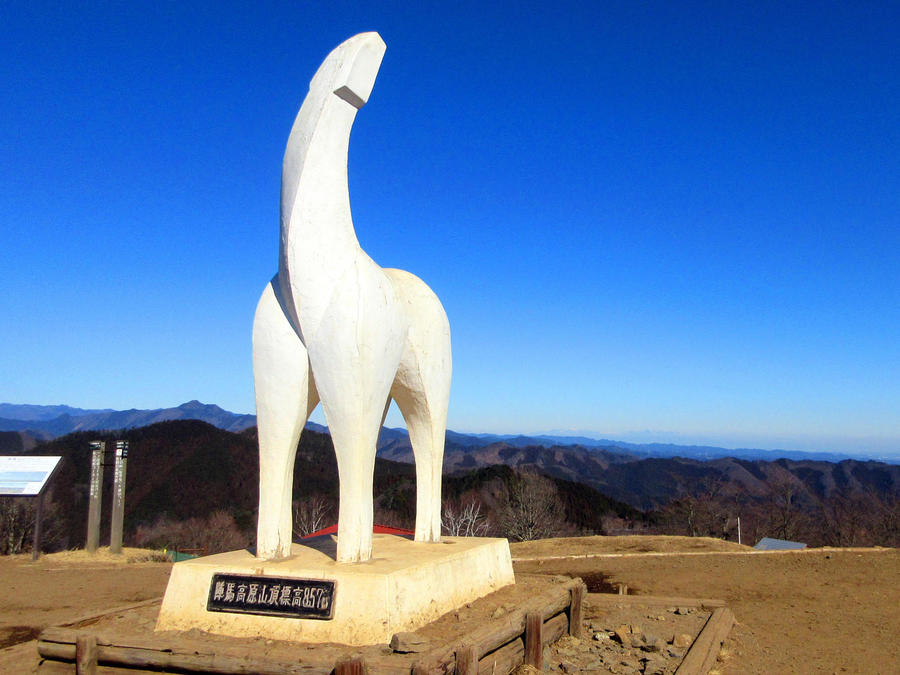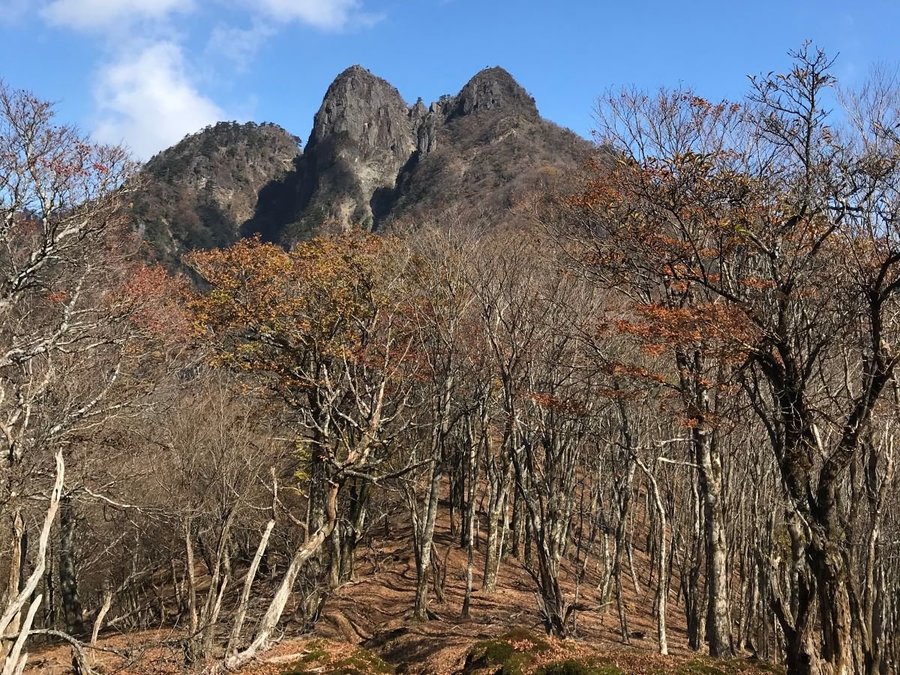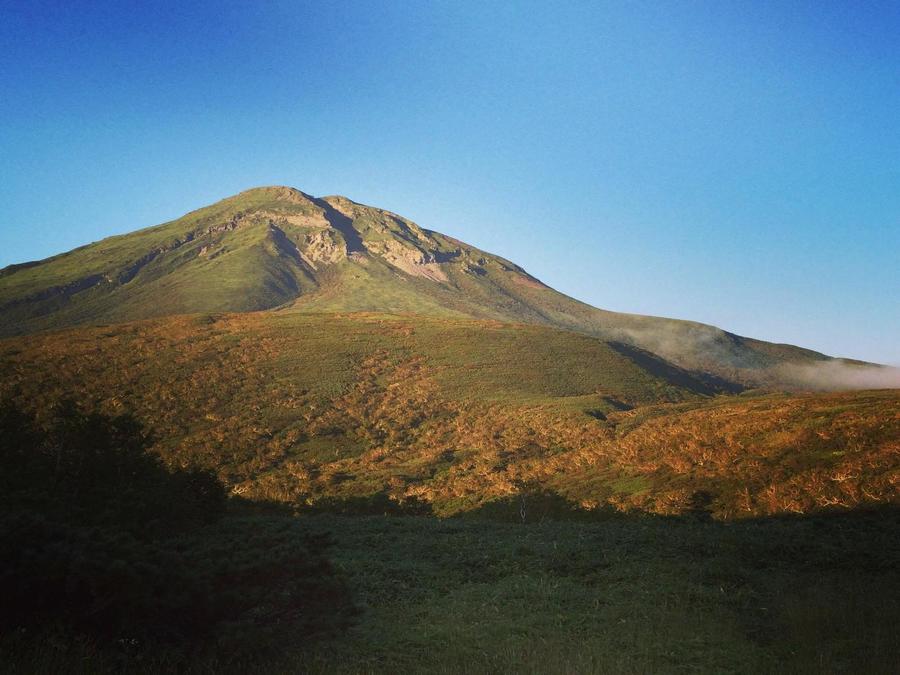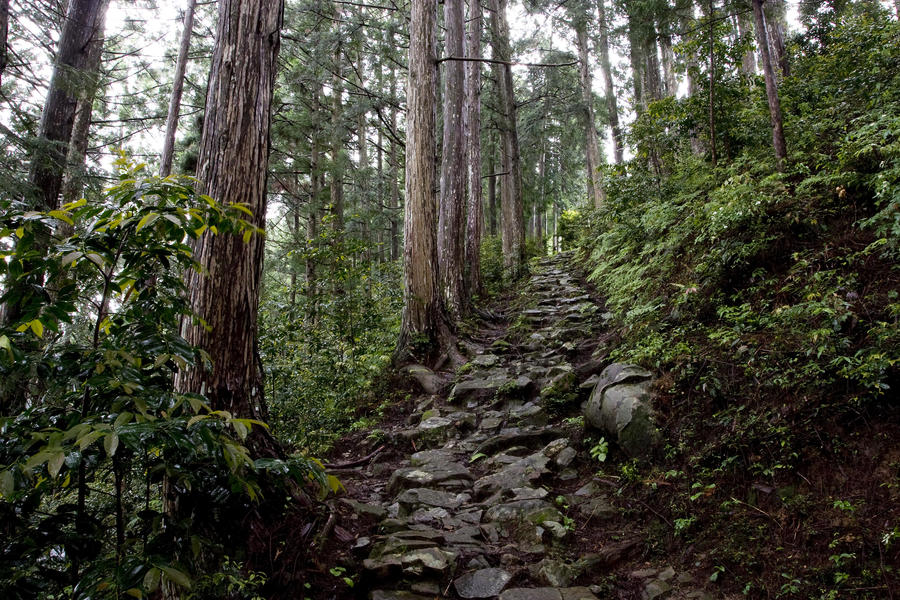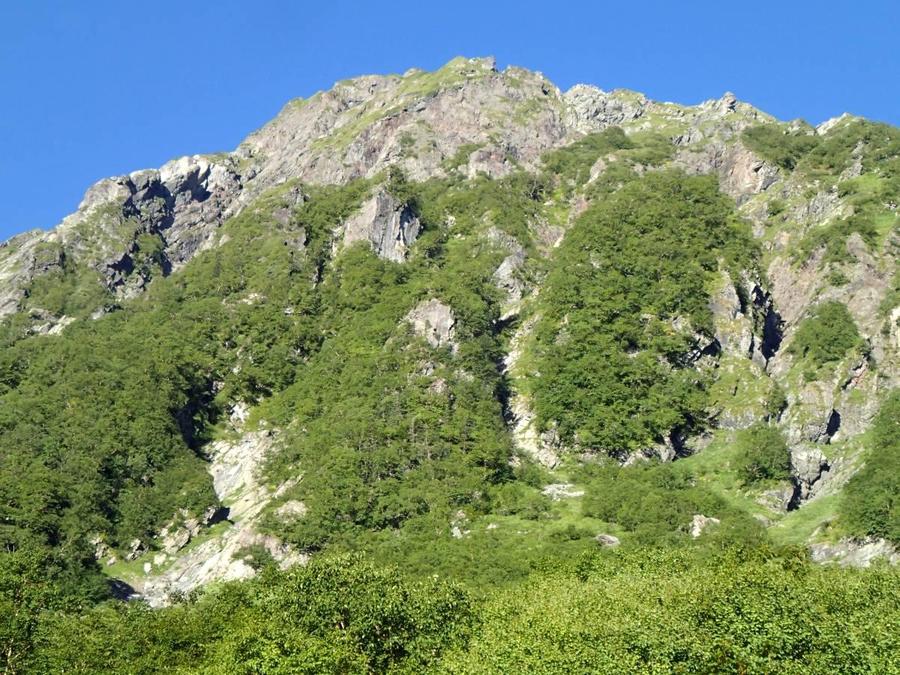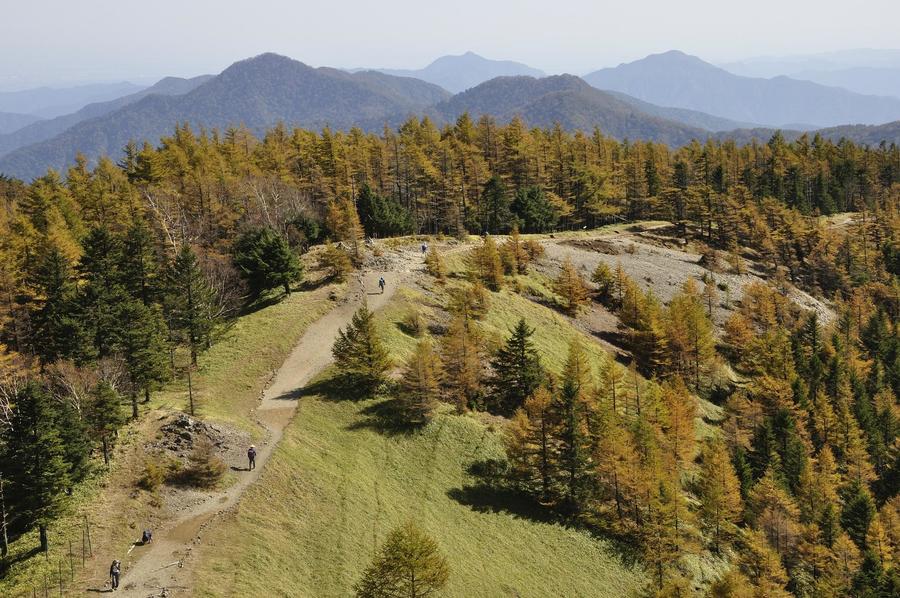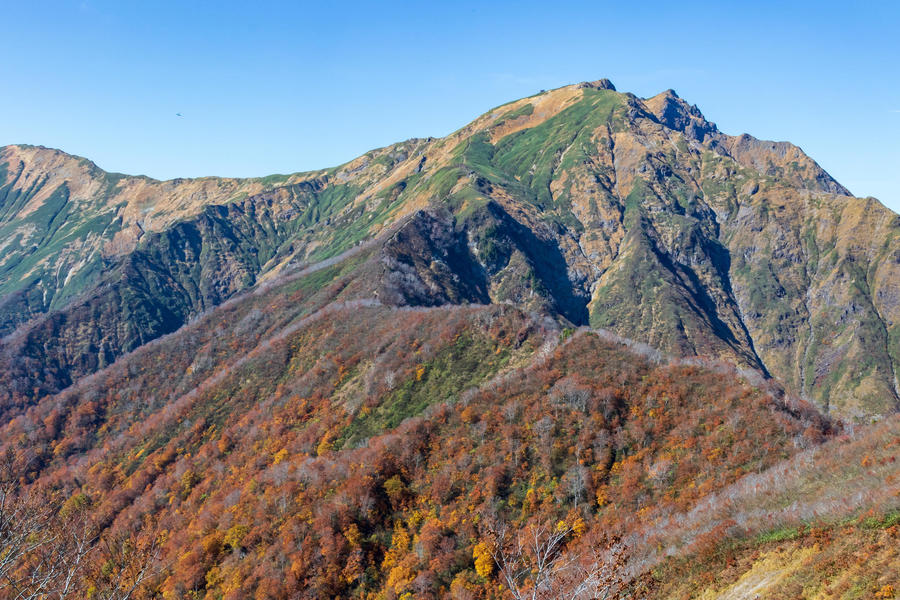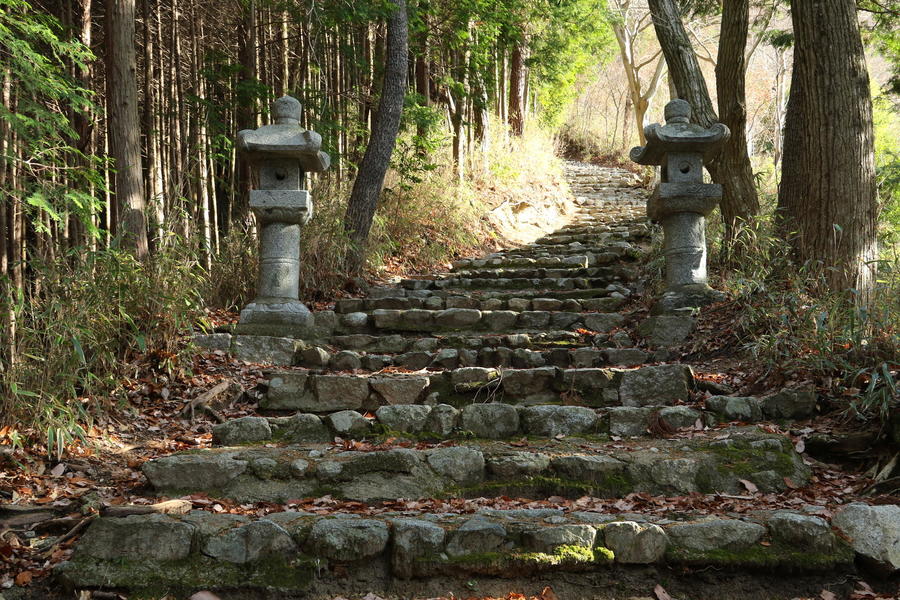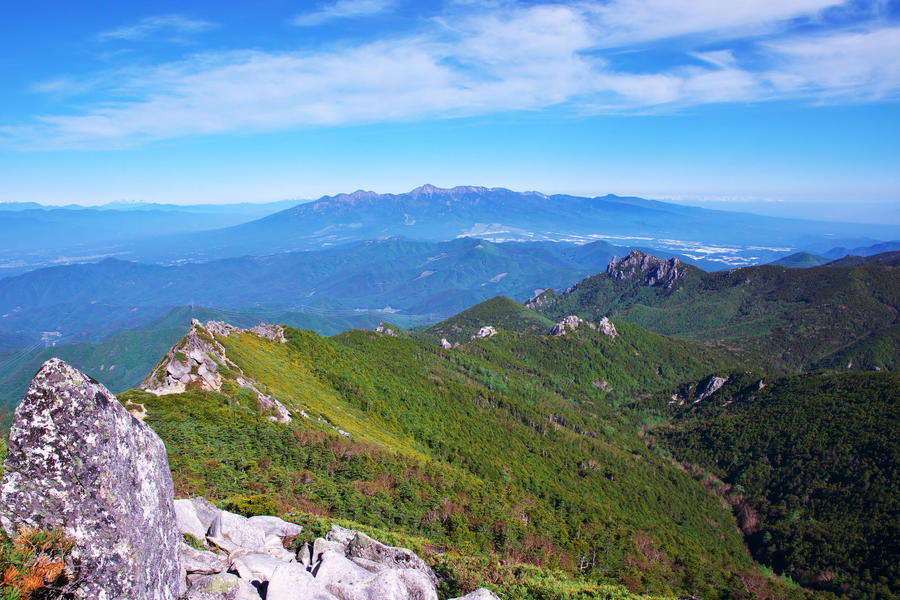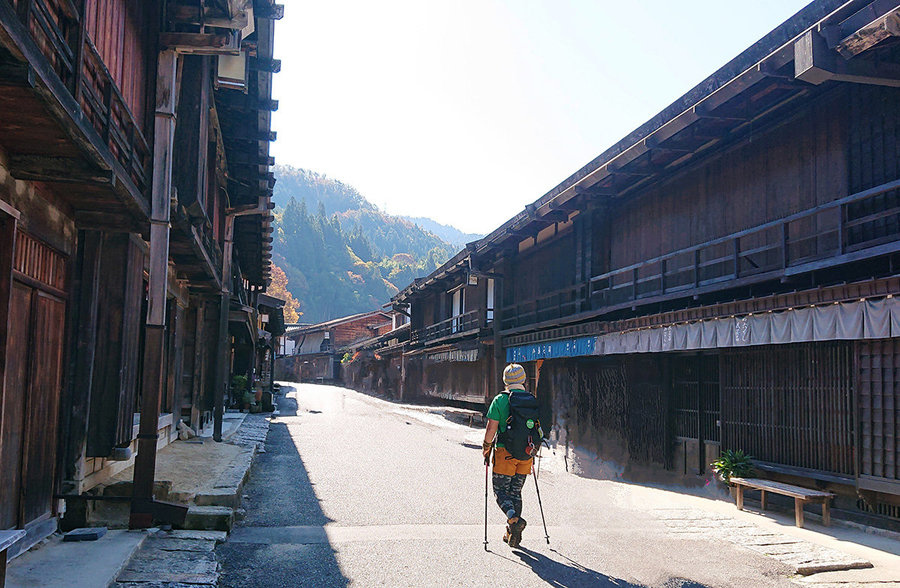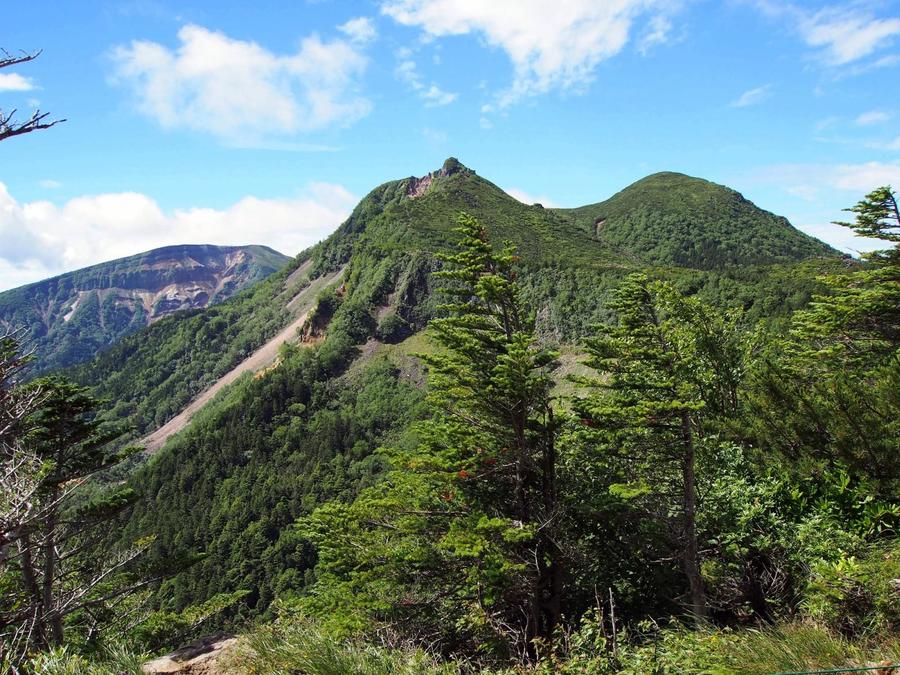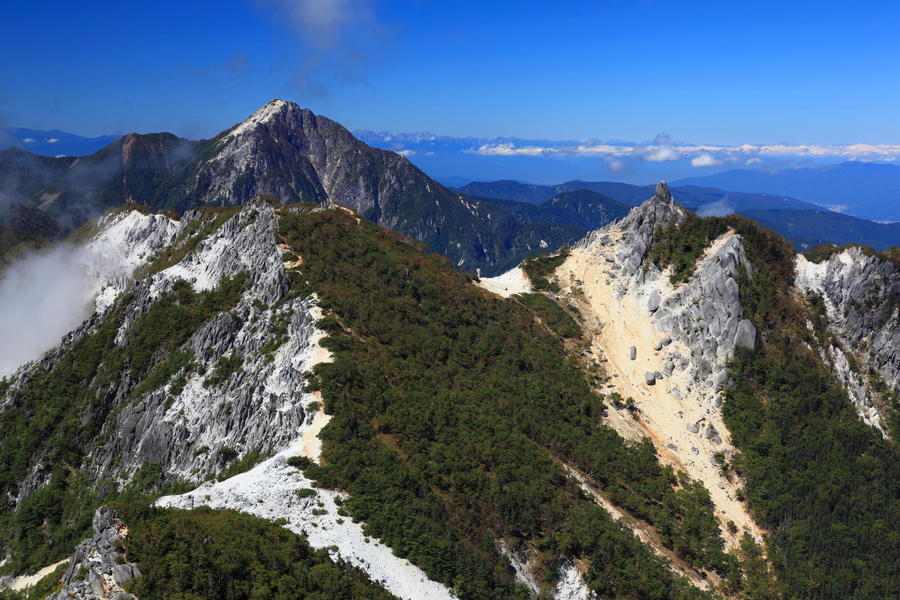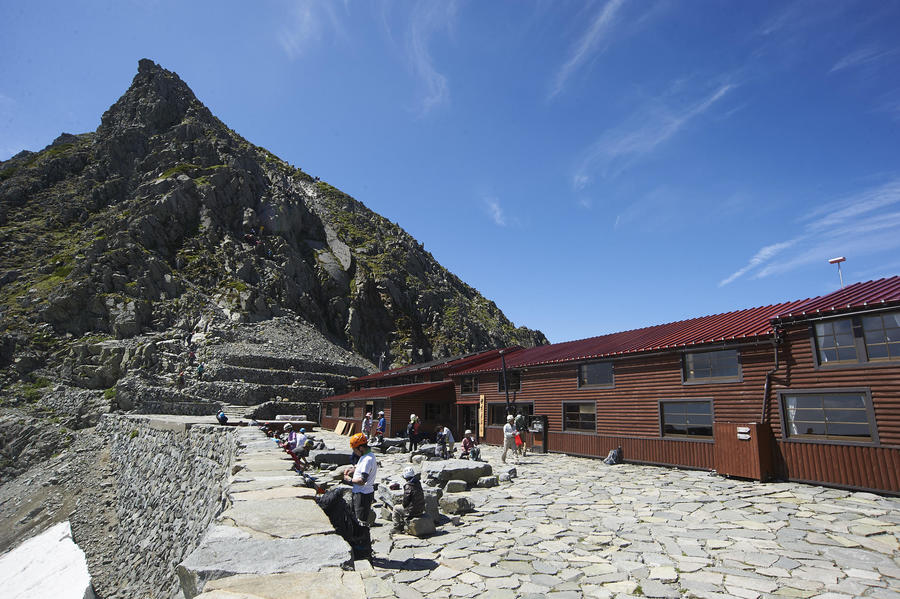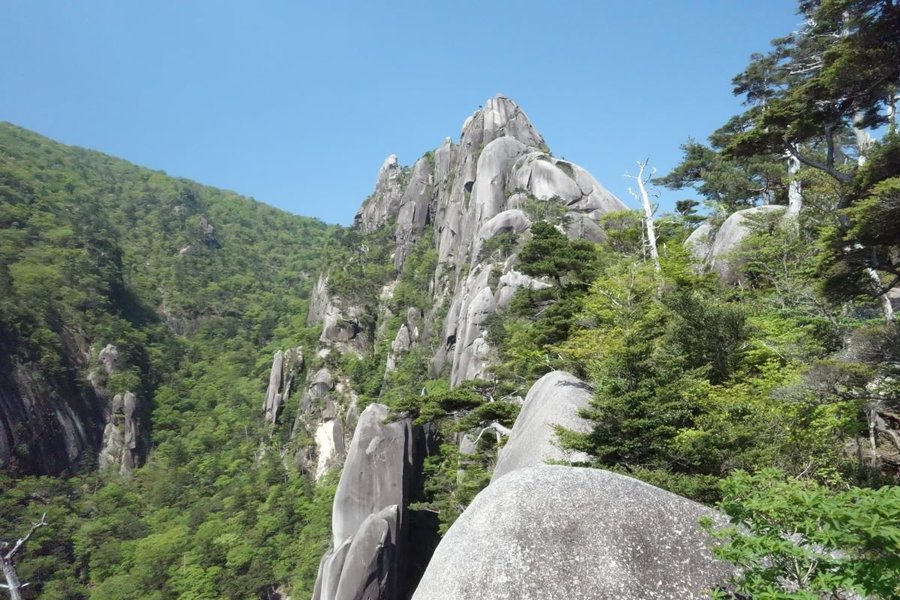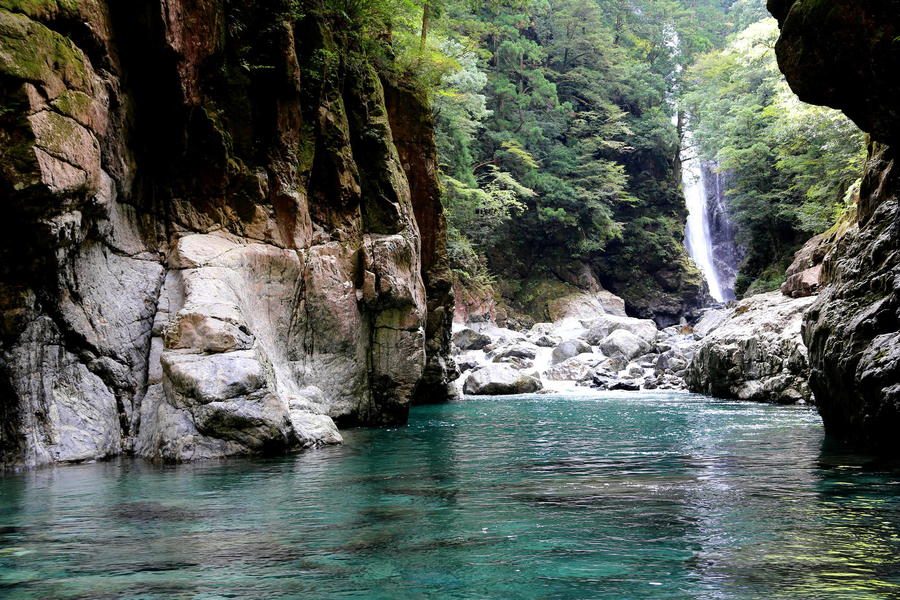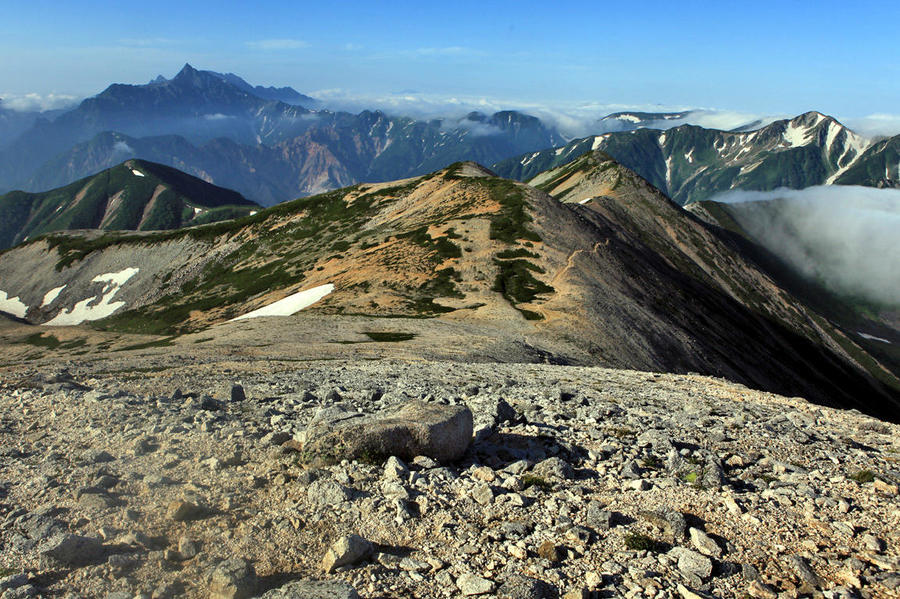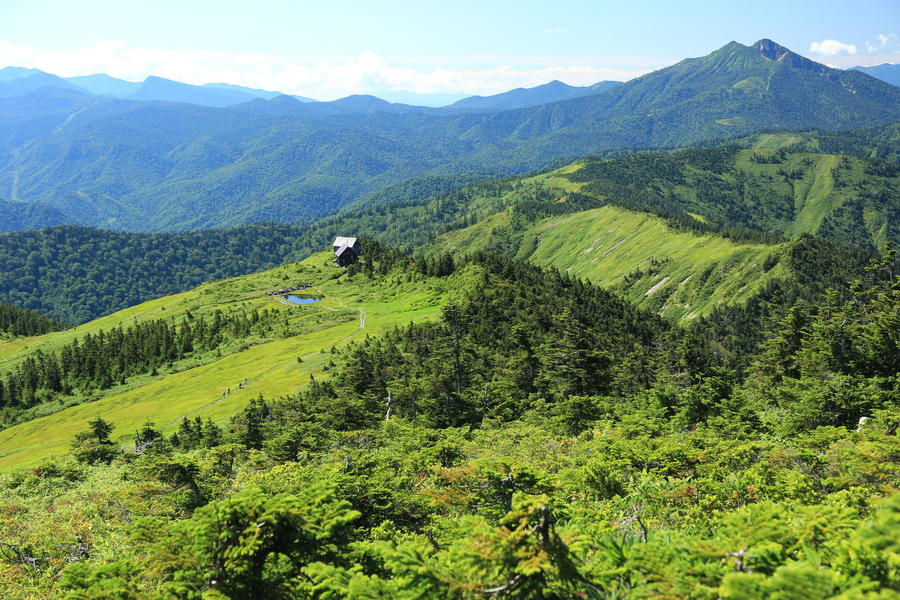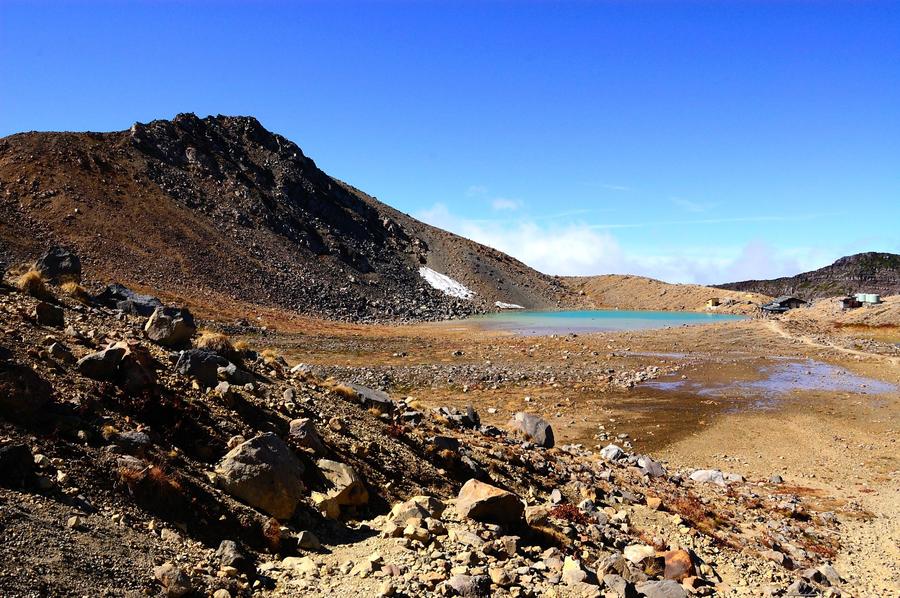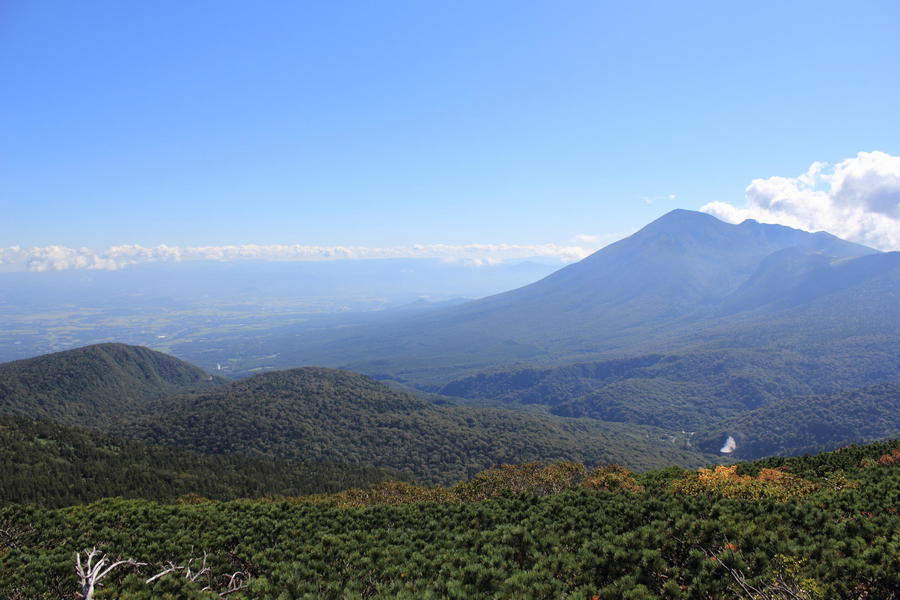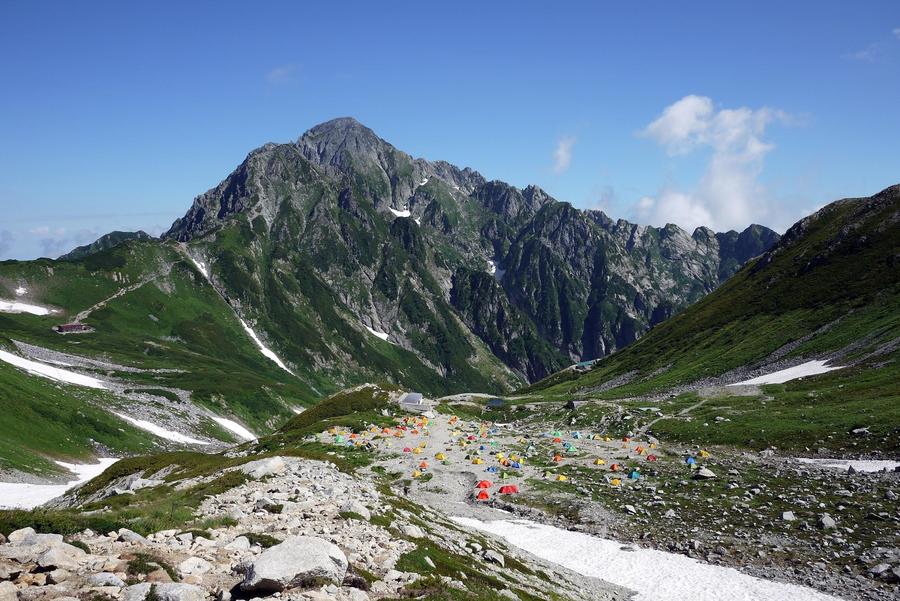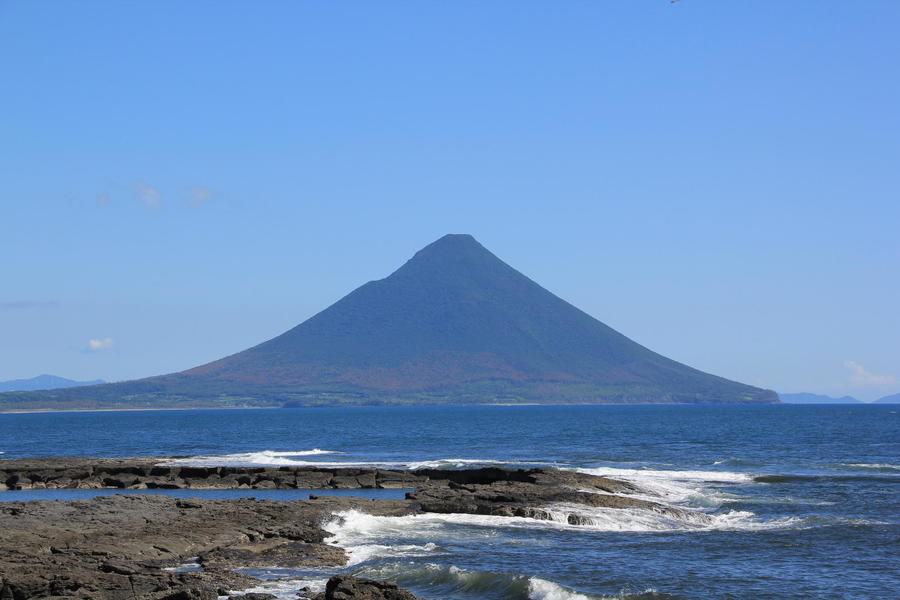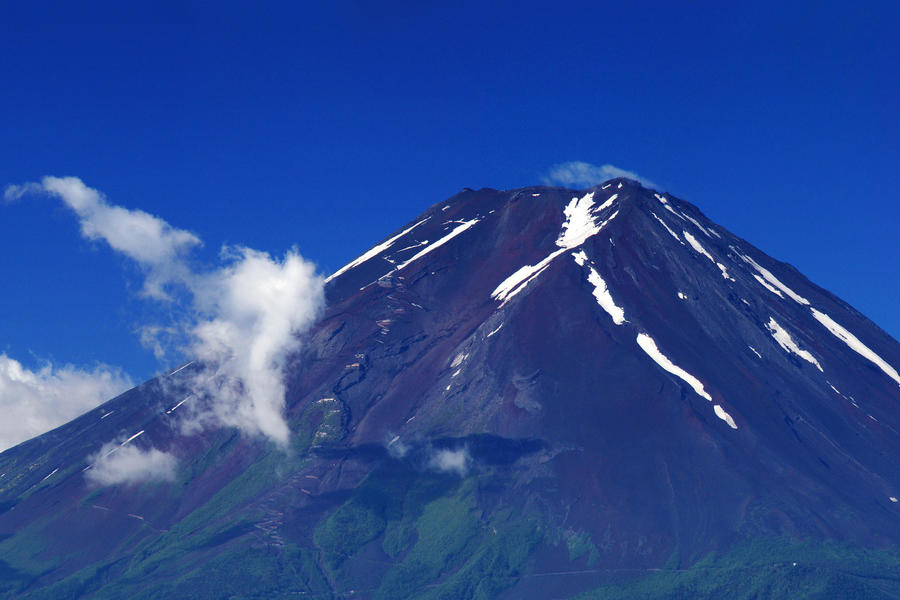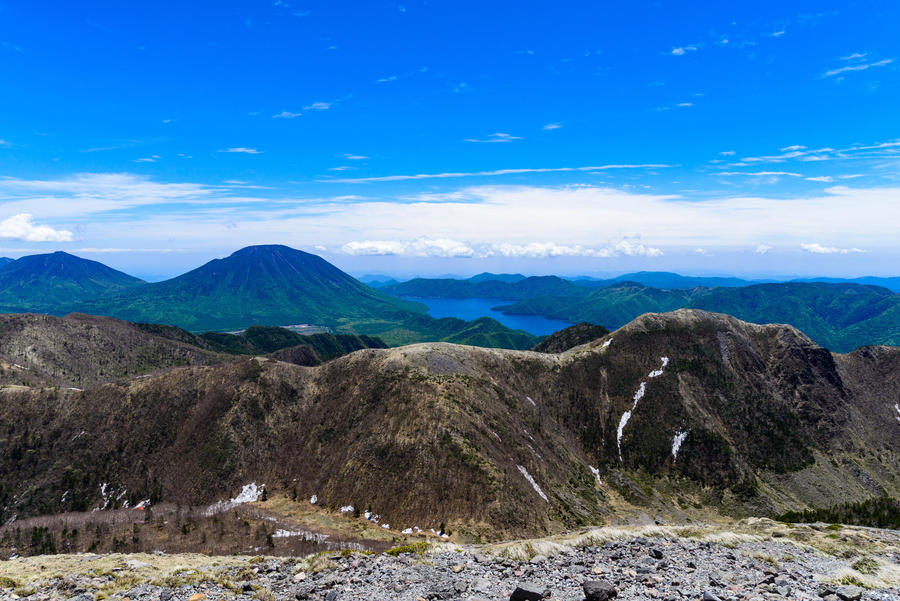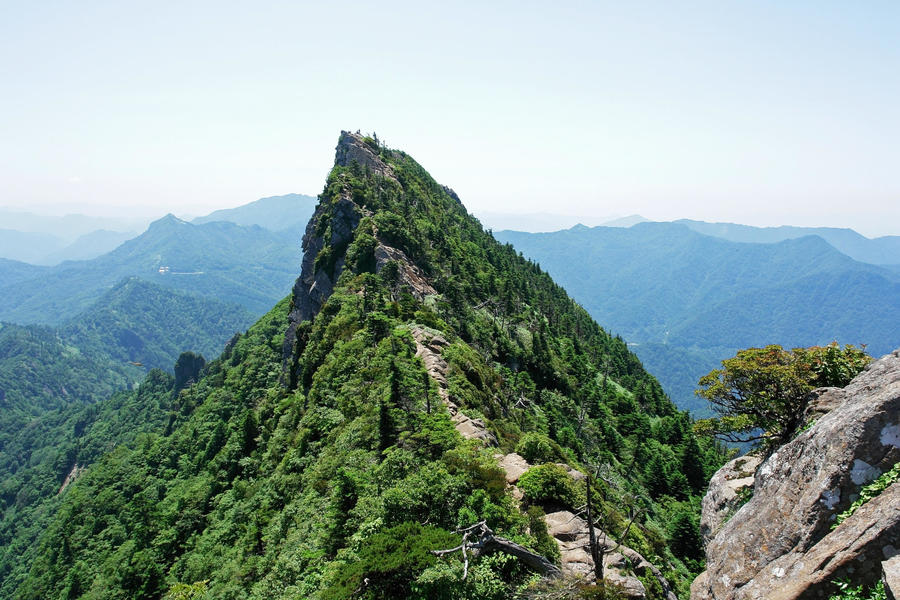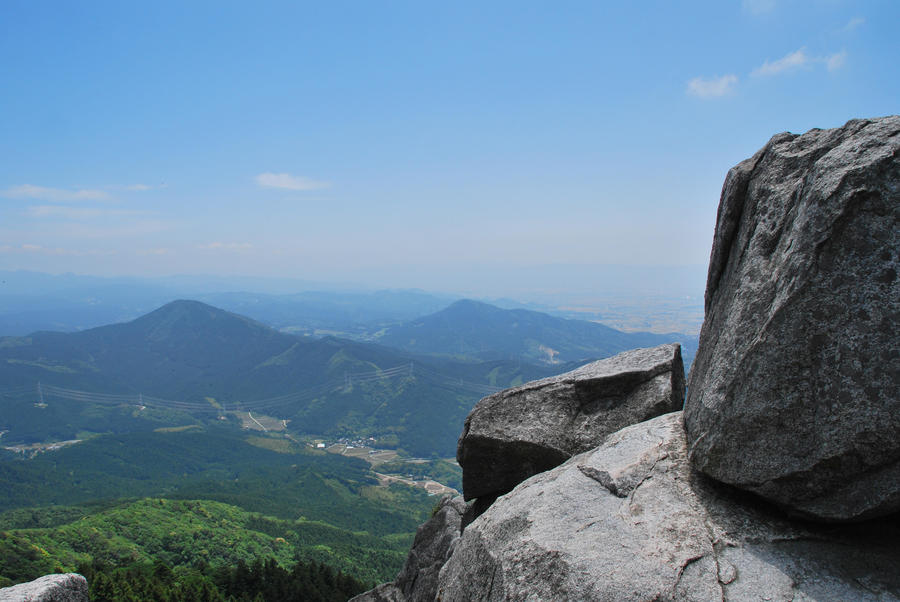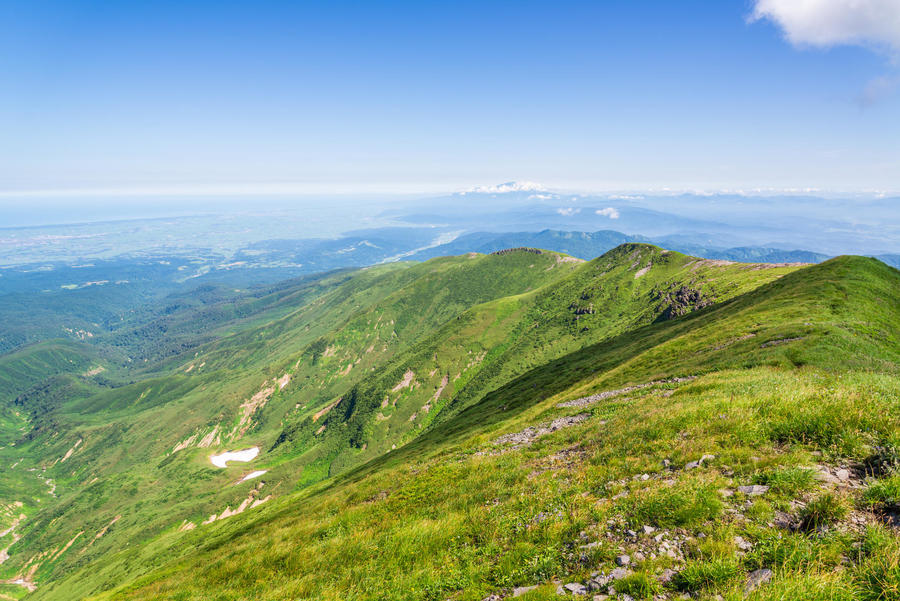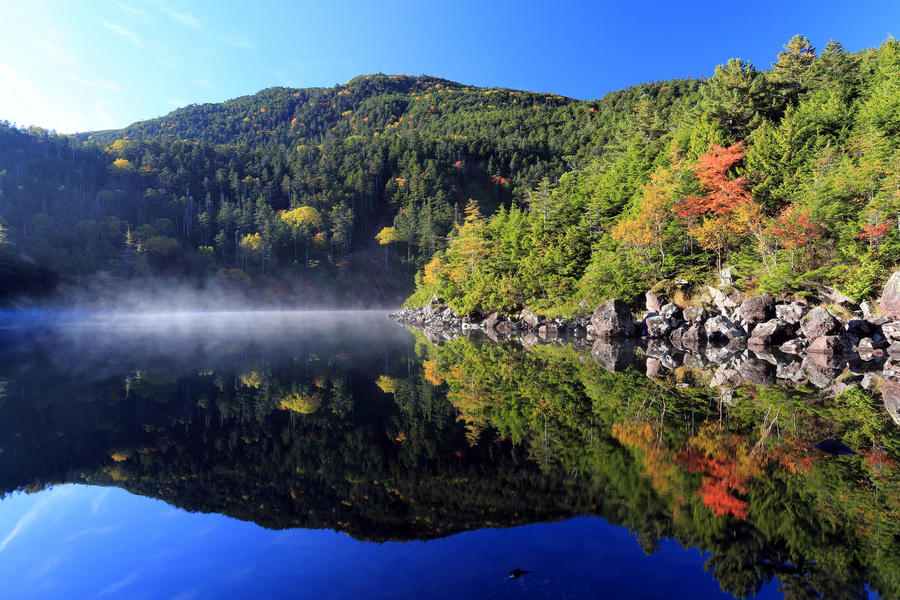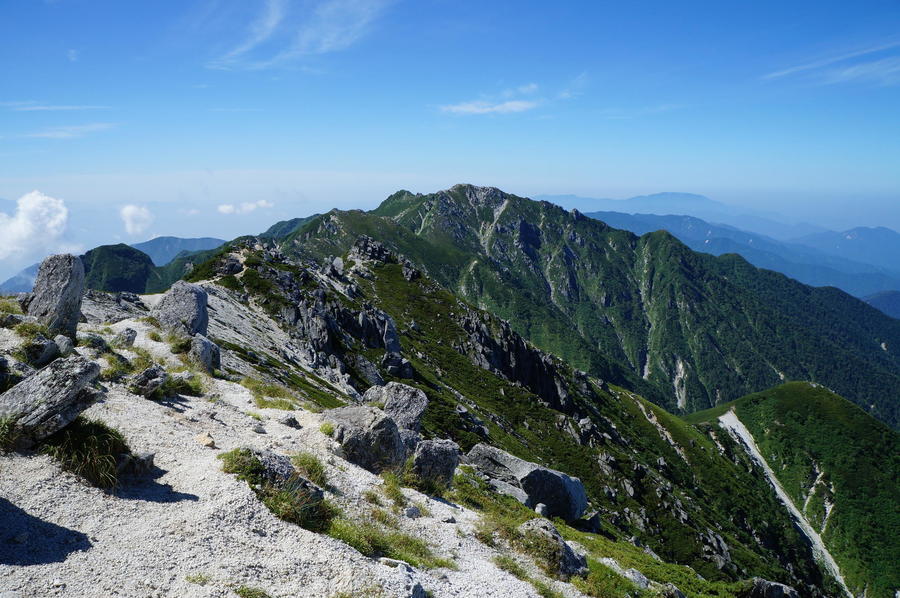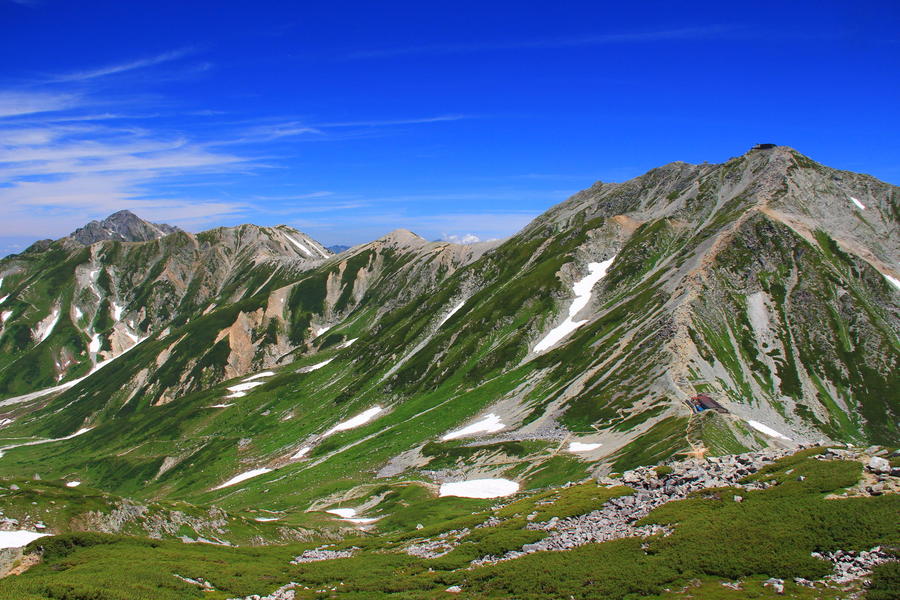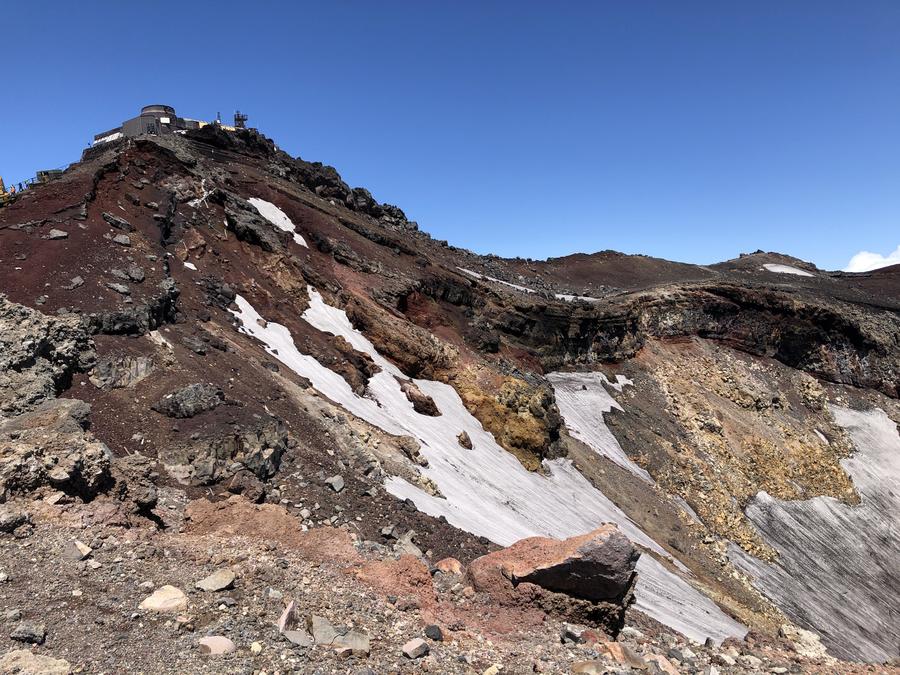The Old Hakone Highway:
Tracing the Edo Period Journey
The Old Hakone Highway:
Tracing the Edo Period Journey
Hakone is a town located in western Kanagawa Prefecture about an hour and a half train ride from Shinjuku Station in Tokyo. It was the location of a checkpoint on the Tokaido Road, one of the five major highways collectively referred to as the “Gokaido” built by the Shogunate during the Edo Period to connect the capital Edo with the rest of the country.” The section between Odawara City in Kanagawa Prefecture and Mishima City in Shizuoka Prefecture, which includes Hakone-toge Pass, is known alternatively as the Old Hakone Highway (Hakone Kyu-kaido) and the Hakone Hachiri. It was known to travelers at the time as being one of the most difficult parts of the Tokaido Road due to the steep mountainous terrain.
Today, Hakone is a popular tourist destination for its hot springs and its views of Mt. Fuji (Fuji-san). Part of the old highway, or “Kyu-kaido” in Japanese, is now a hiking course where you can truly feel the history of the region.
Riverside Trail
Alyona from Russia hiked the historic old road in Hakone together with a local guide, Mr. Kaneko .
After getting off the bus from Hakone Yumoto, they hiked a nature trail along the Sukumo-gawa River. The perfect timing of the visit allowed them to enjoy the vibrant fresh green leaves and the invigorating fresh air. Along the trail, they went out into the river to sit on a moss-covered rock where they relaxed for a while.
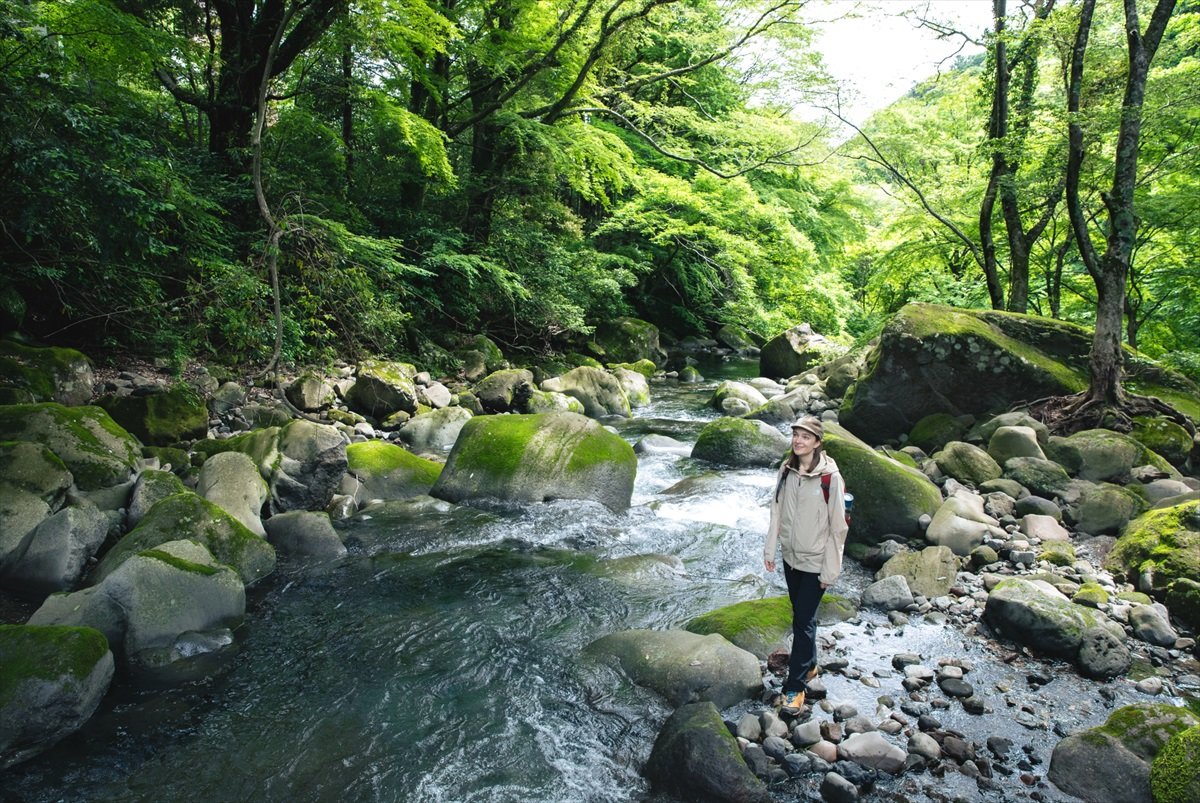
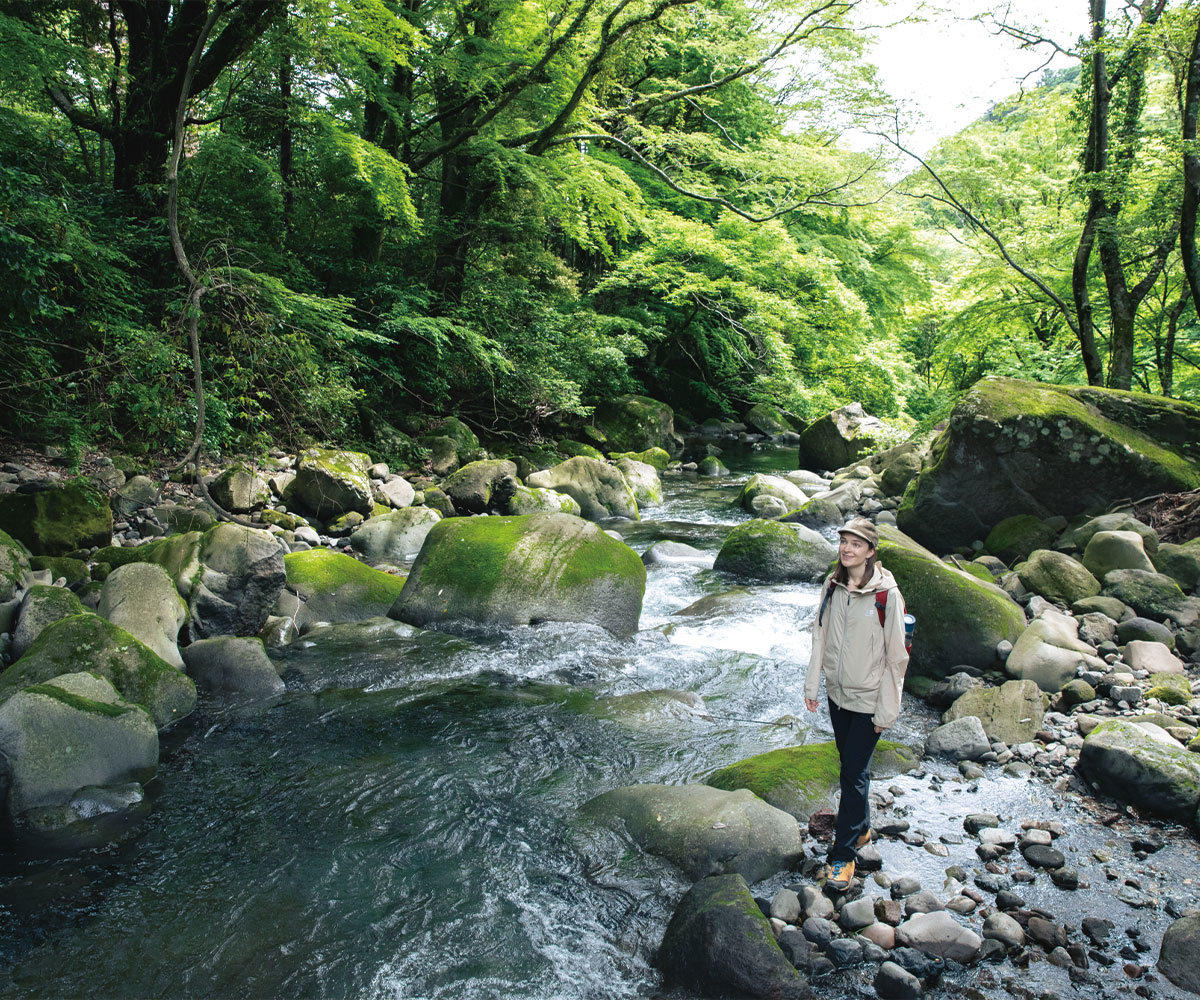
Rest Stop at a Historic Teahouse
The Amasake Chaya is, as the name suggests, a chaya that serves amazake. Chaya, meaning teahouse, were a type of rest stop in medieval Japan that served tea, sweets, and other refreshments. This historic chaya has been in business since the Edo Period. Amazake is a traditional Japanese drink made from sweetened fermented rice. It is most commonly made from kome koji, rice inoculated with a type of mold used in the fermentation of foods, or from sake lees, a byproduct of the sake-making process.
The teahouse features an open interior that is quite dark inside due to the minimal lighting. The openness is due to the fact that Japanese homes have traditionally been designed first and foremost with the country’s hot and humid summers in mind. The darkness, meanwhile, is based on the idea that the darkness is the essence of Japanese aesthetics.
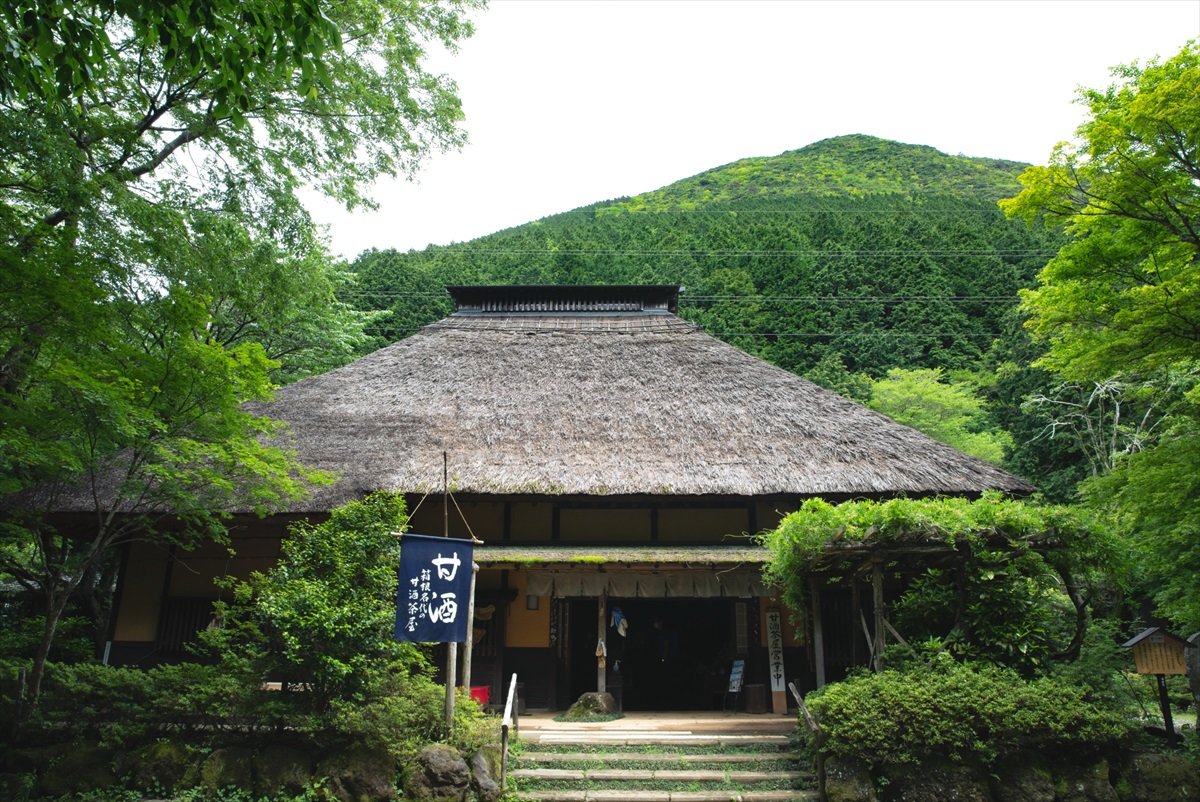


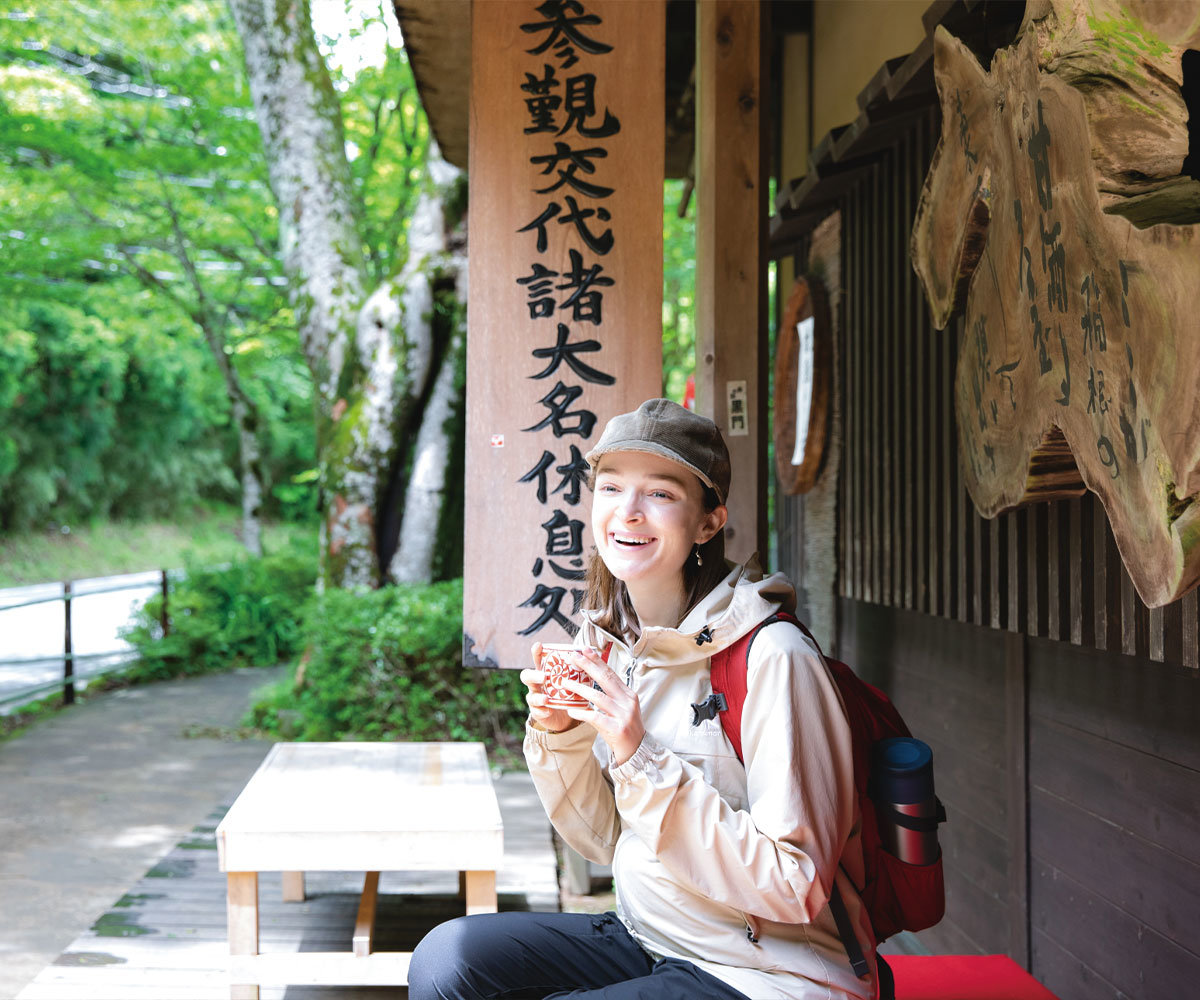
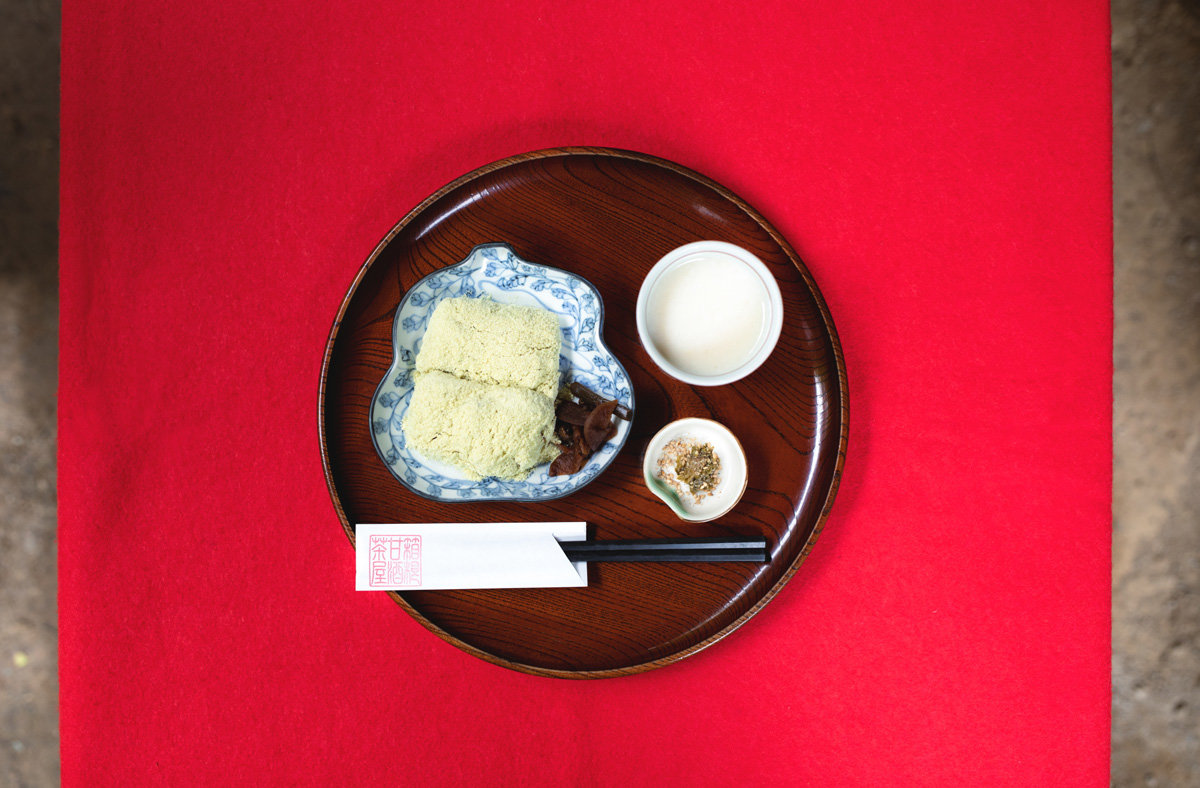
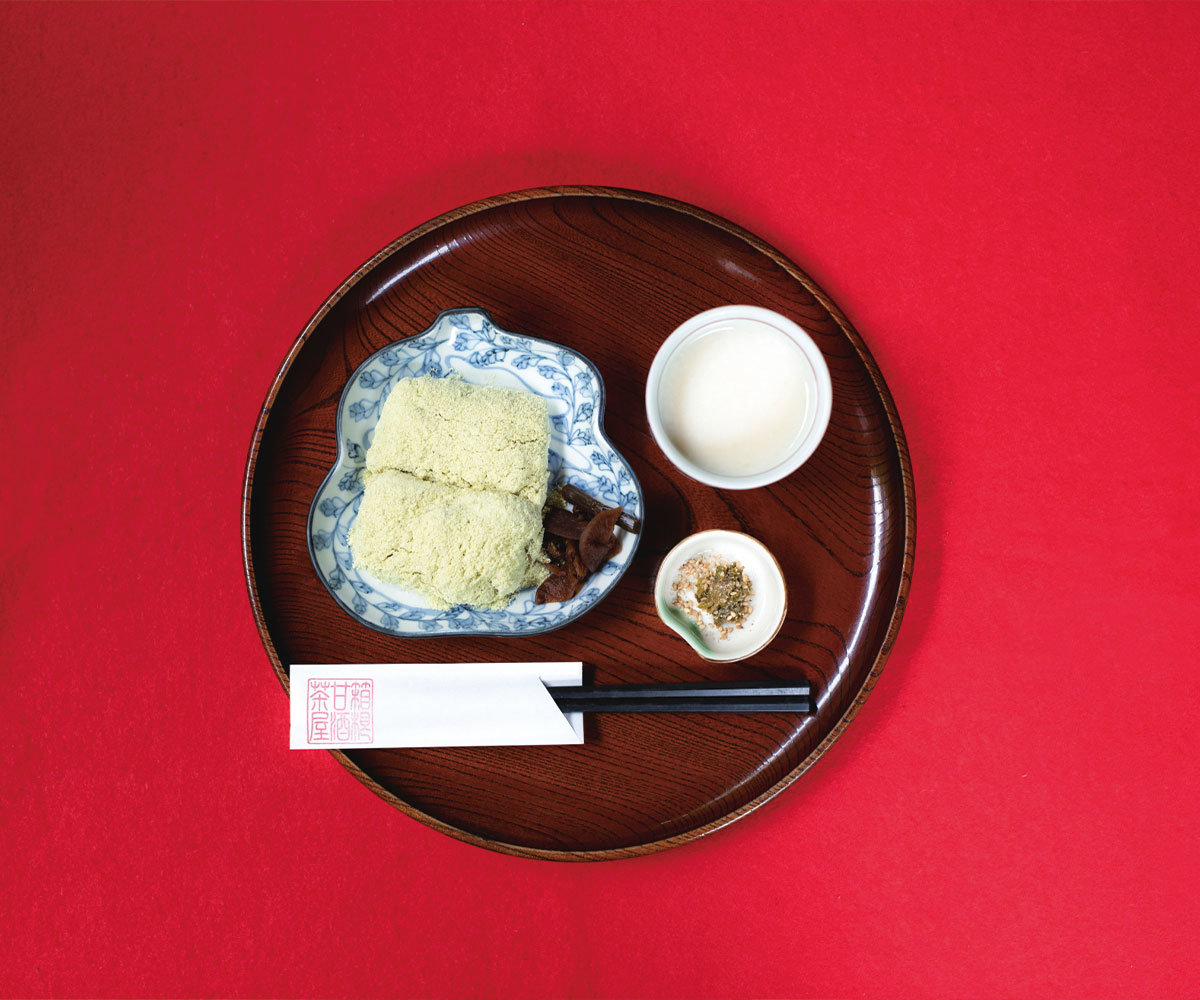
Cobblestone Road
Sometime after leaving the Amazake Chaya, they arrived at a cobblestone road. The cobblestones were installed around 1680 by the Shogunate in order to improve the walkability of the steep, muddy slope. The cobblestones are slippery when wet as they have been worn smooth by more than a century of foot traffic. Mr. Kaneko, the guide, mentioned that “It is said the rice straw sandals worn at the time provided surprisingly sure grip on the cobblestones.”
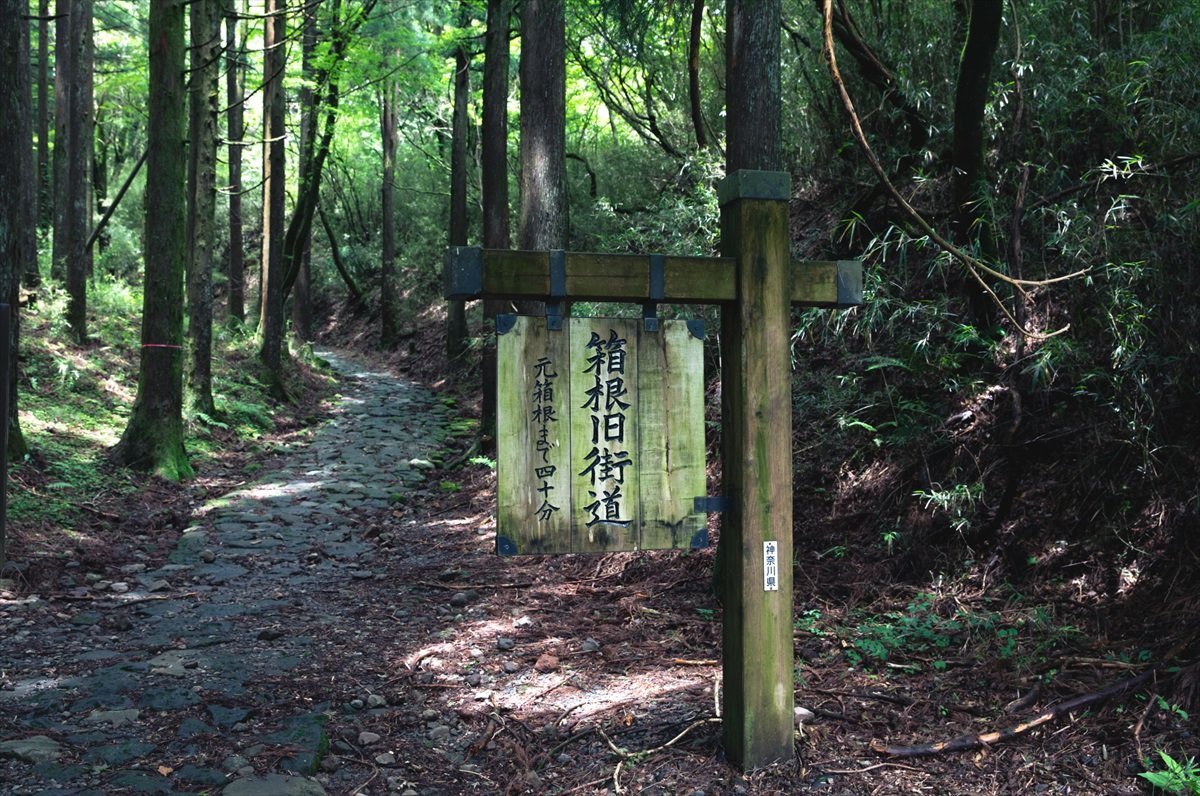
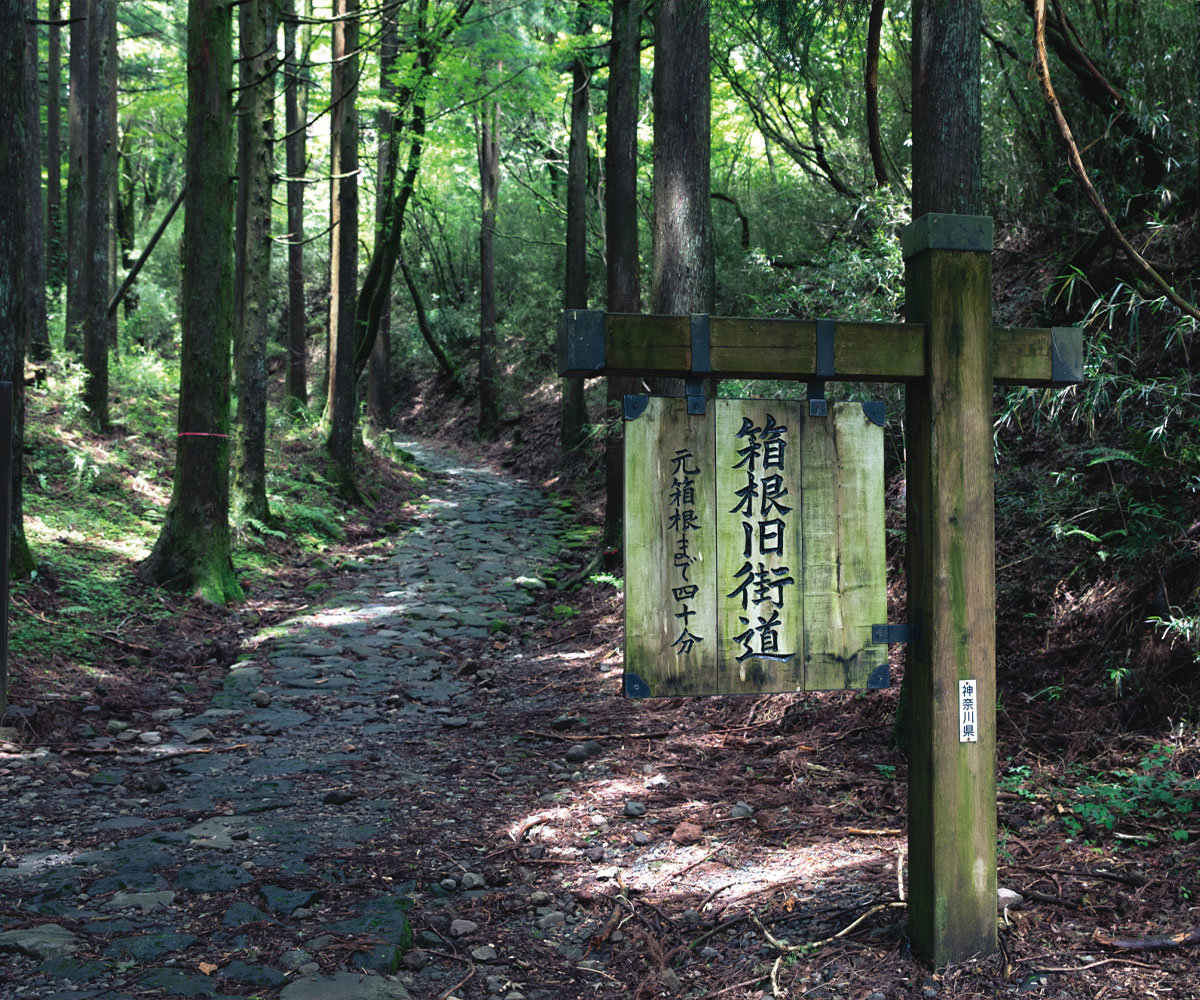
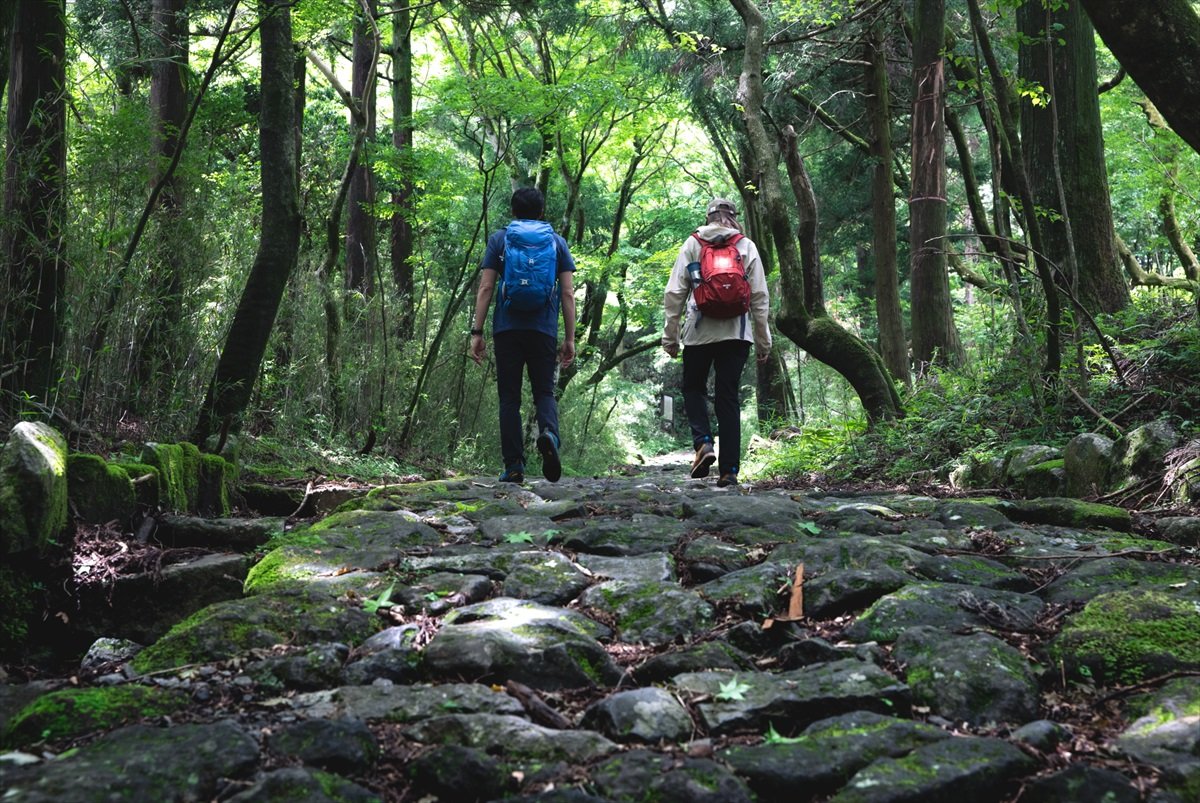
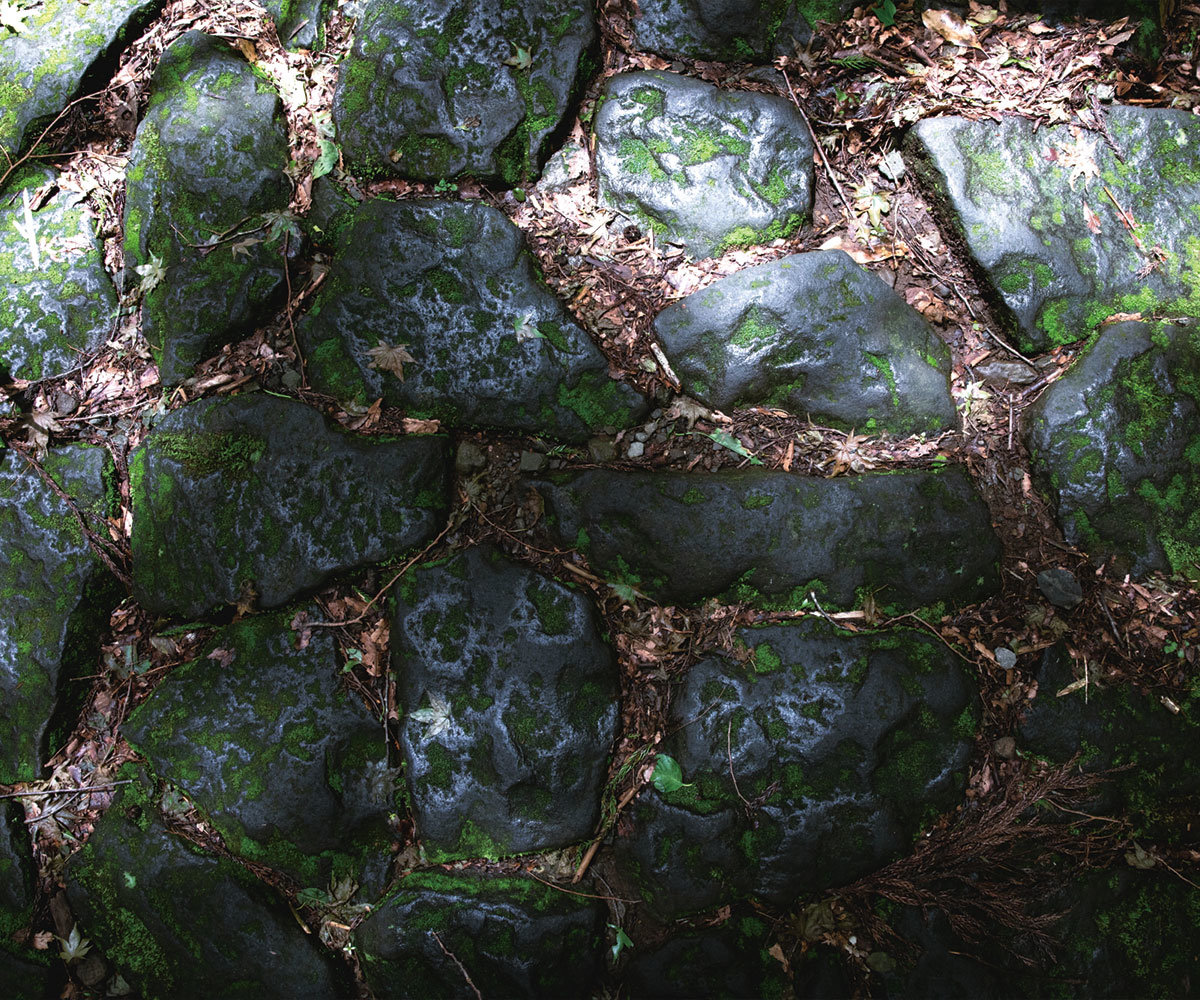
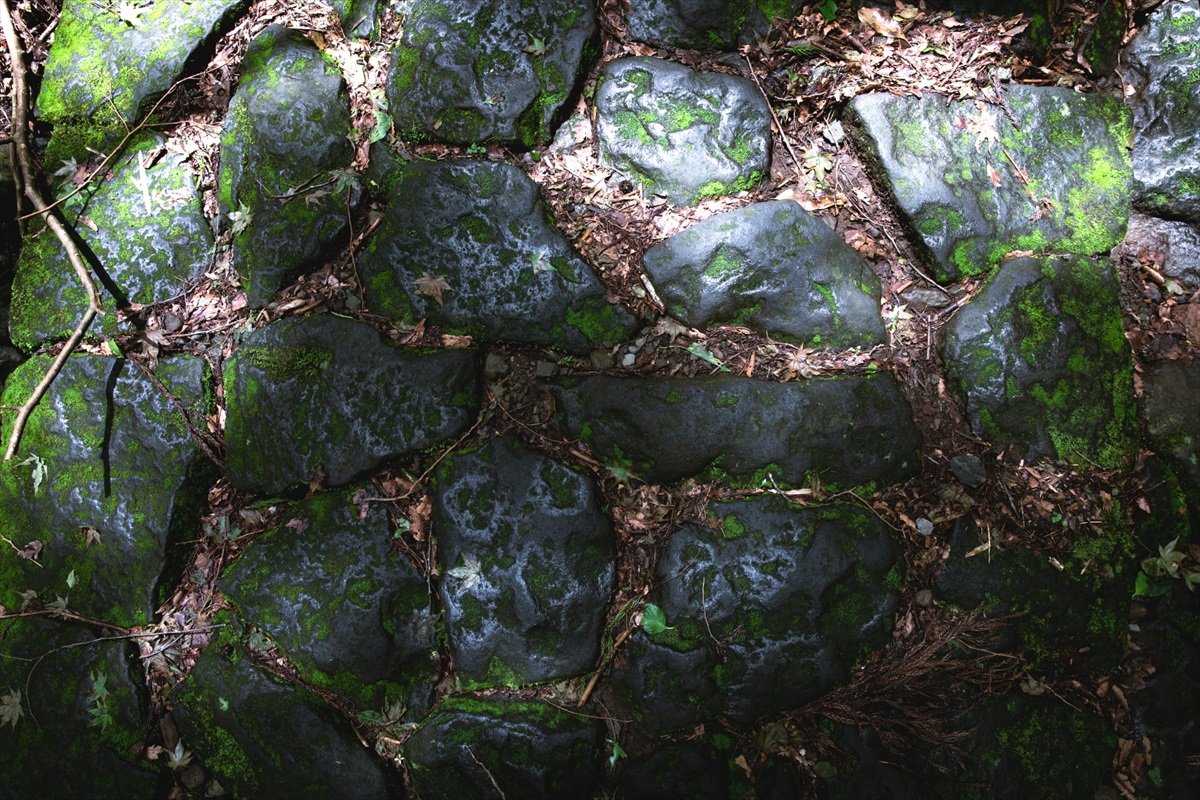
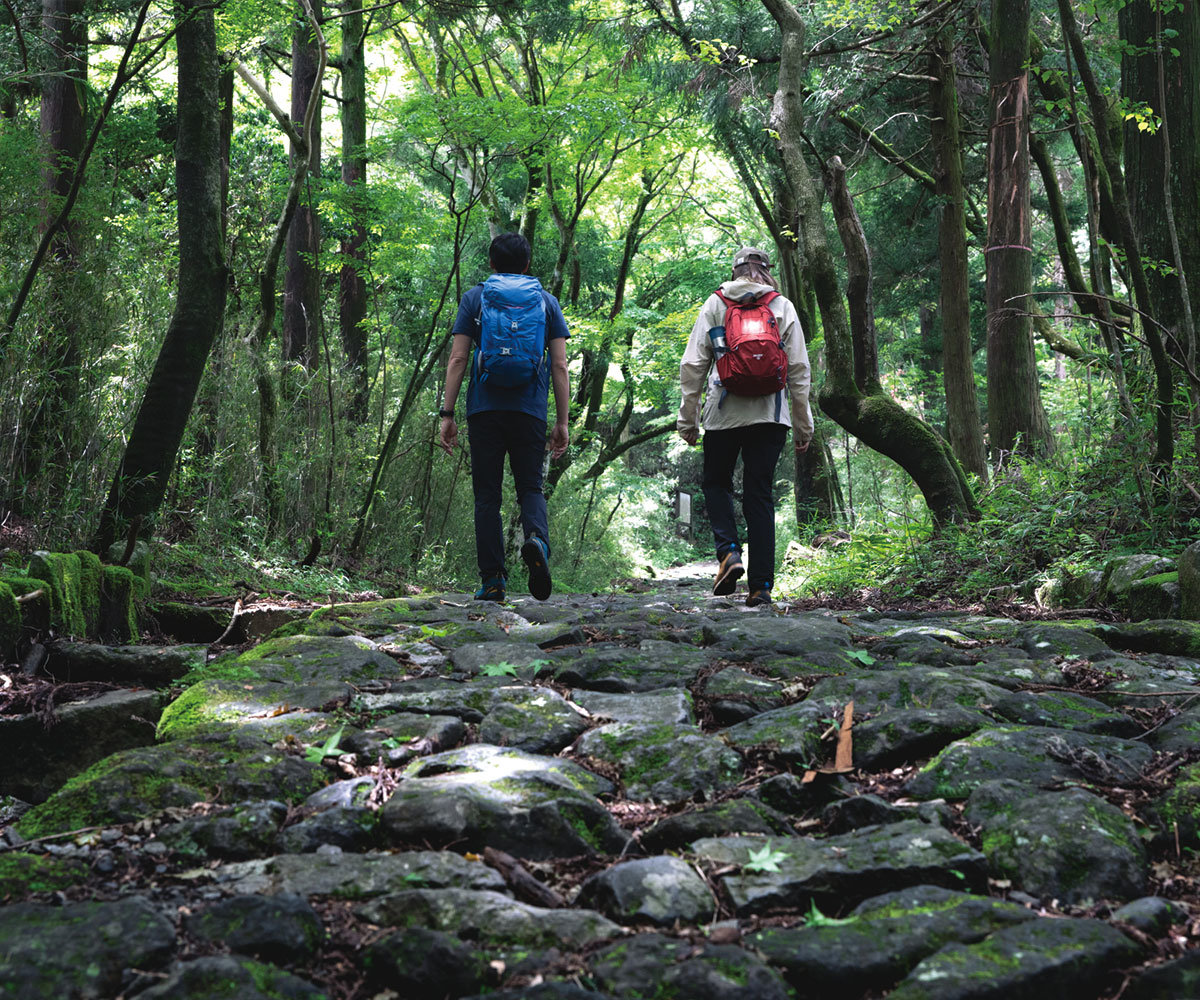
Avenue of 360-year-old Cedars
After descending the Hakone-toge Pass, the pair arrived at Lake Ashi (Ashino-ko), across which Mt. Fuji could be seen. Lake Ashi is a tourist destination, so there are many shops and restaurants in the area. It is also possible to take a cruise on a sightseeing boat.
After leaving the lake behind, they walked along the avenue of cedar trees towards the Hakone Checkpoint. It is said that massive cedars were planted around 1660 to shade travelers from the sun and to serve as a windbreak.
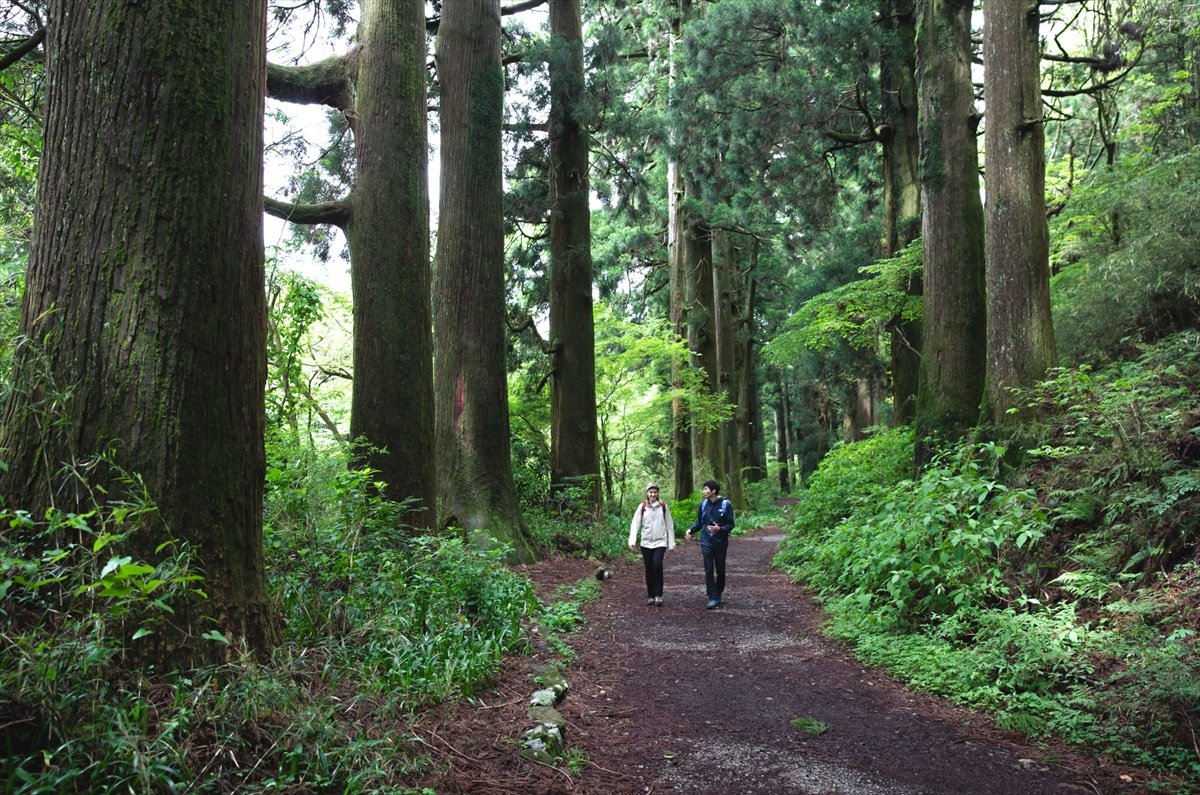
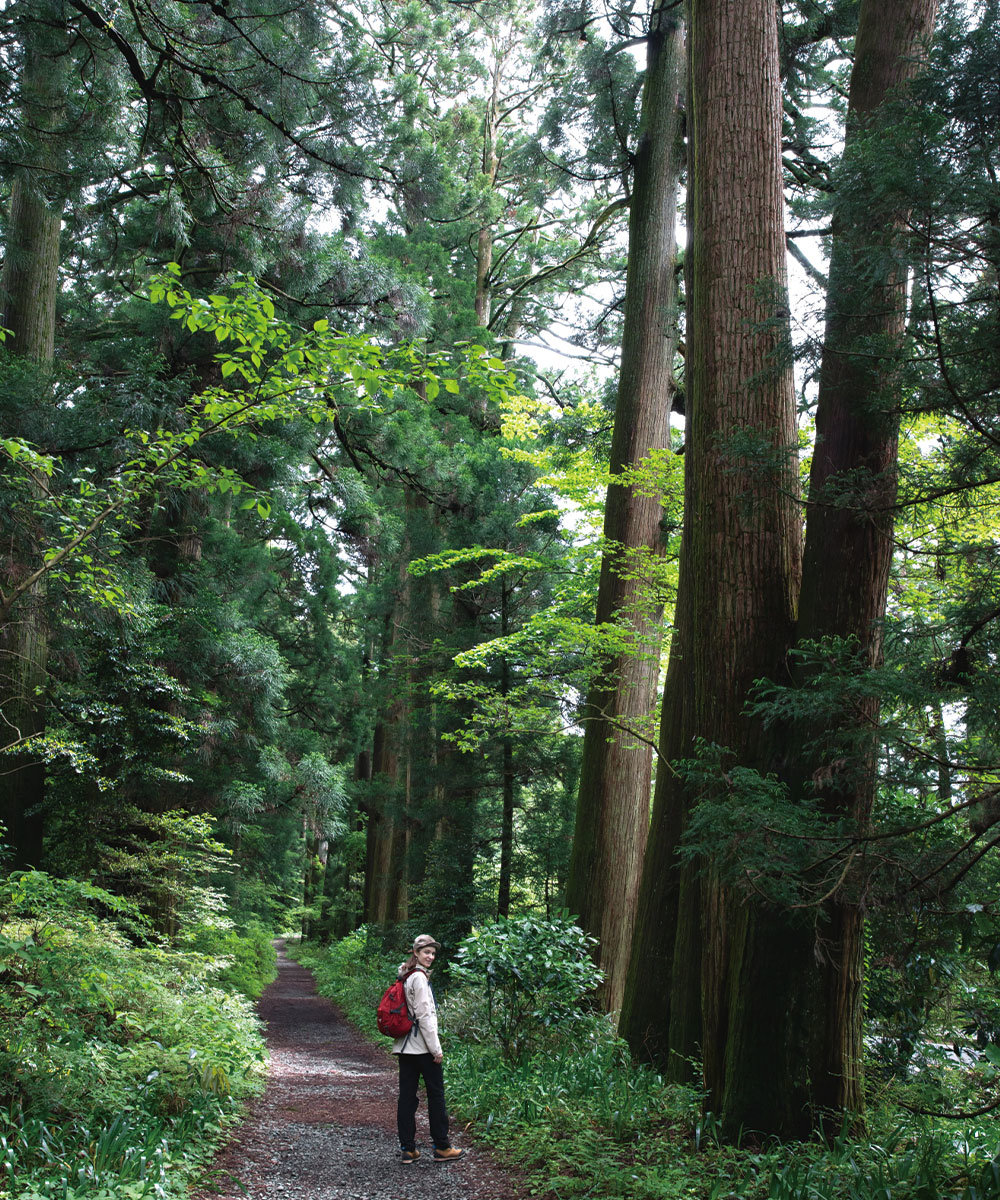
After passing through the avenue of cedars, the pair arrived at a recently-built recreation of the Hakone Checkpoint. Although their journey evocative of the Edo Period ended here, the Tokaido Road originally stretched all the way from Edo to Kyoto.
Looking back at the journey...
After walking around Hakone Hachiri and listening to stories of the past, it occurred to me how convenient the world has become. You can reach just about any destination without danger. I felt the strength of the people who once endured this long and hard road. As I did not walk the Hakone Hachiri long enough to grow tired and also faced no danger, I was able to enjoy the beautiful nature. I wonder if people in the past were able to enjoy this beauty the way I did. I was lucky enough to walk the Hakone Hachiri on a day after rain. The scent of the forest was so indescribably pleasant that I cannot express my emotion with words. This scent and the sight of the fresh green leaves helped me forget all my worries.
I also enjoyed the taste of the authentic amazake at Amasake Chaya. The rice cakes and amazake are still made the same way they did in the Edo period , and I could not help but wonder if I really had what people ate in the past.
This thought underscored to me the importance of preserving the culture and traditions of the past and passing them on to the next generation.
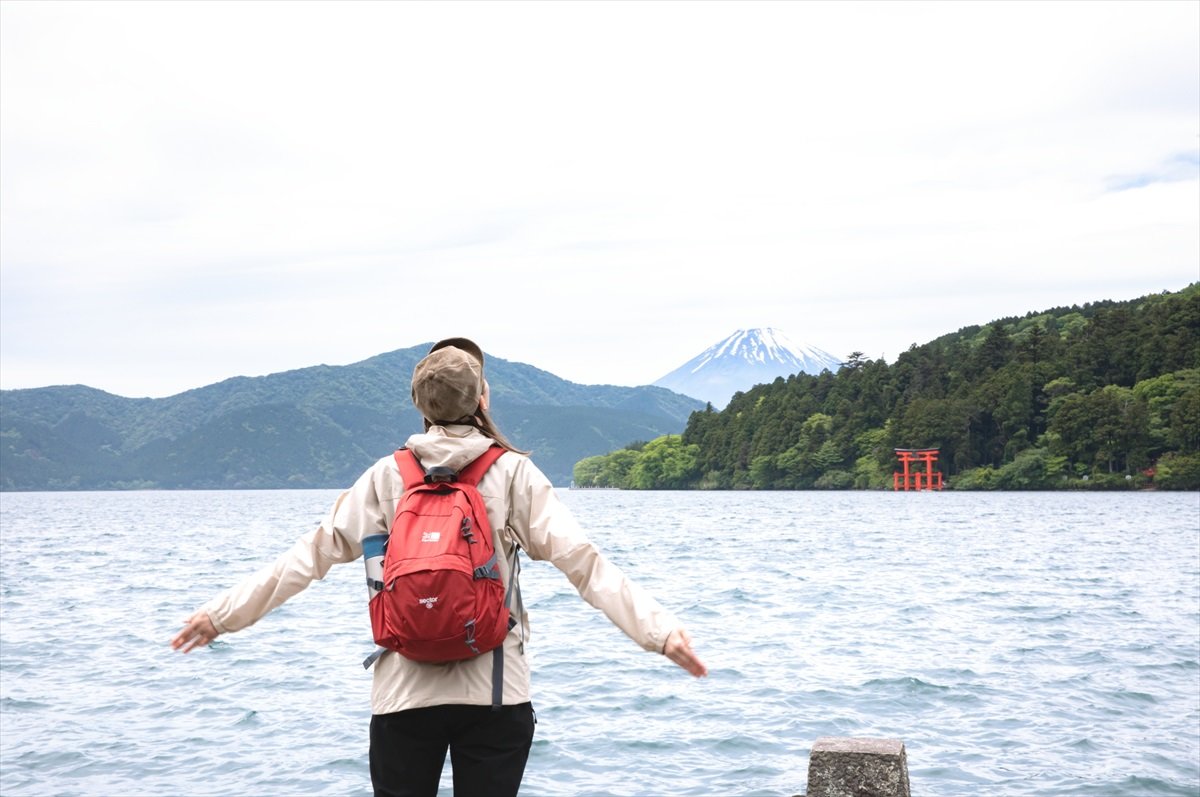
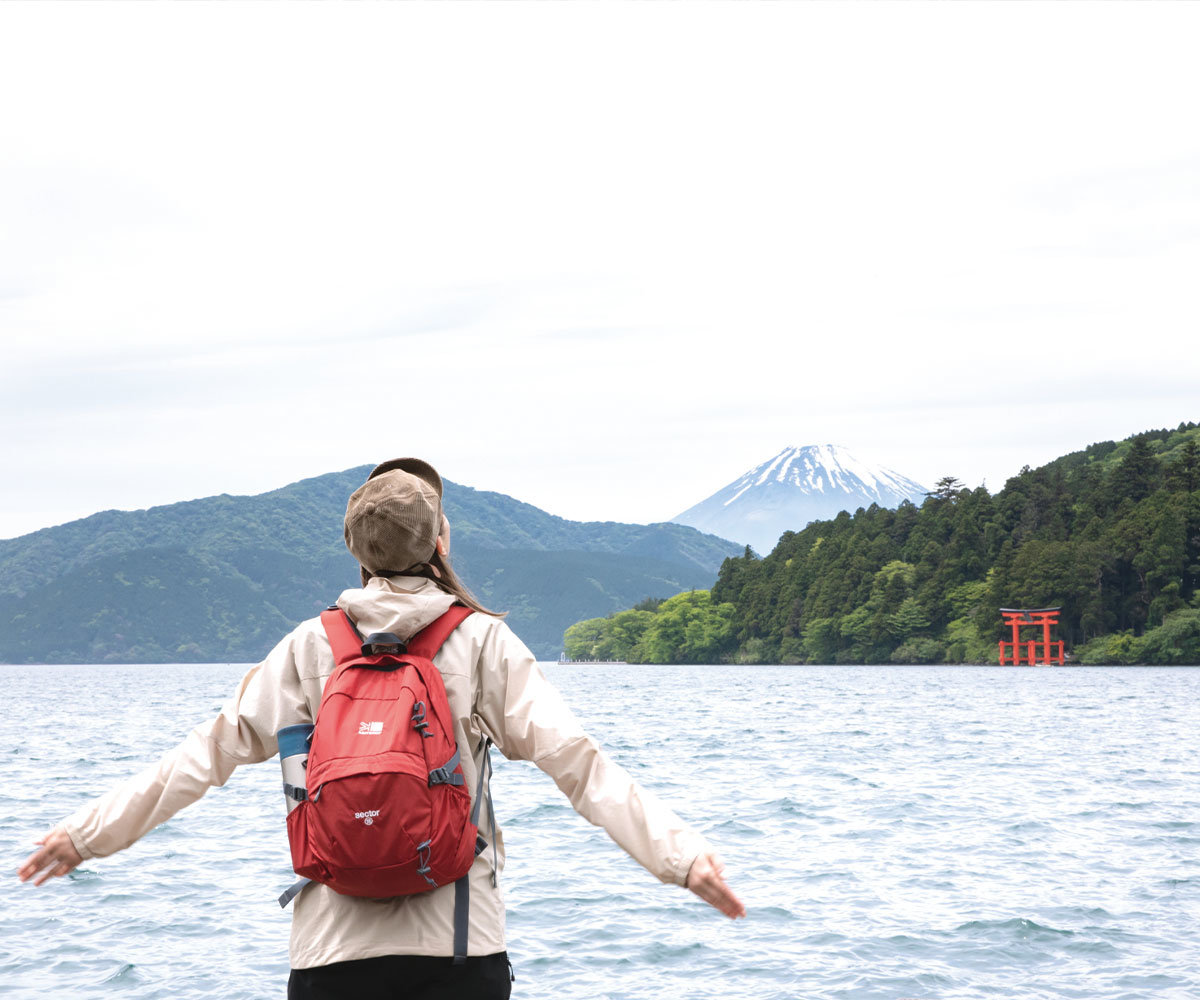
Course Information
Access
Take the Romancecar from Shinjuku Station to Hakone-Yumoto Station (80minutes).
From Hakone-Yumoto Station, take Hakone Tozan Bus bound for Moto Hakone Ko to Sukumo-gawa (approx. 5 minutes).






